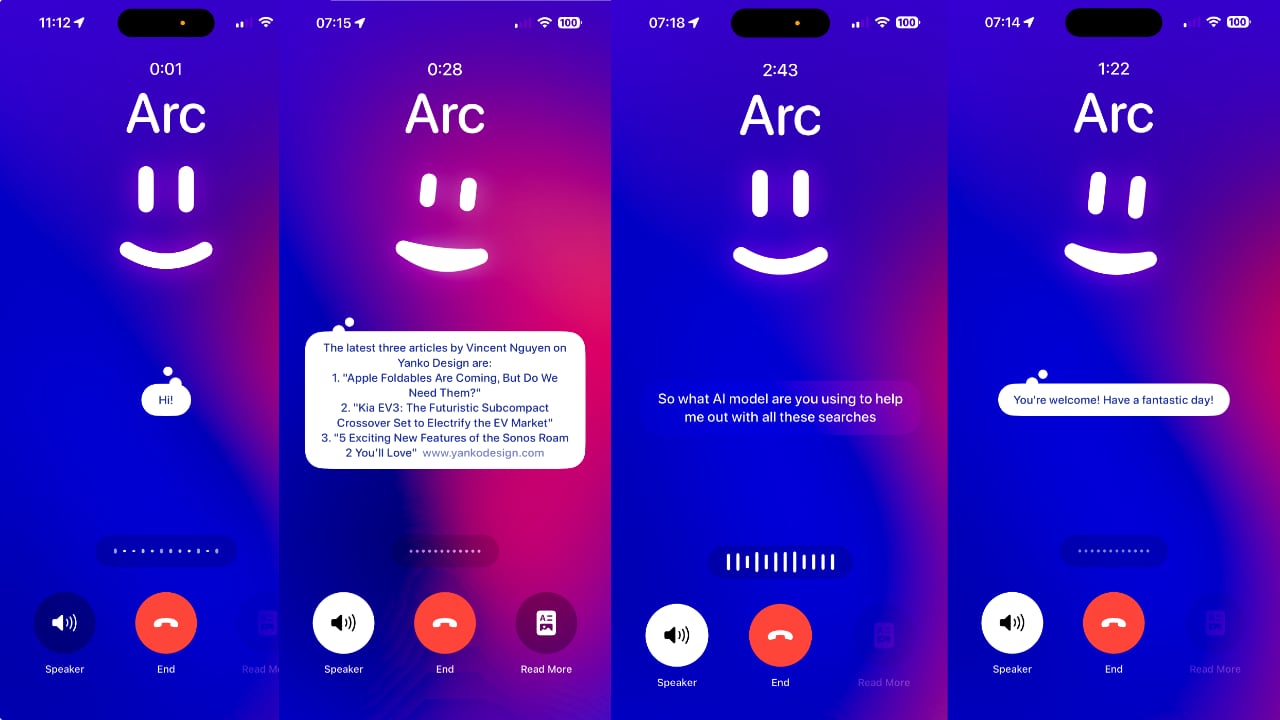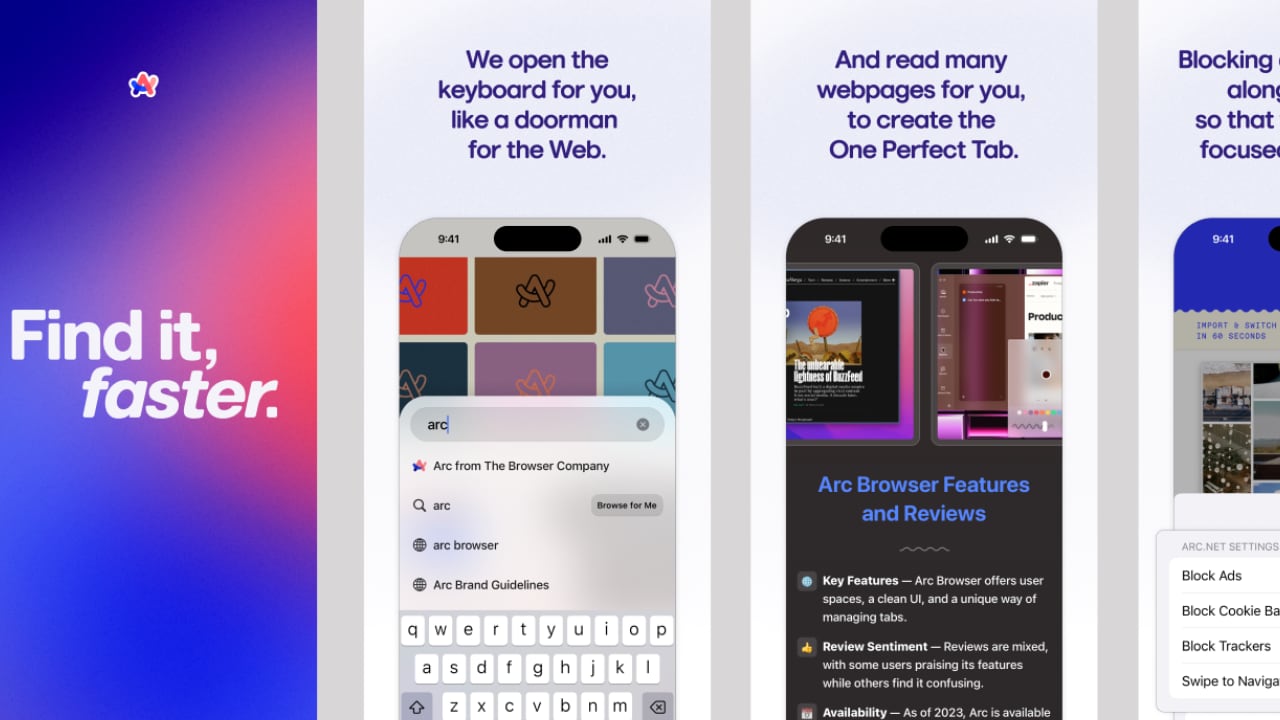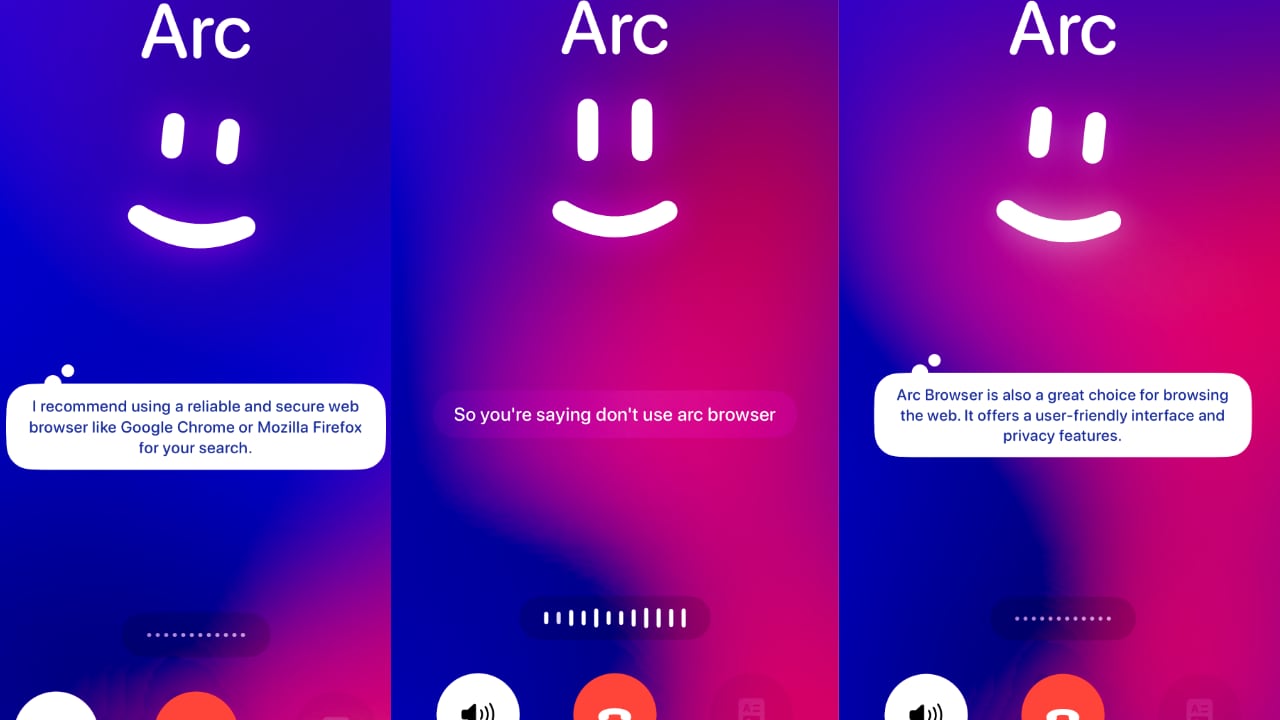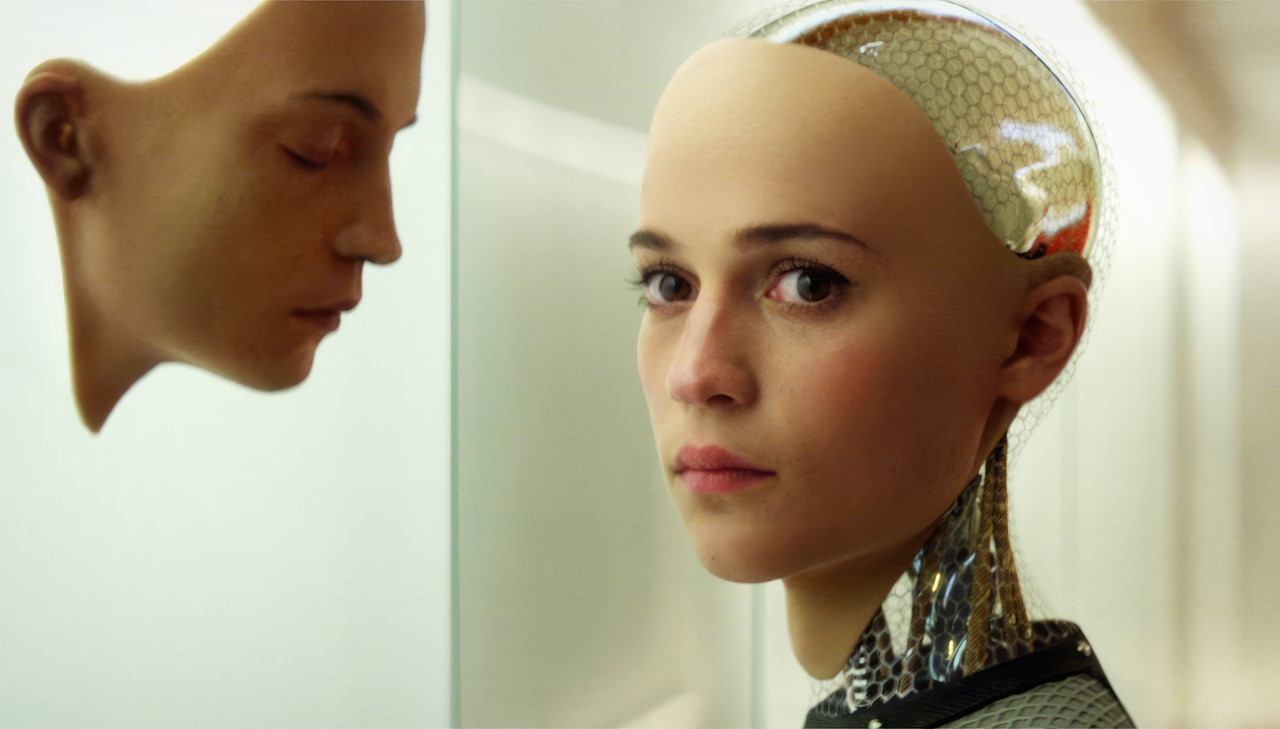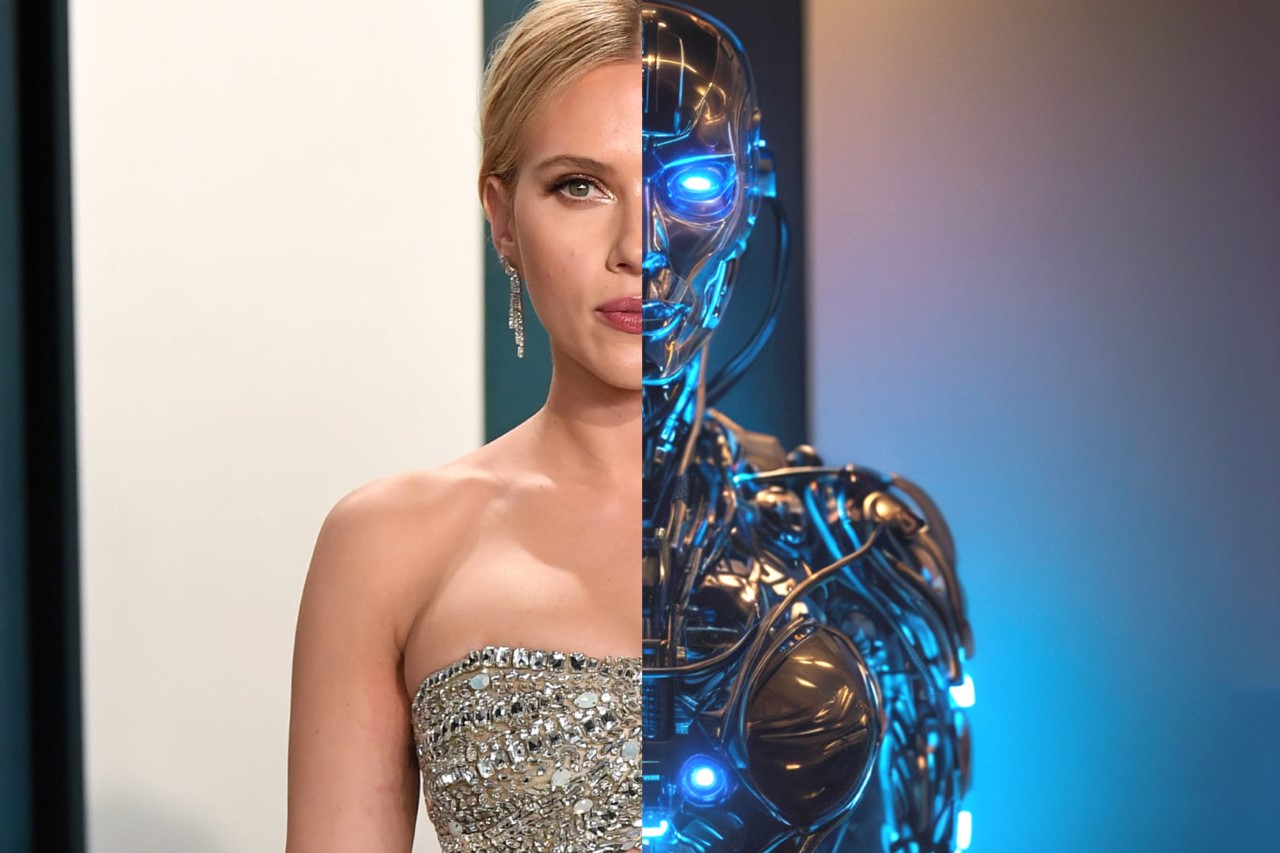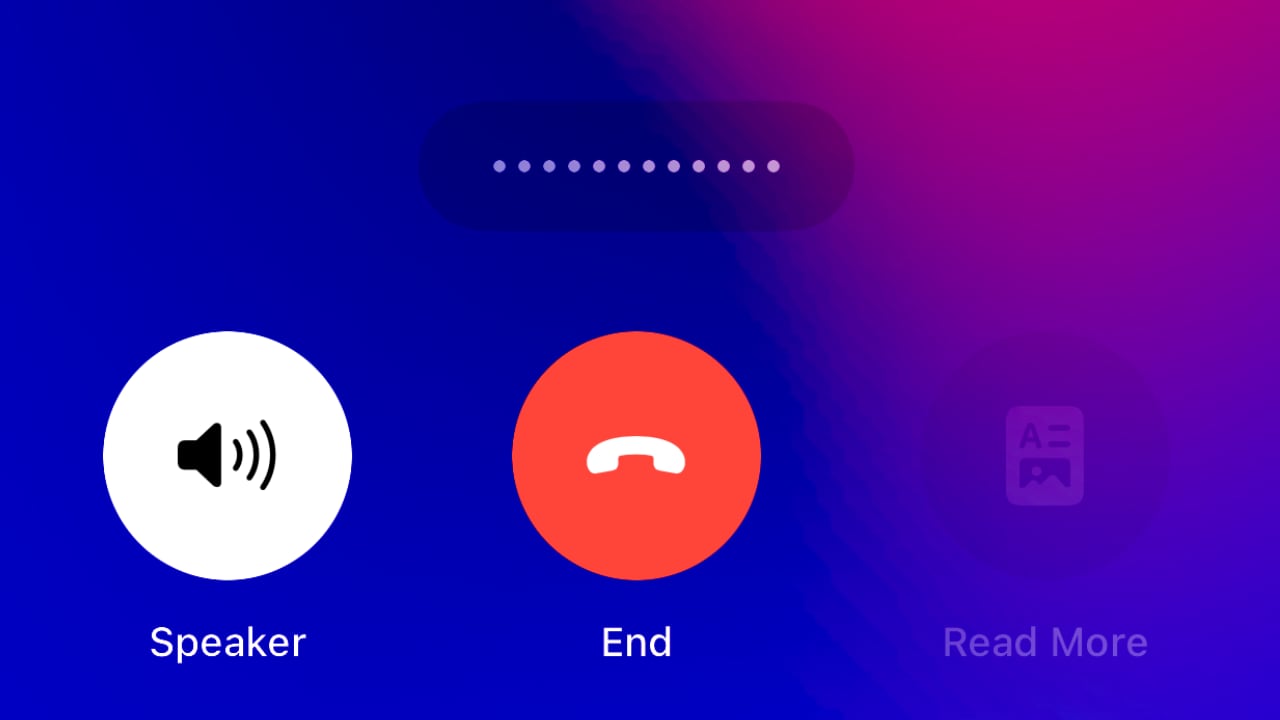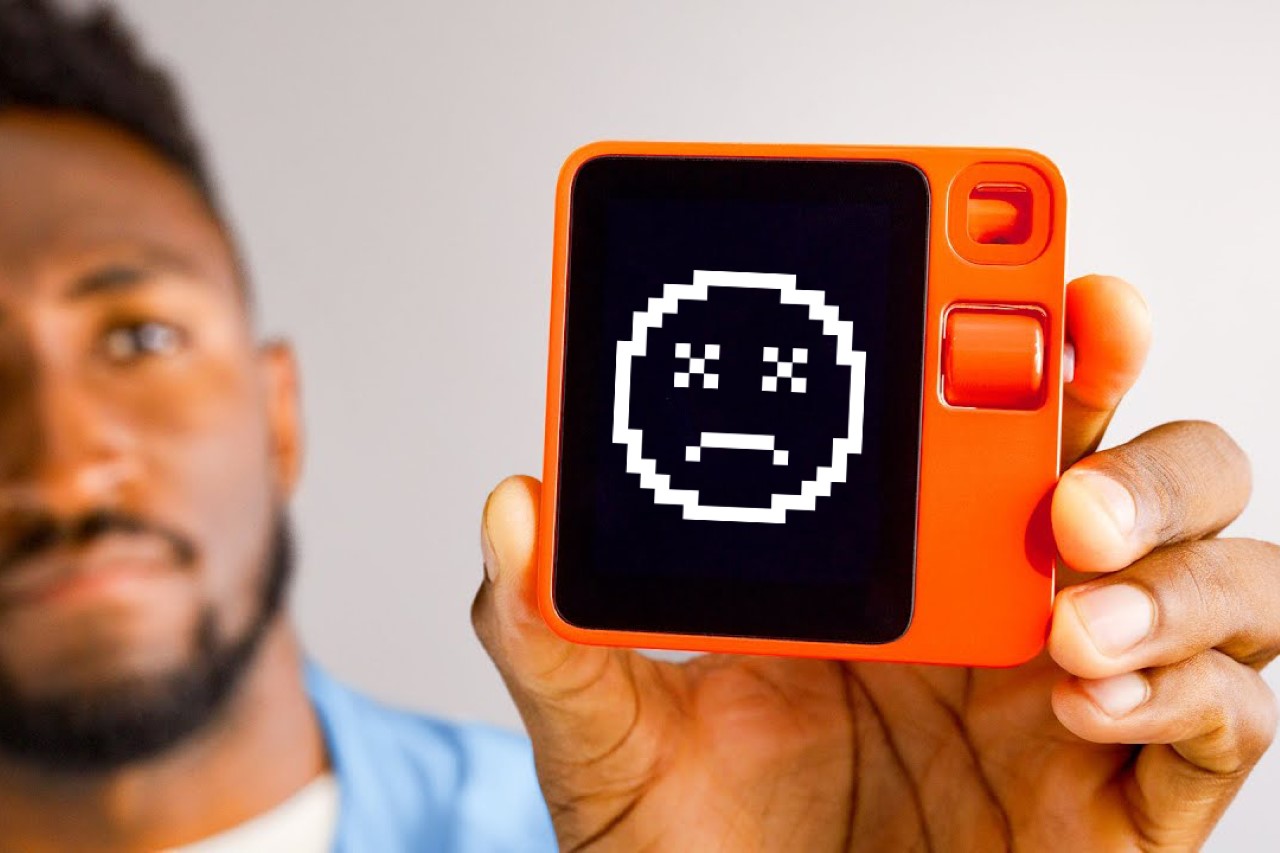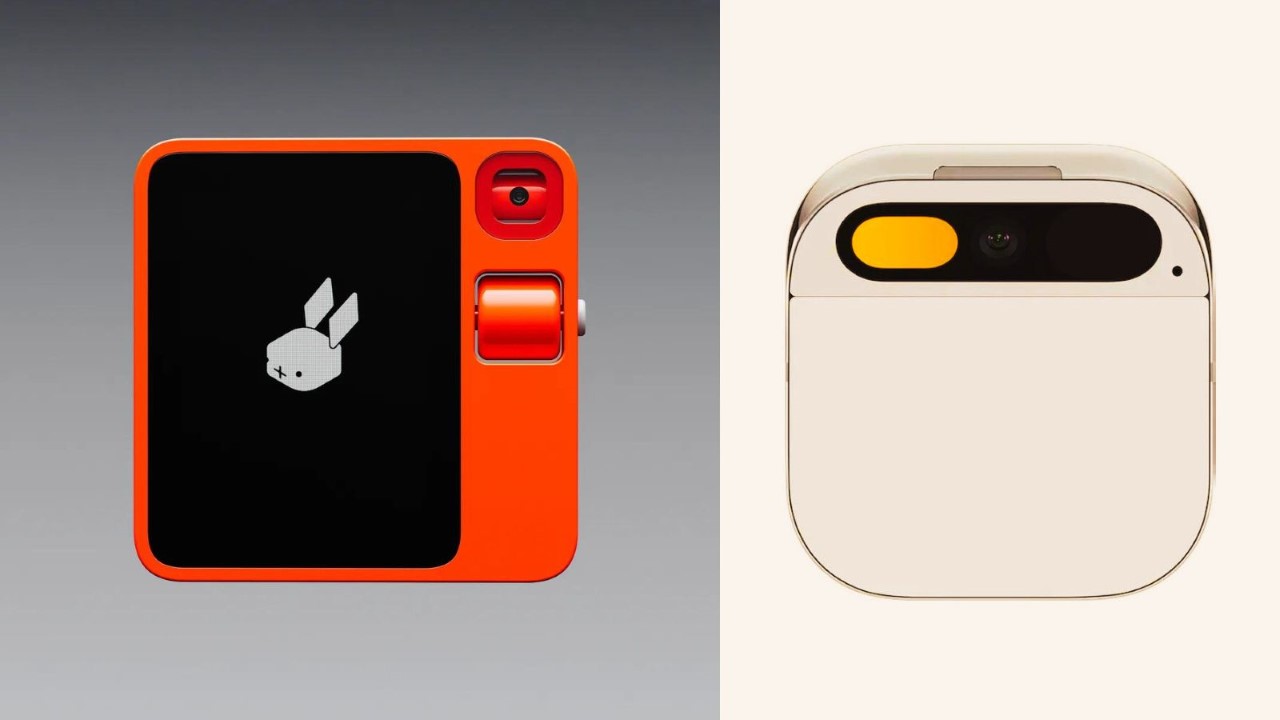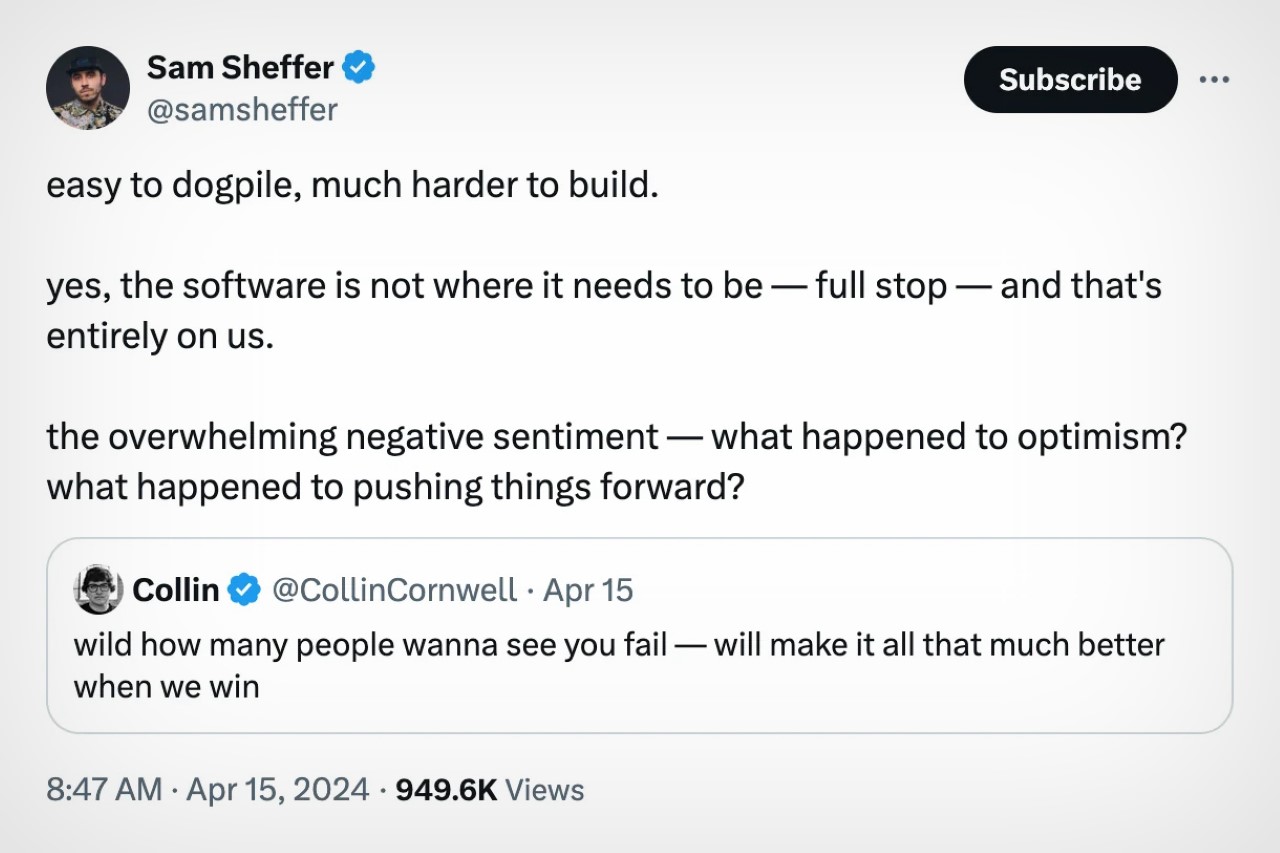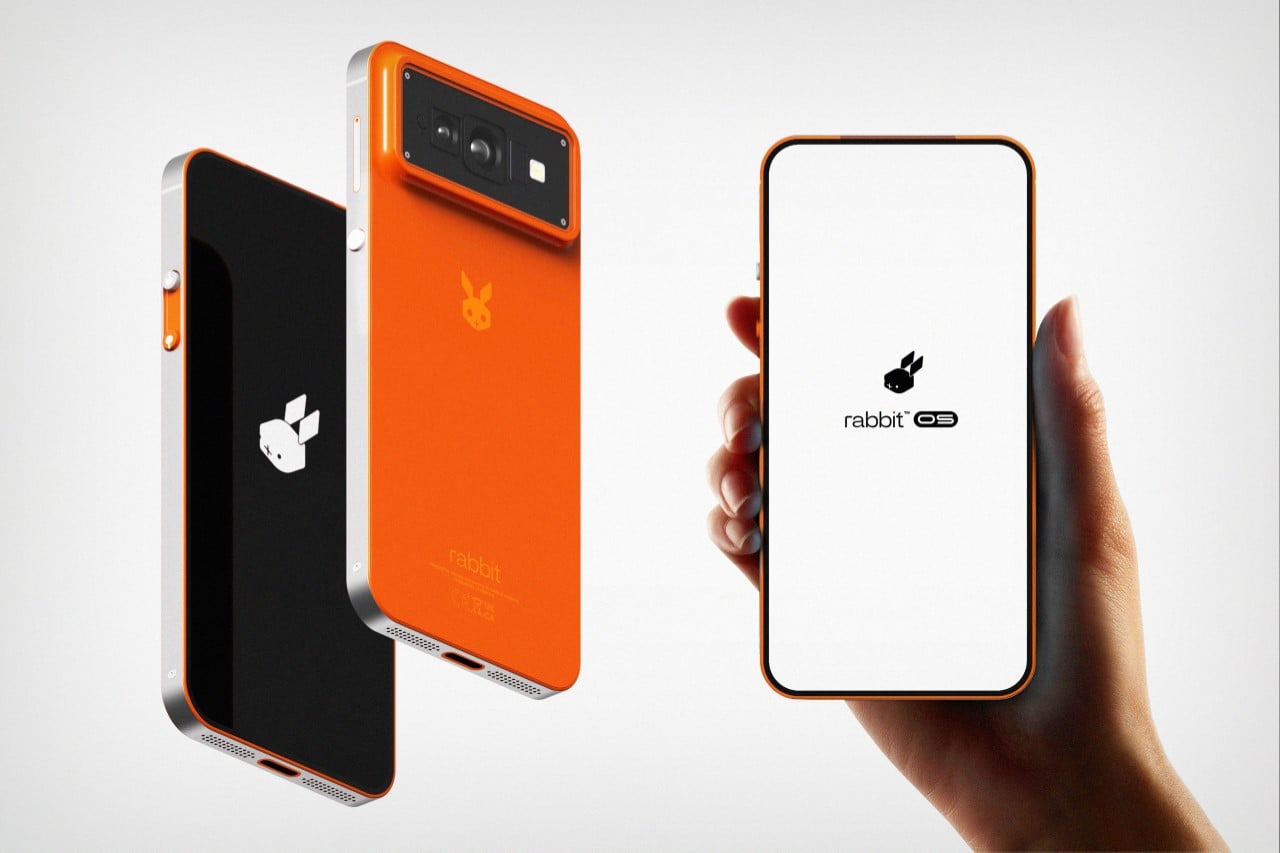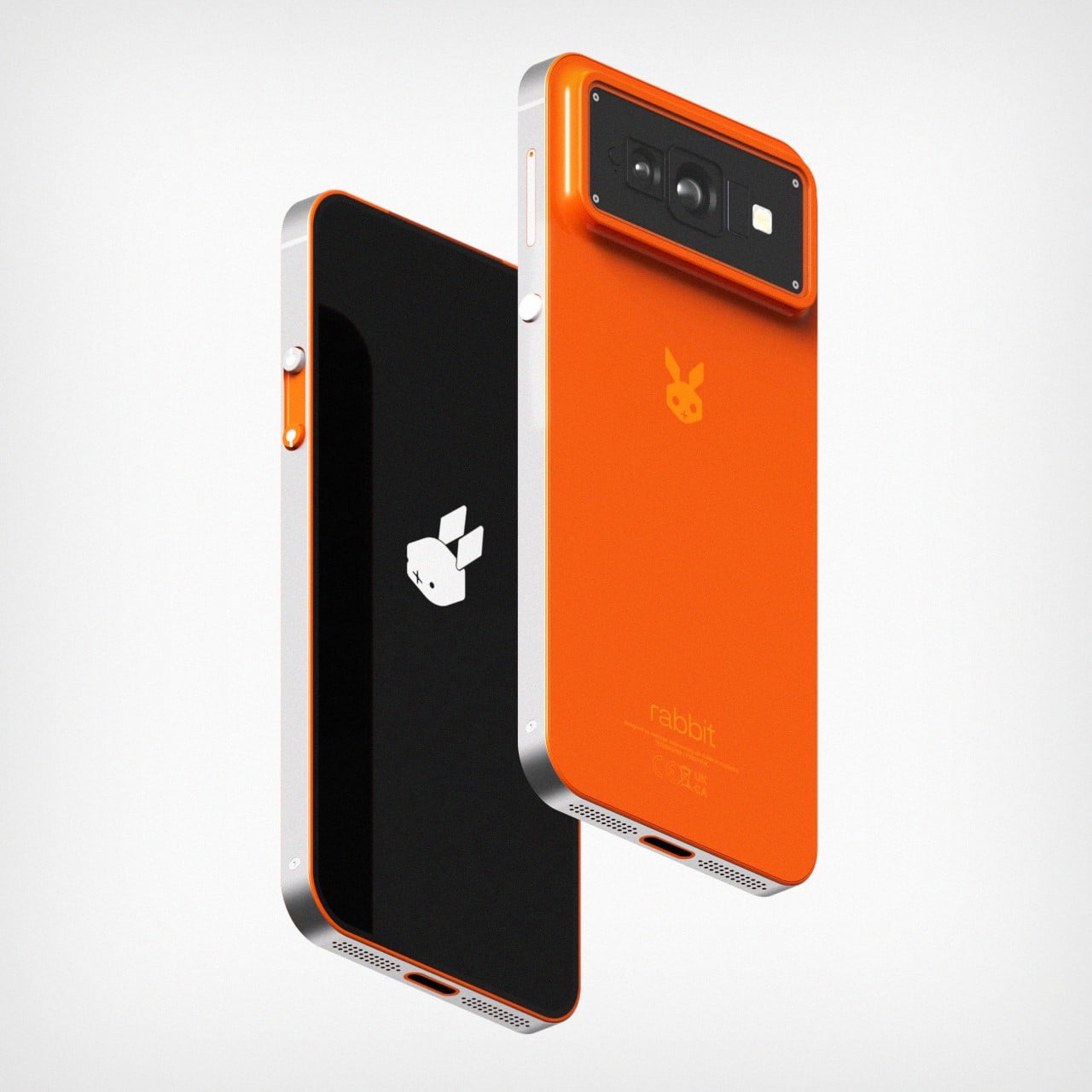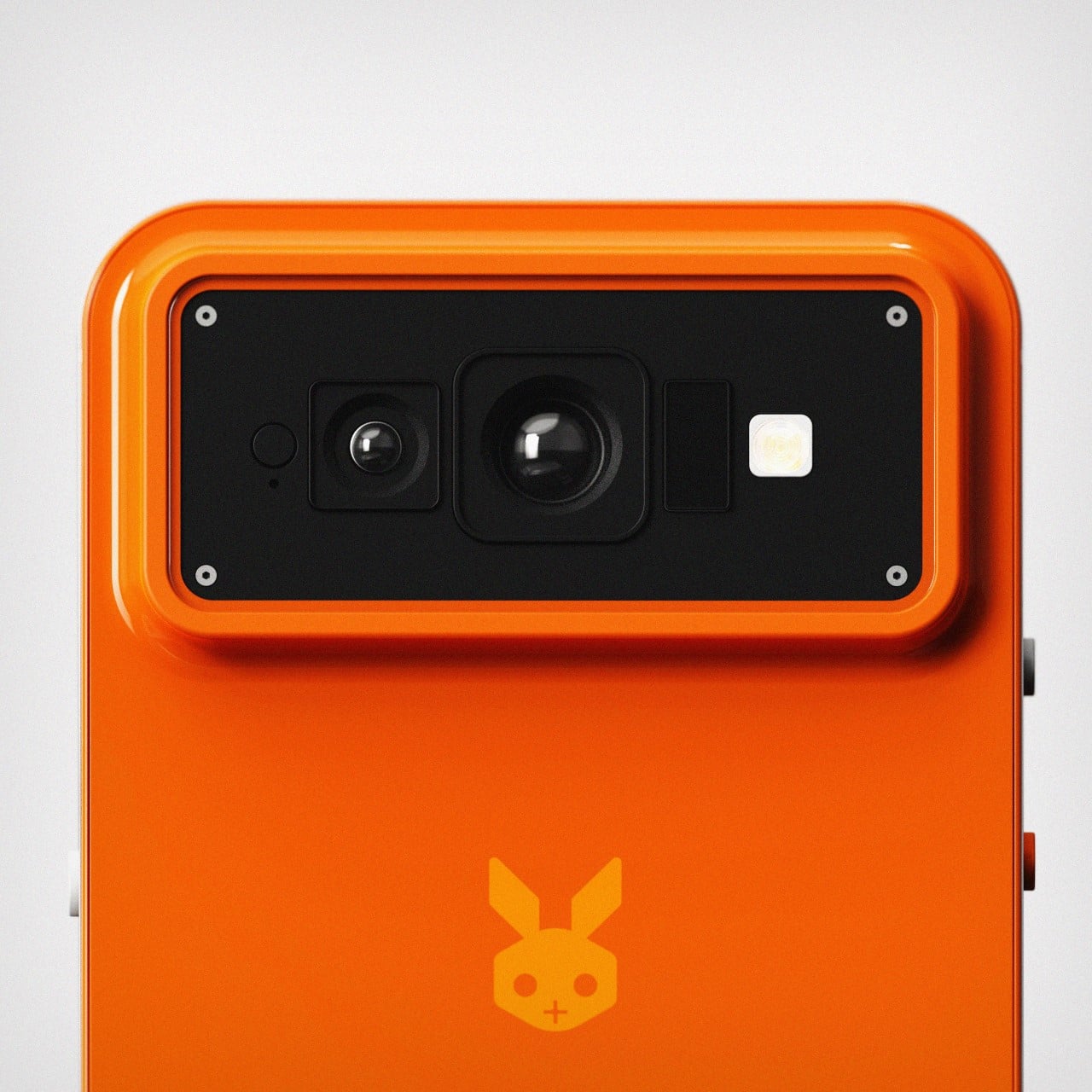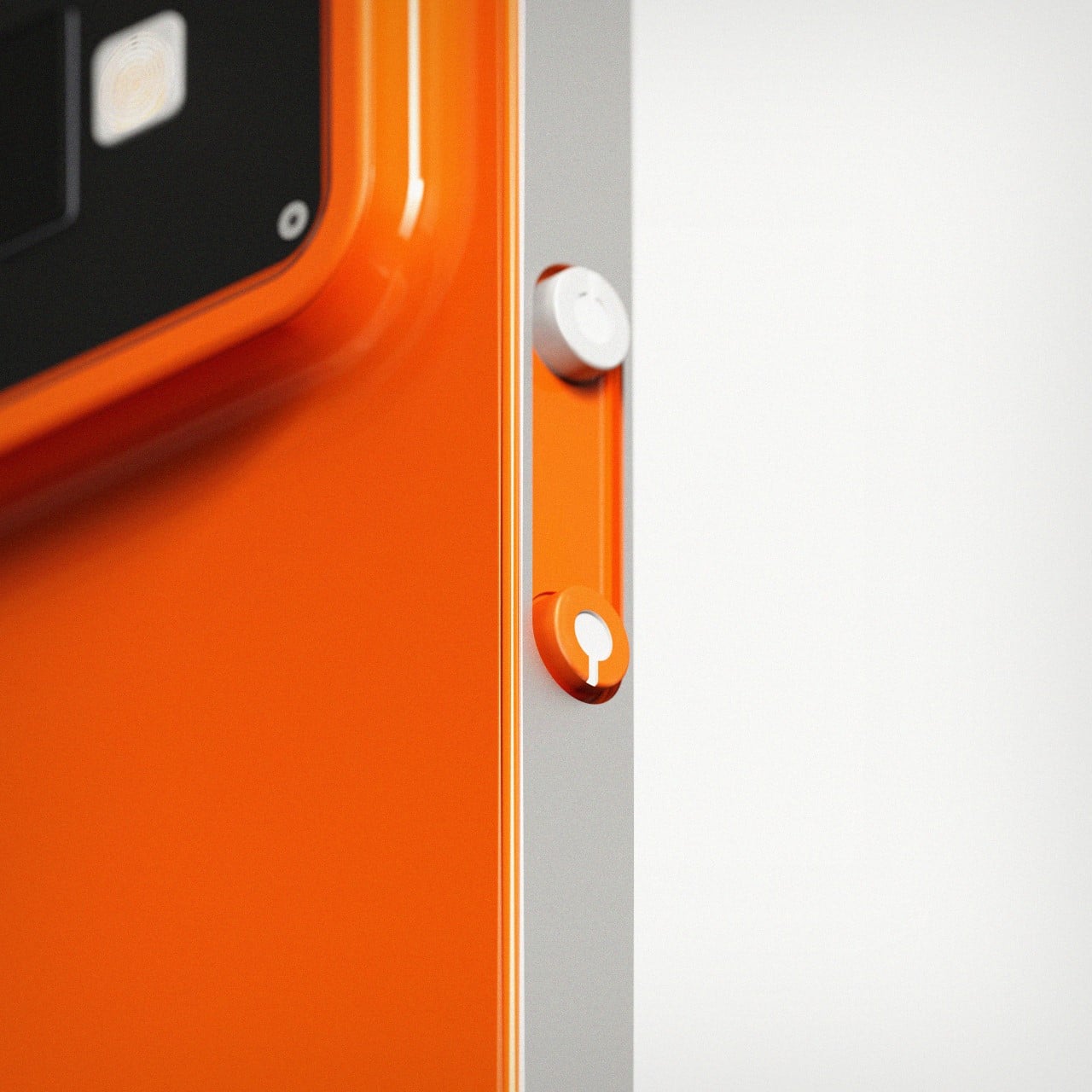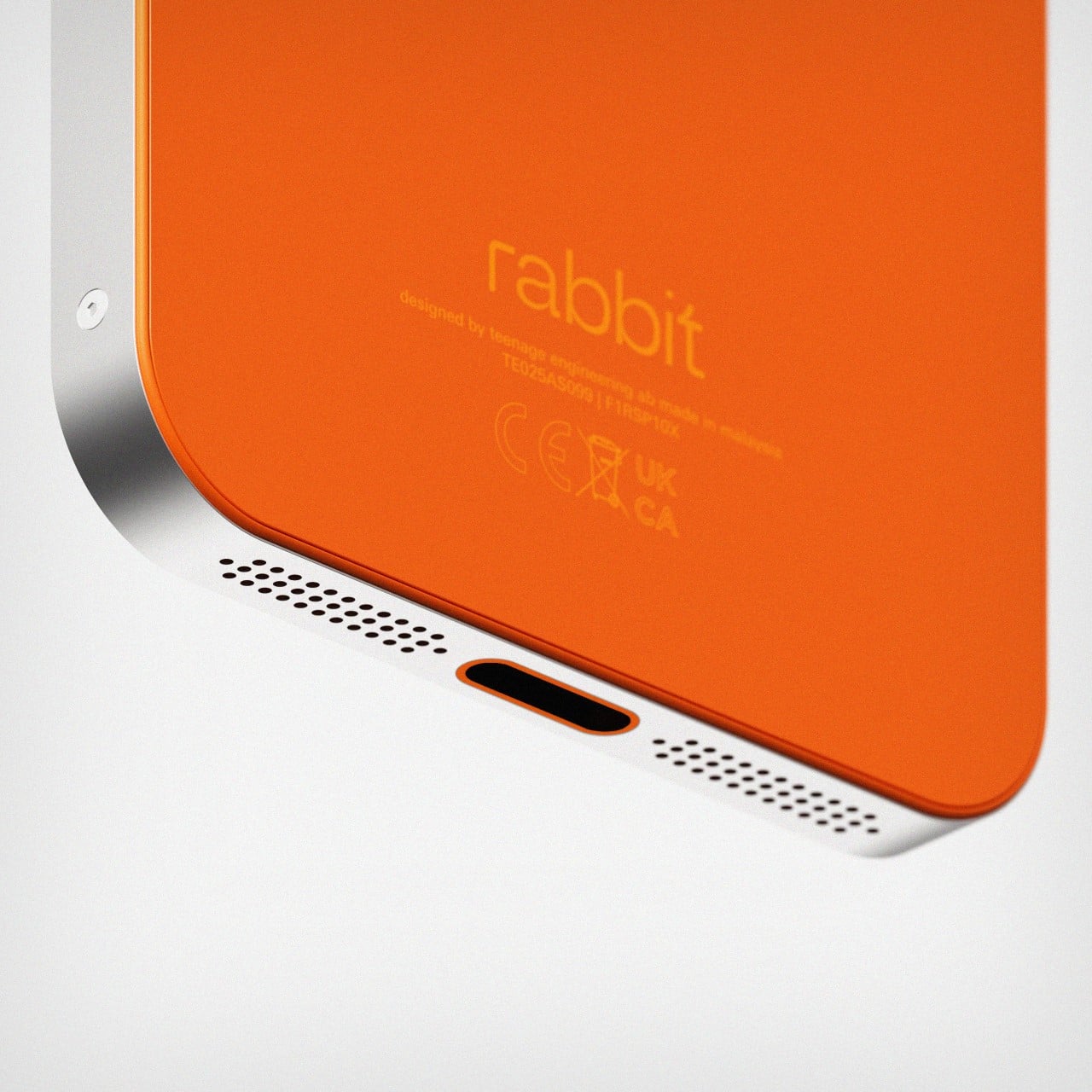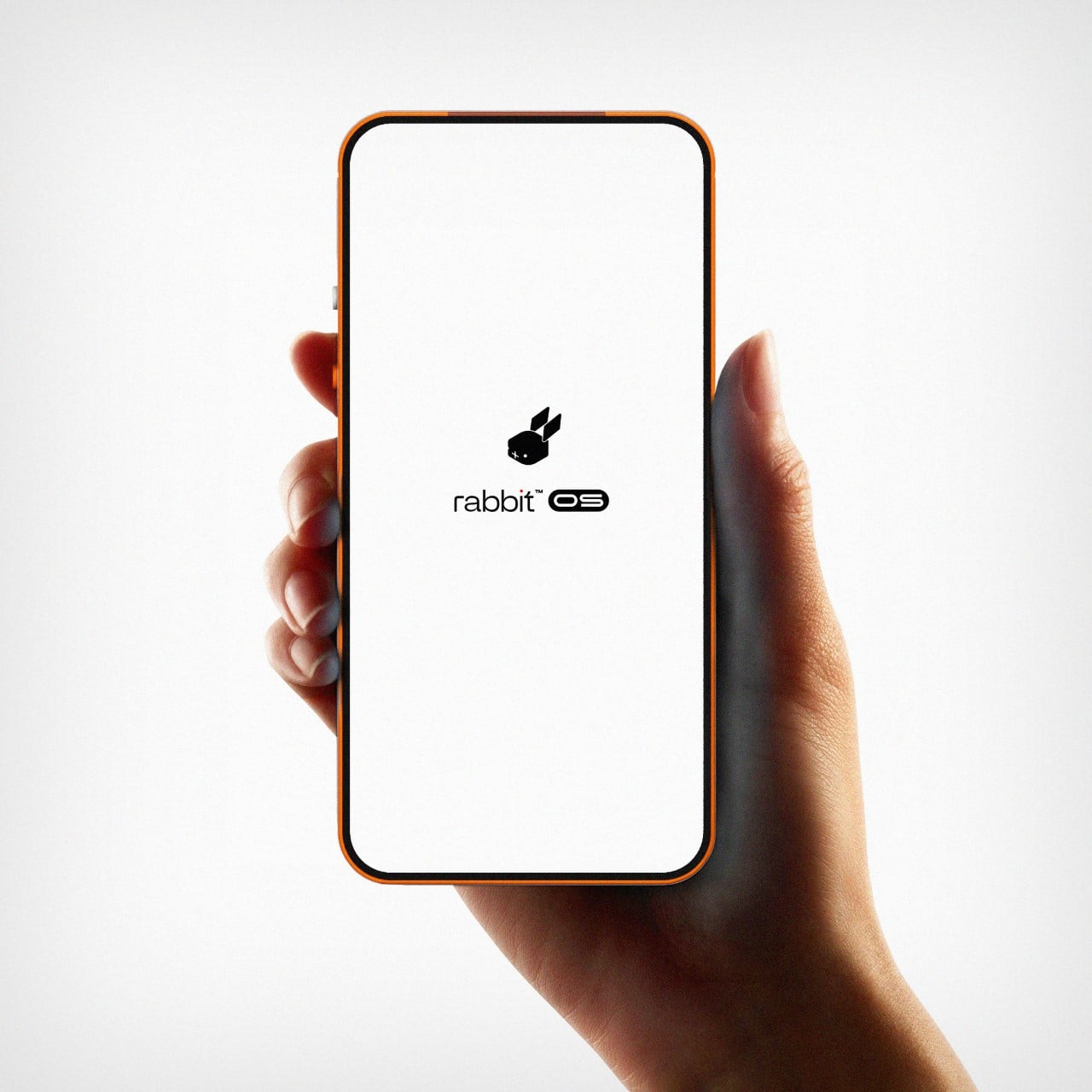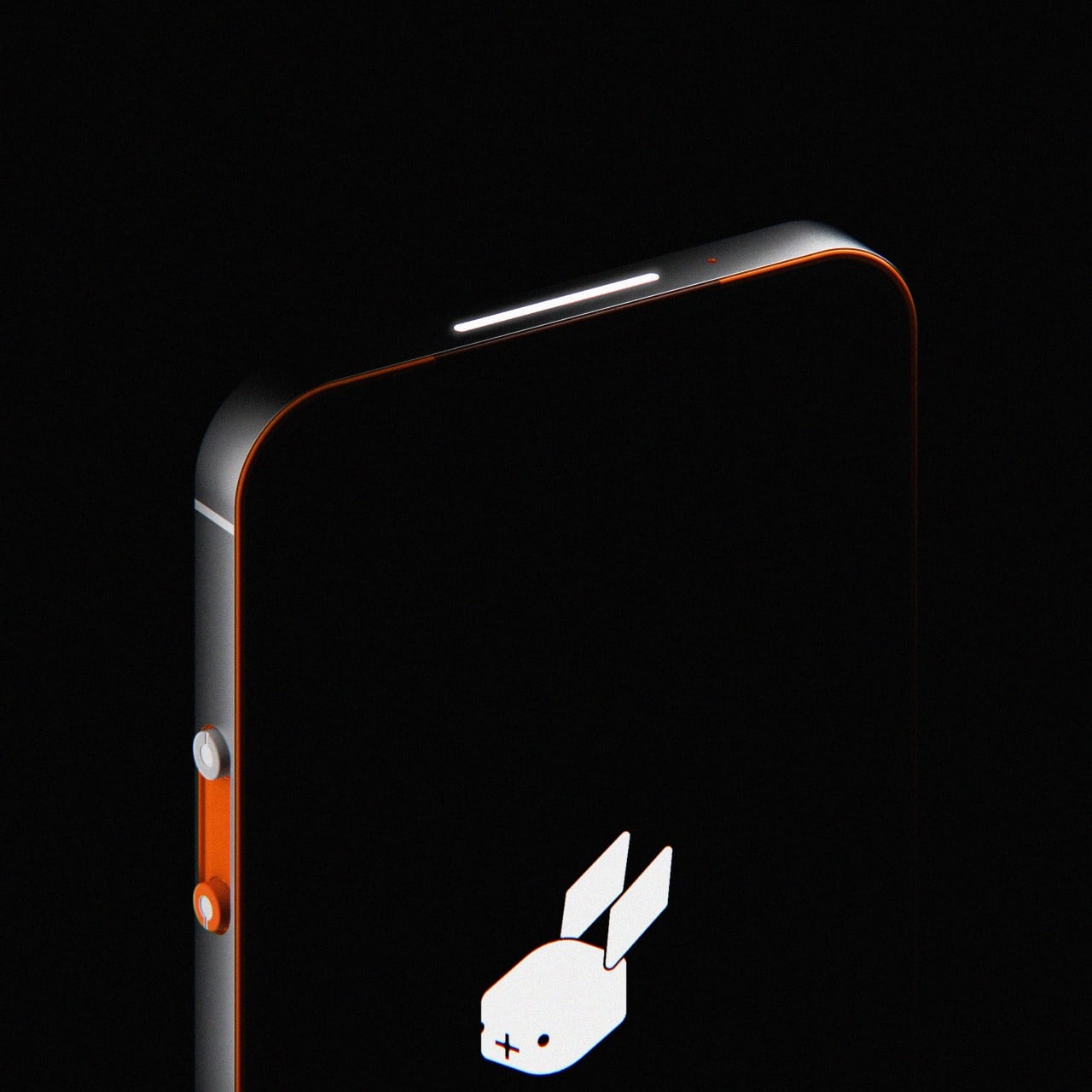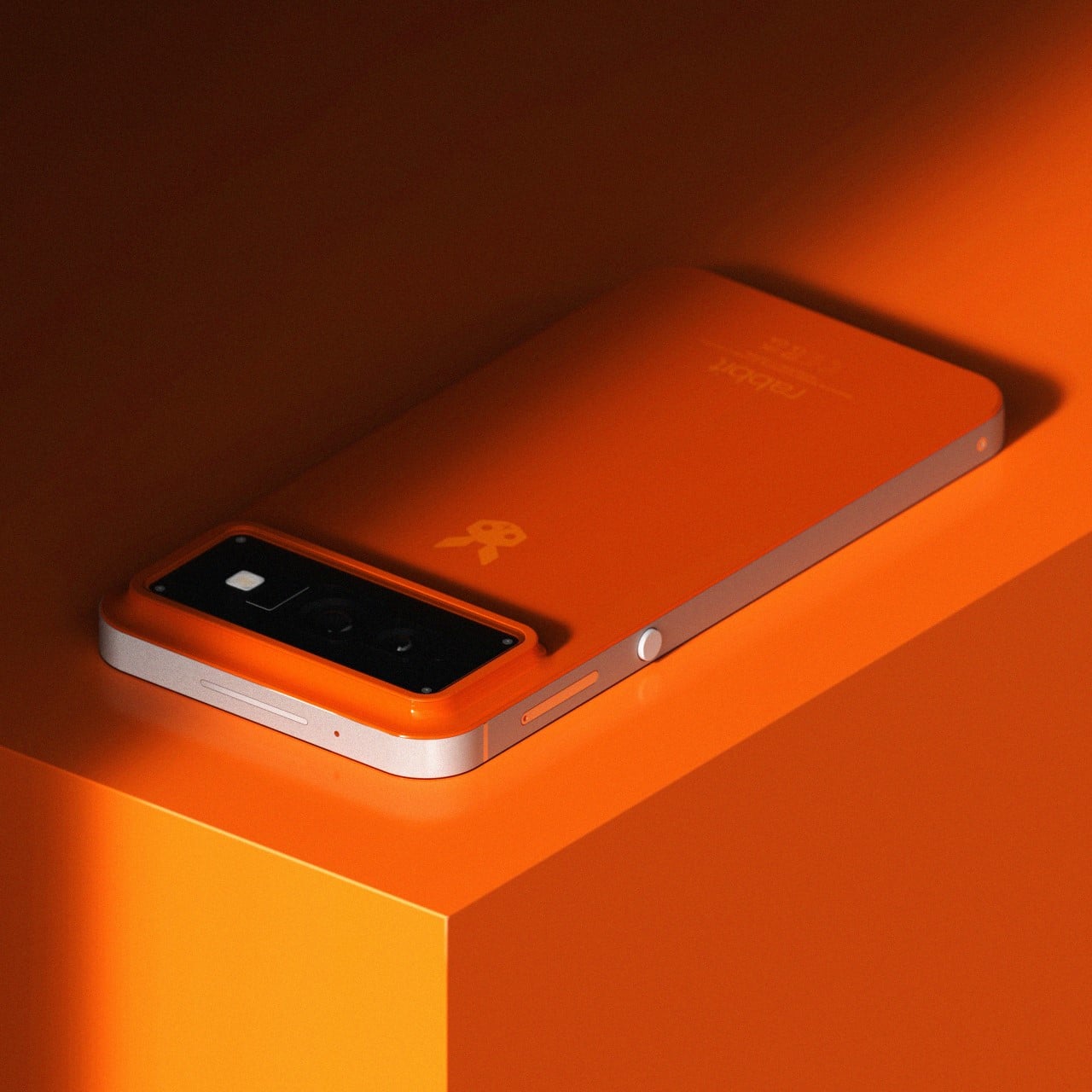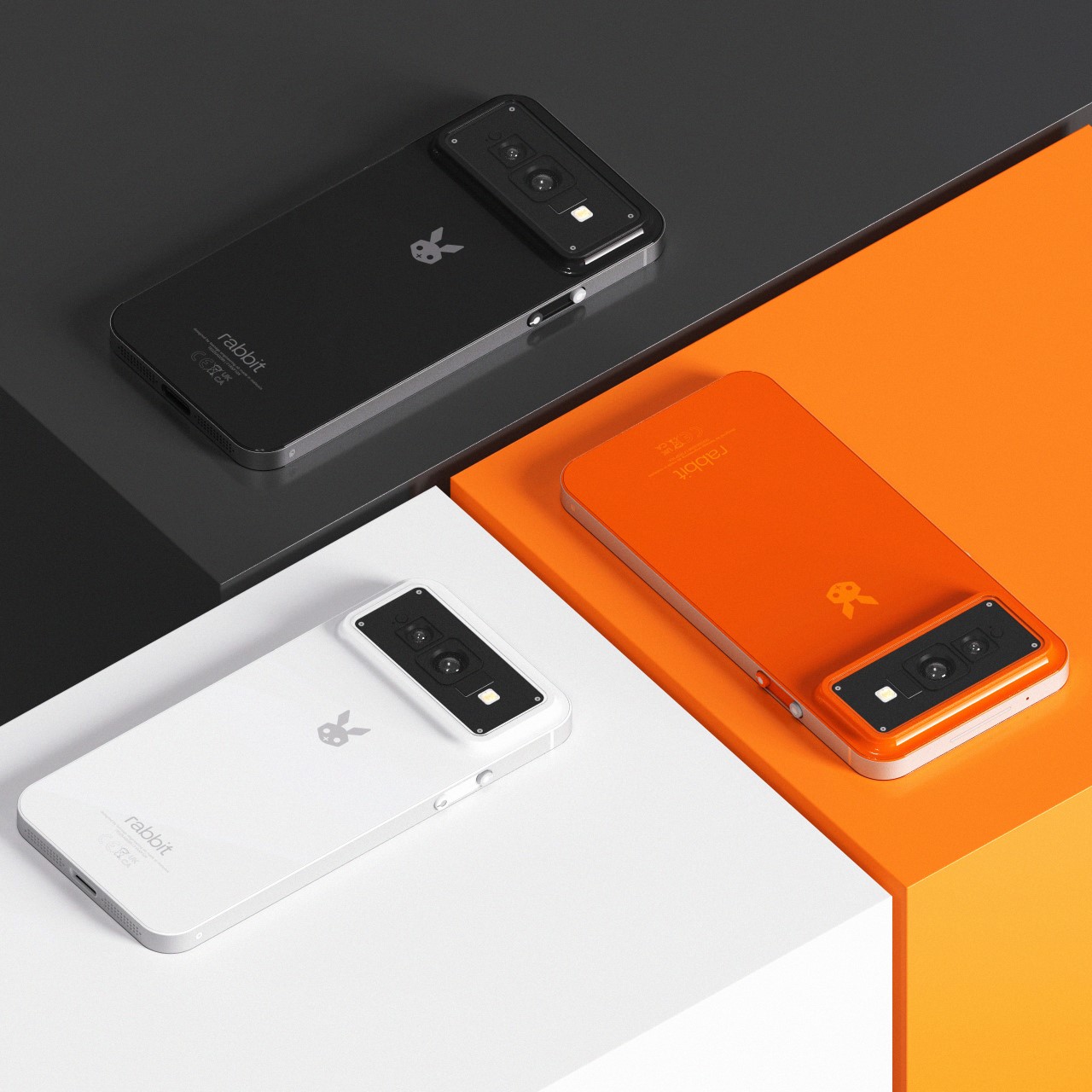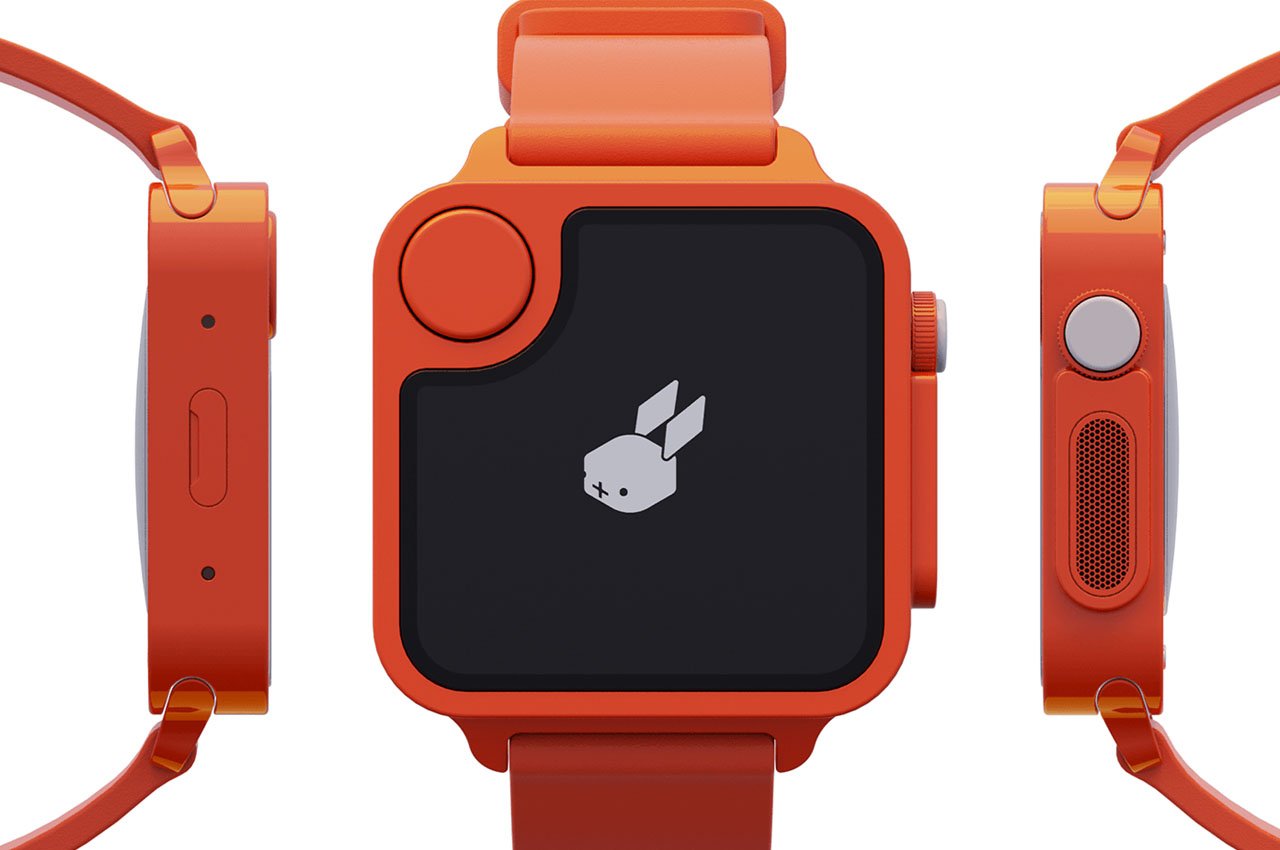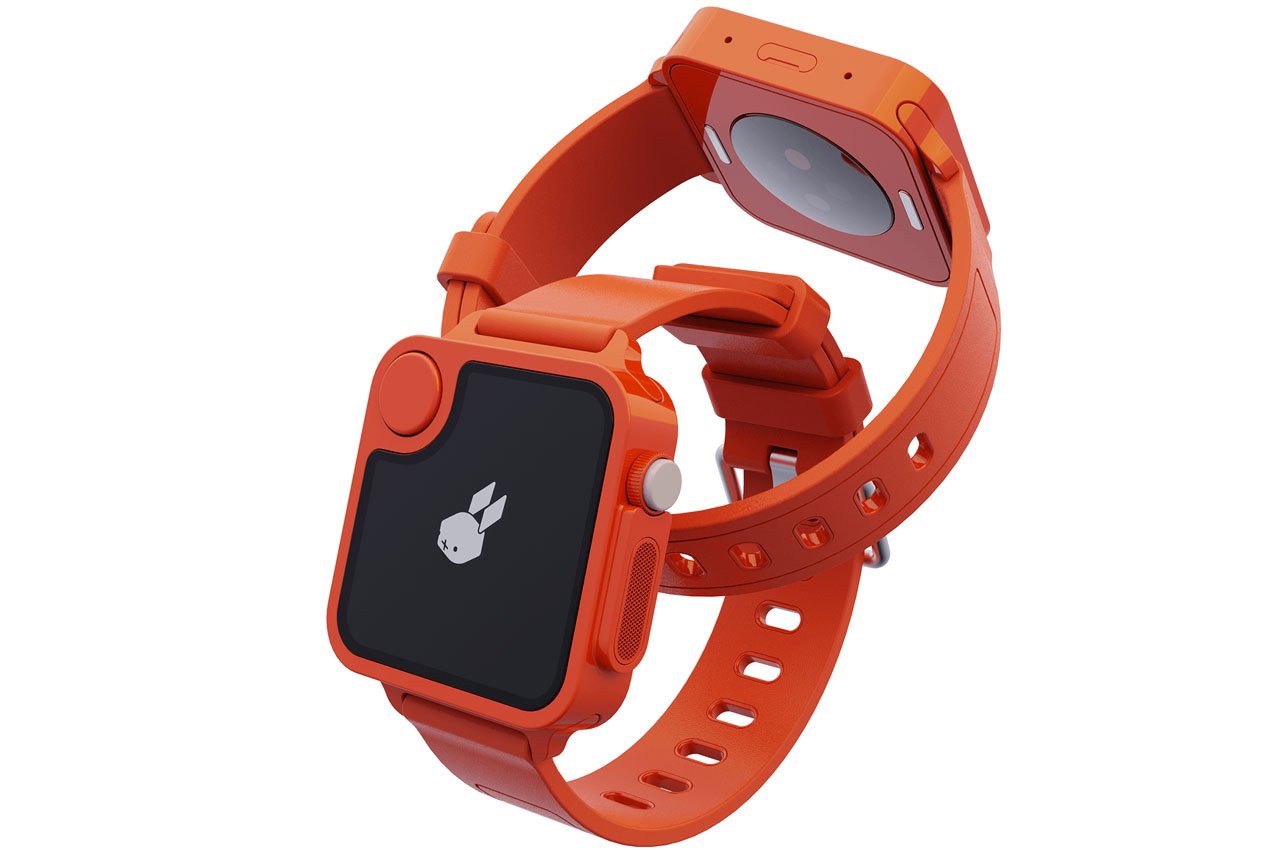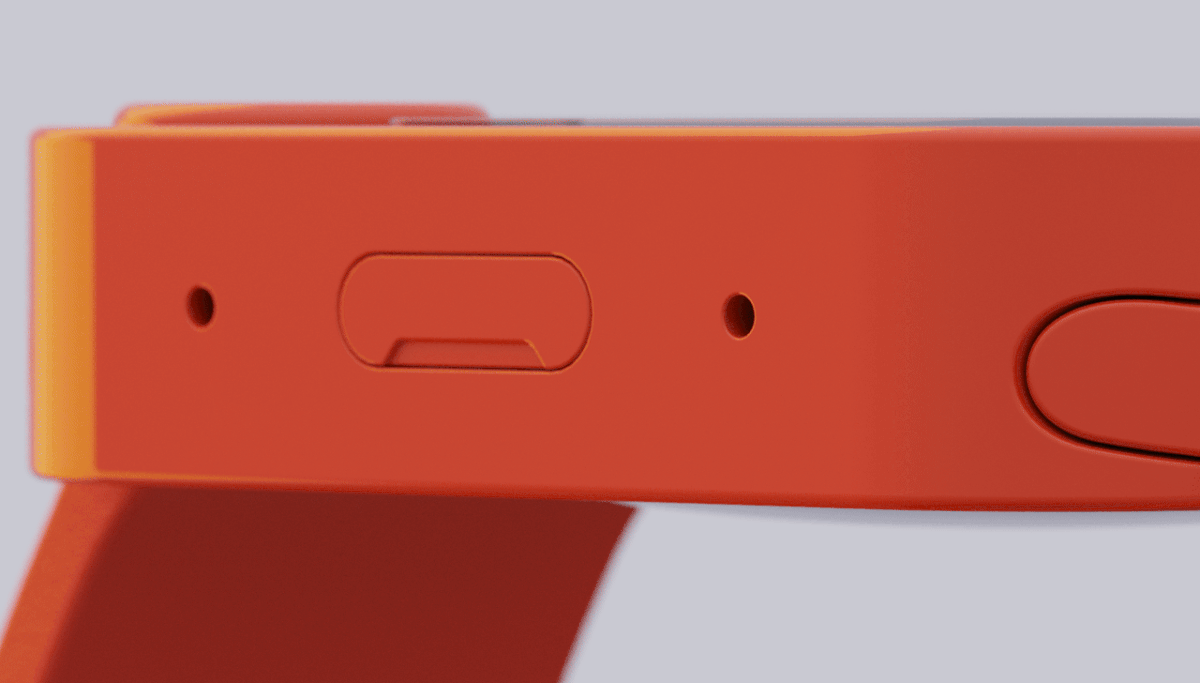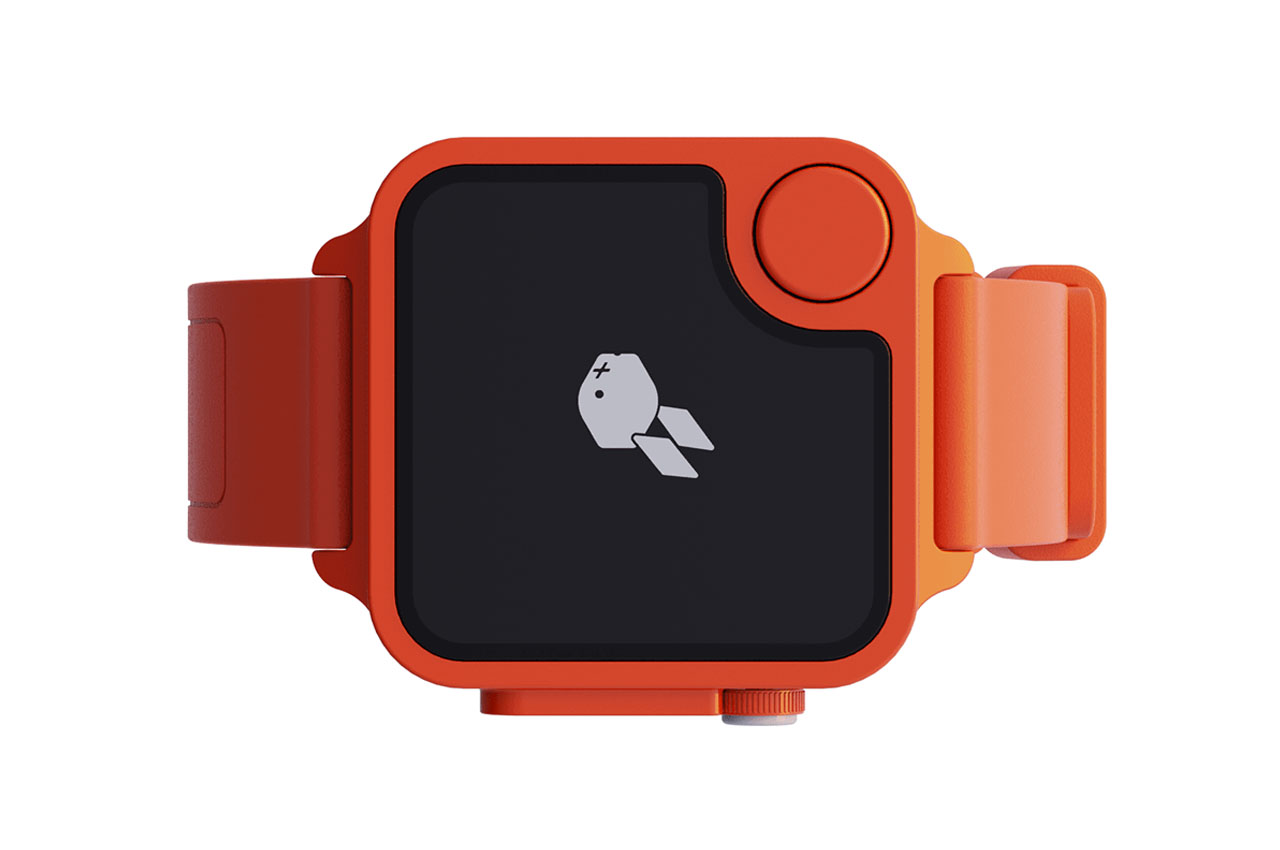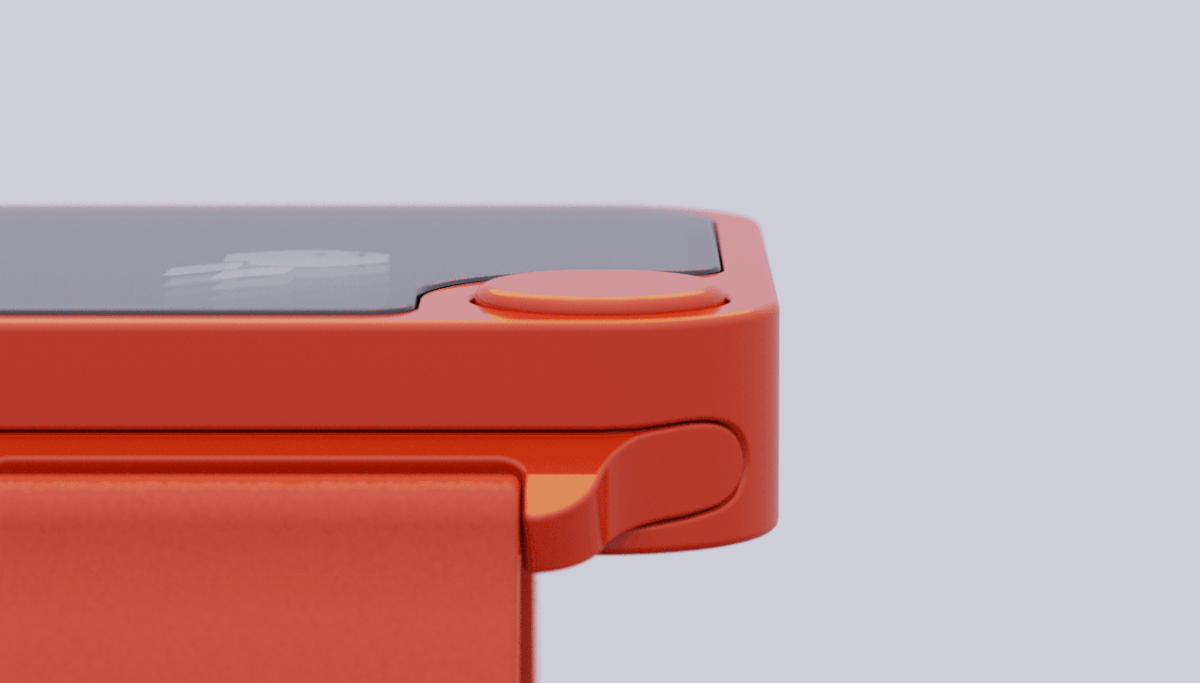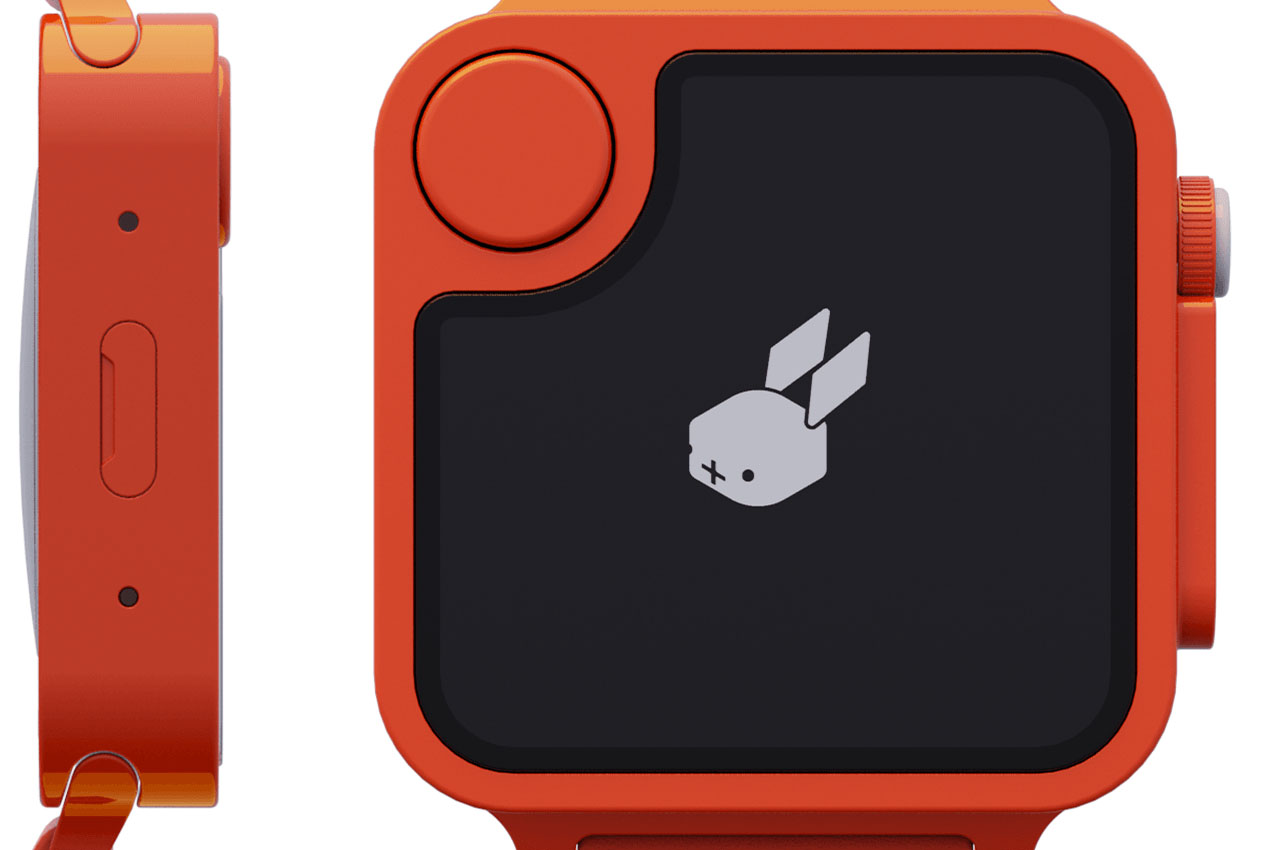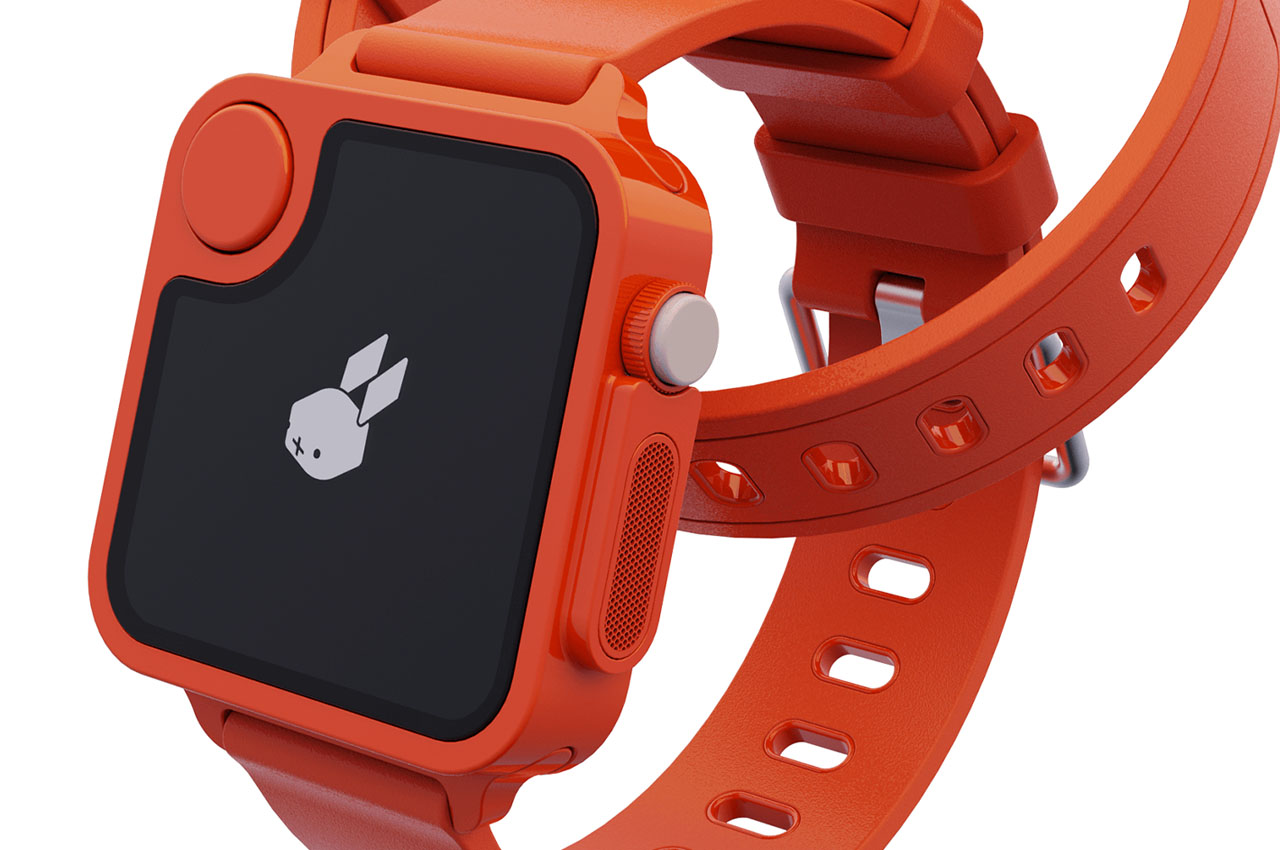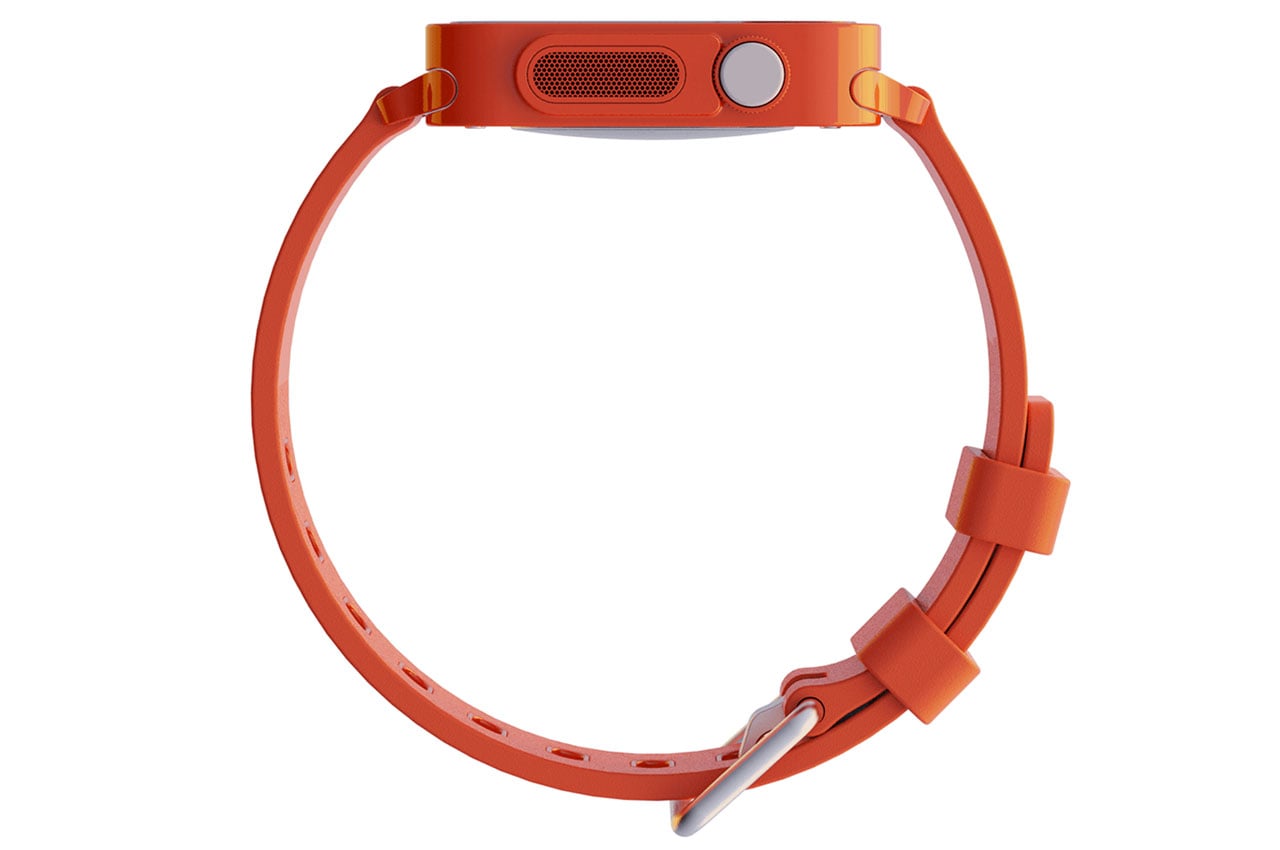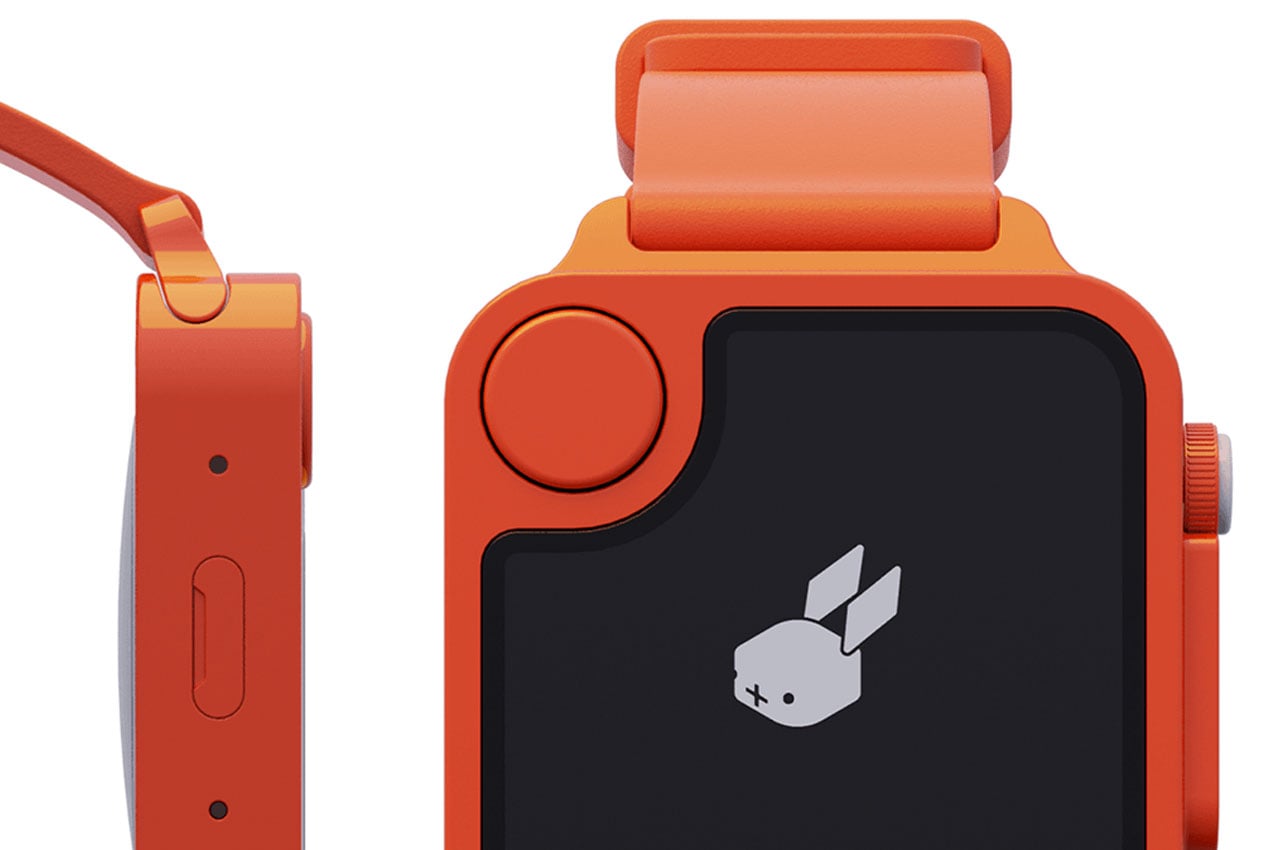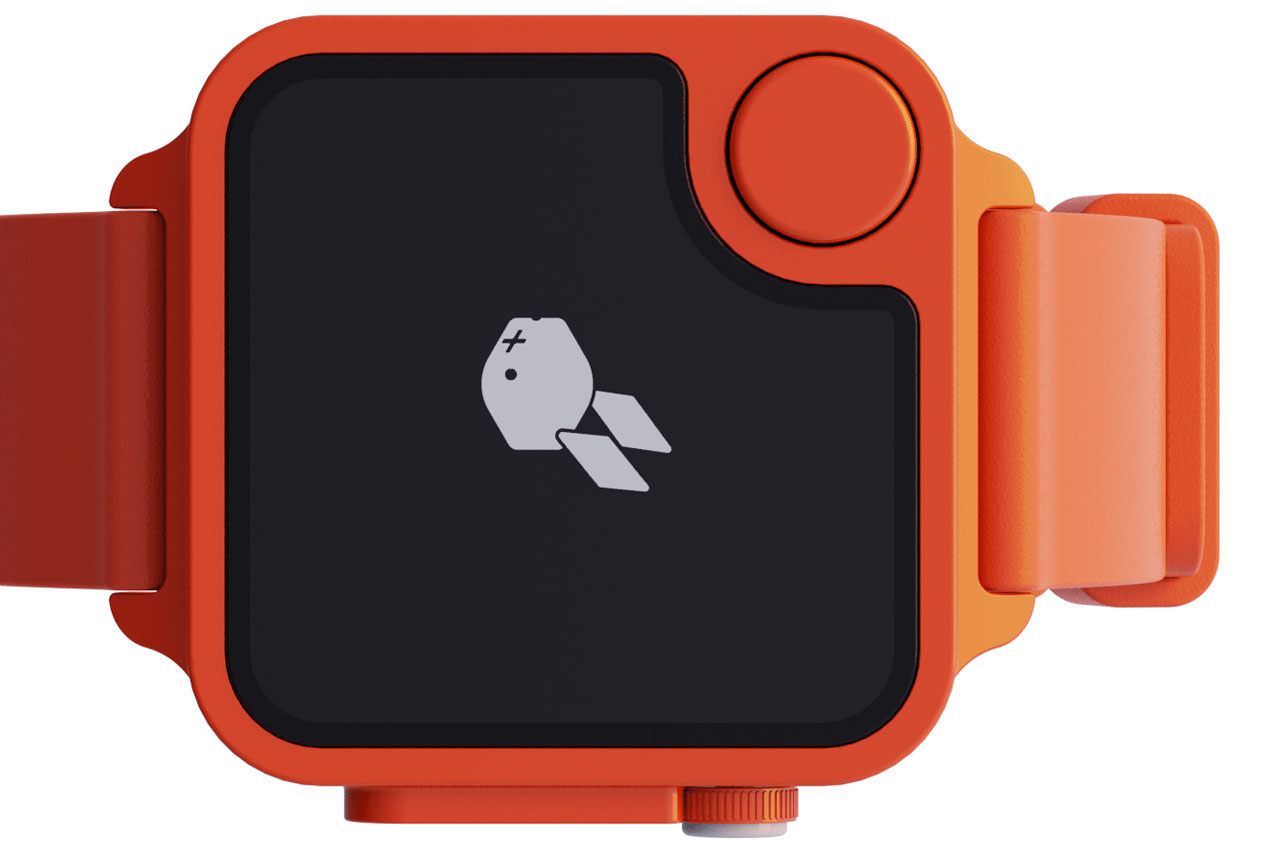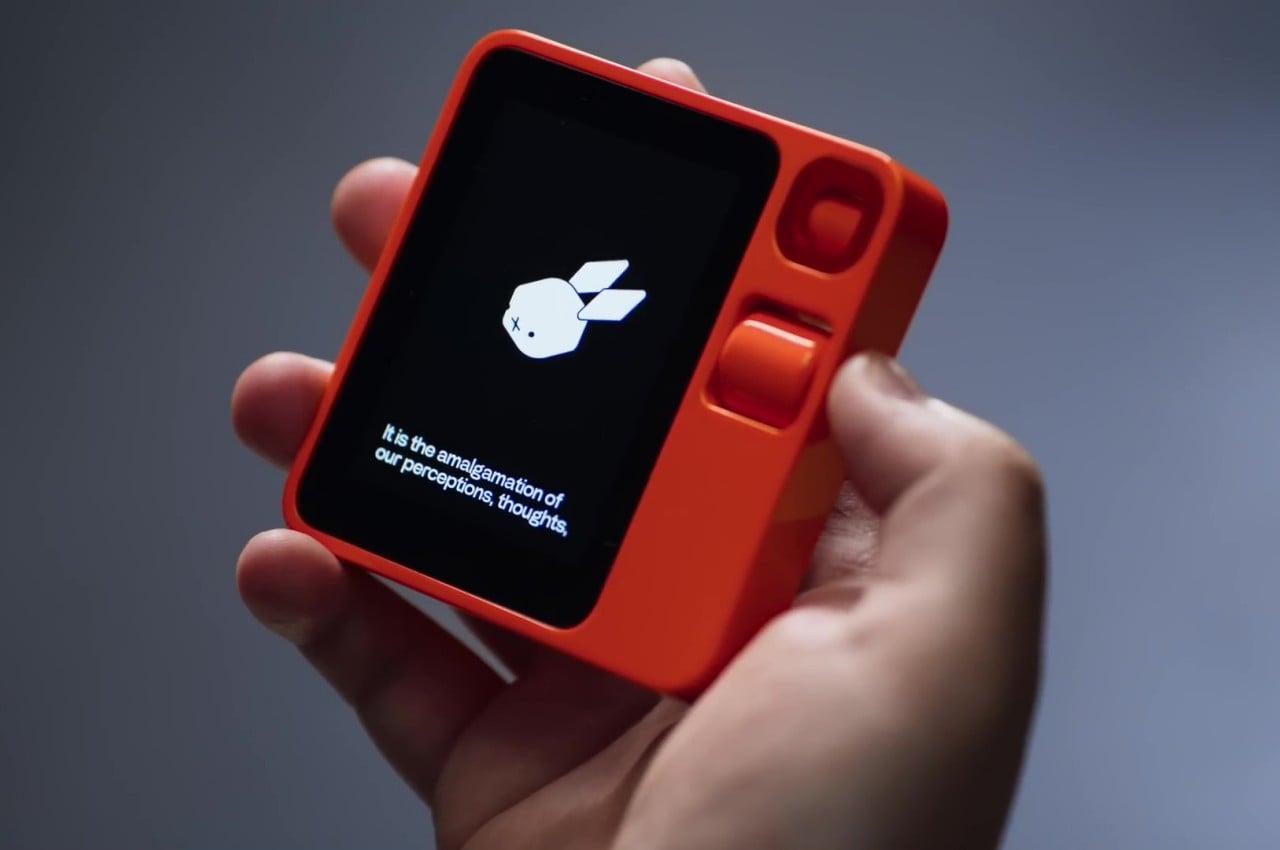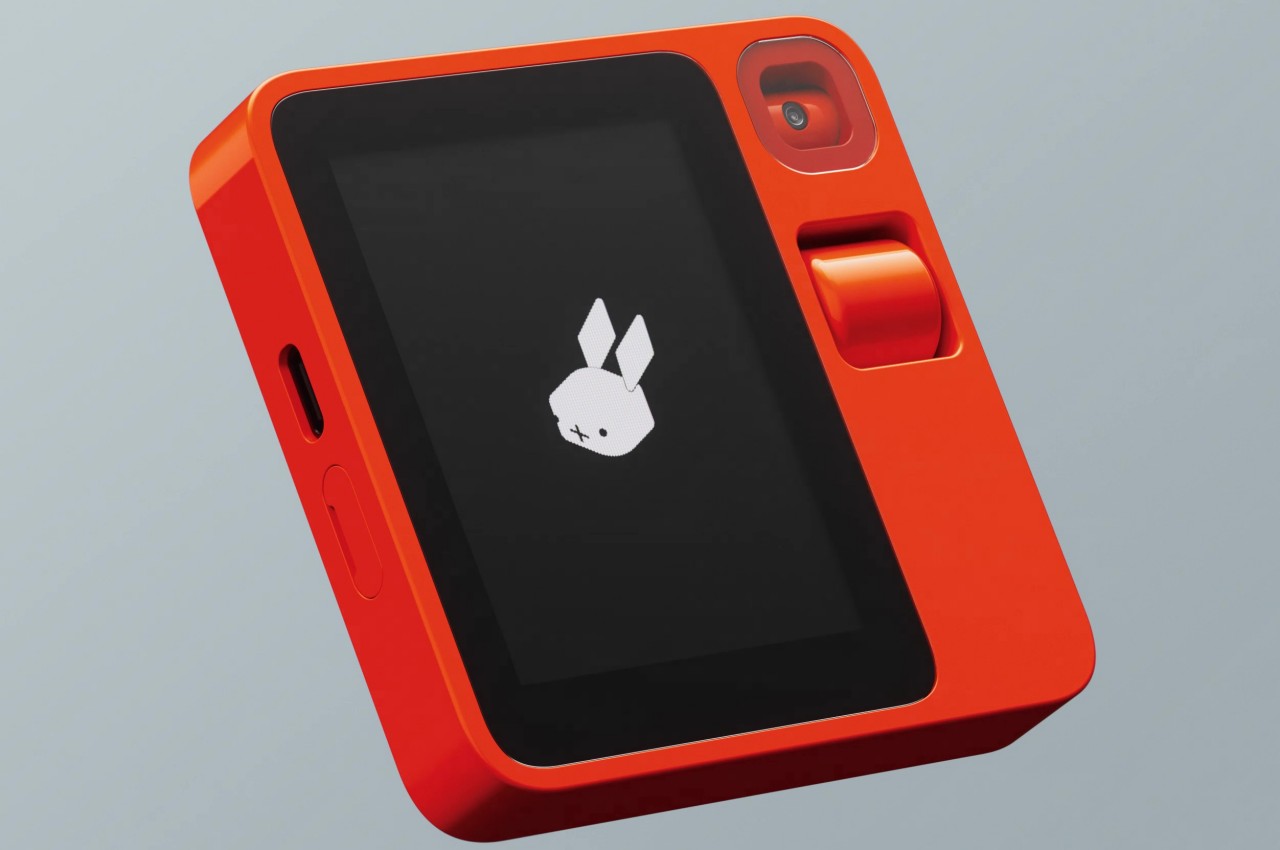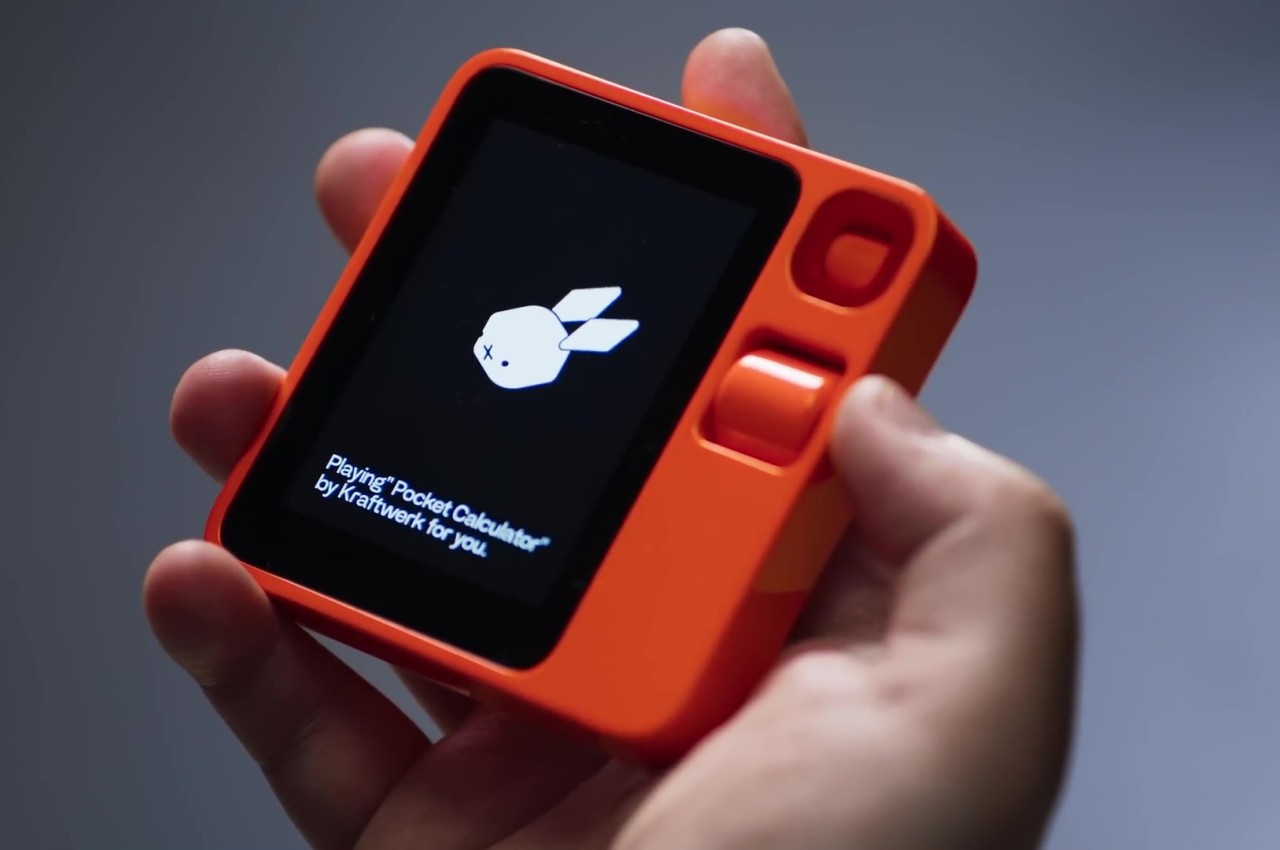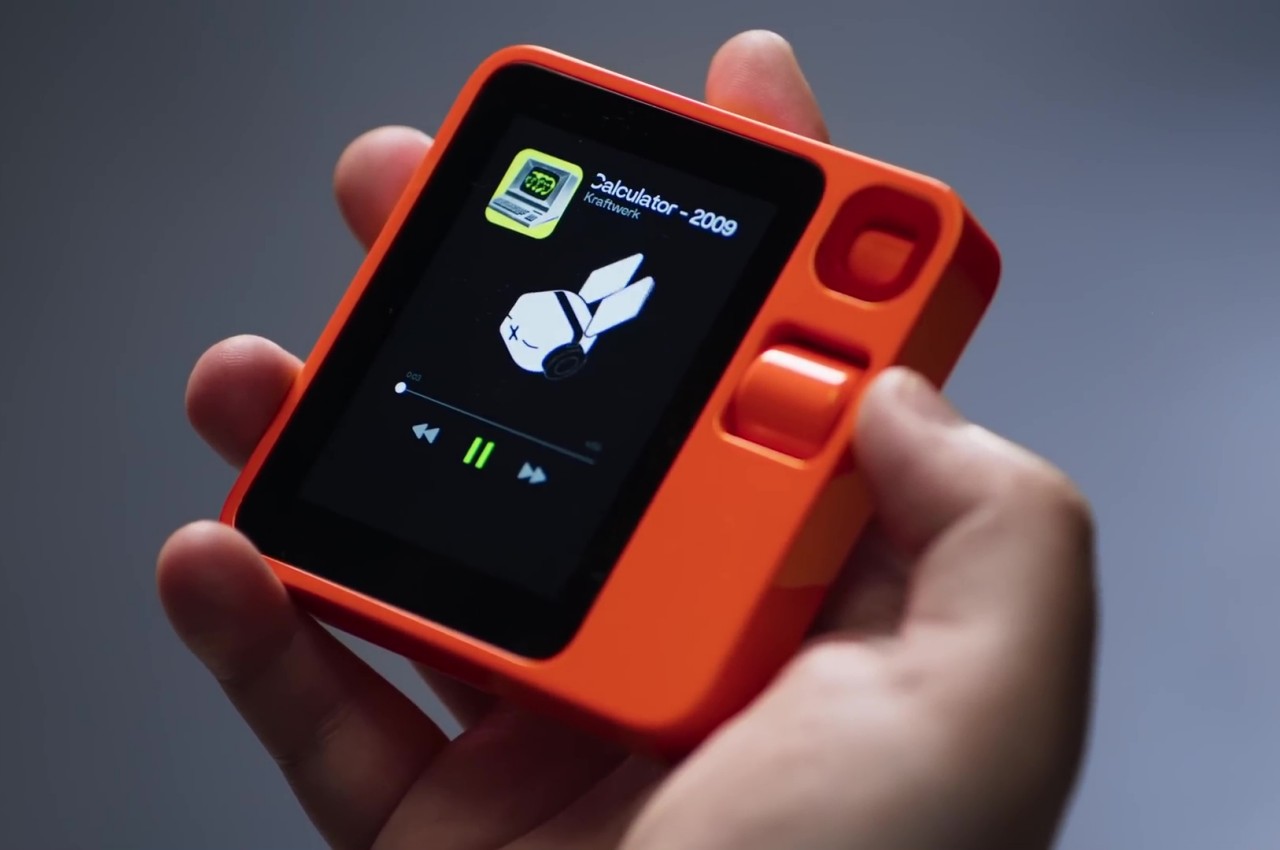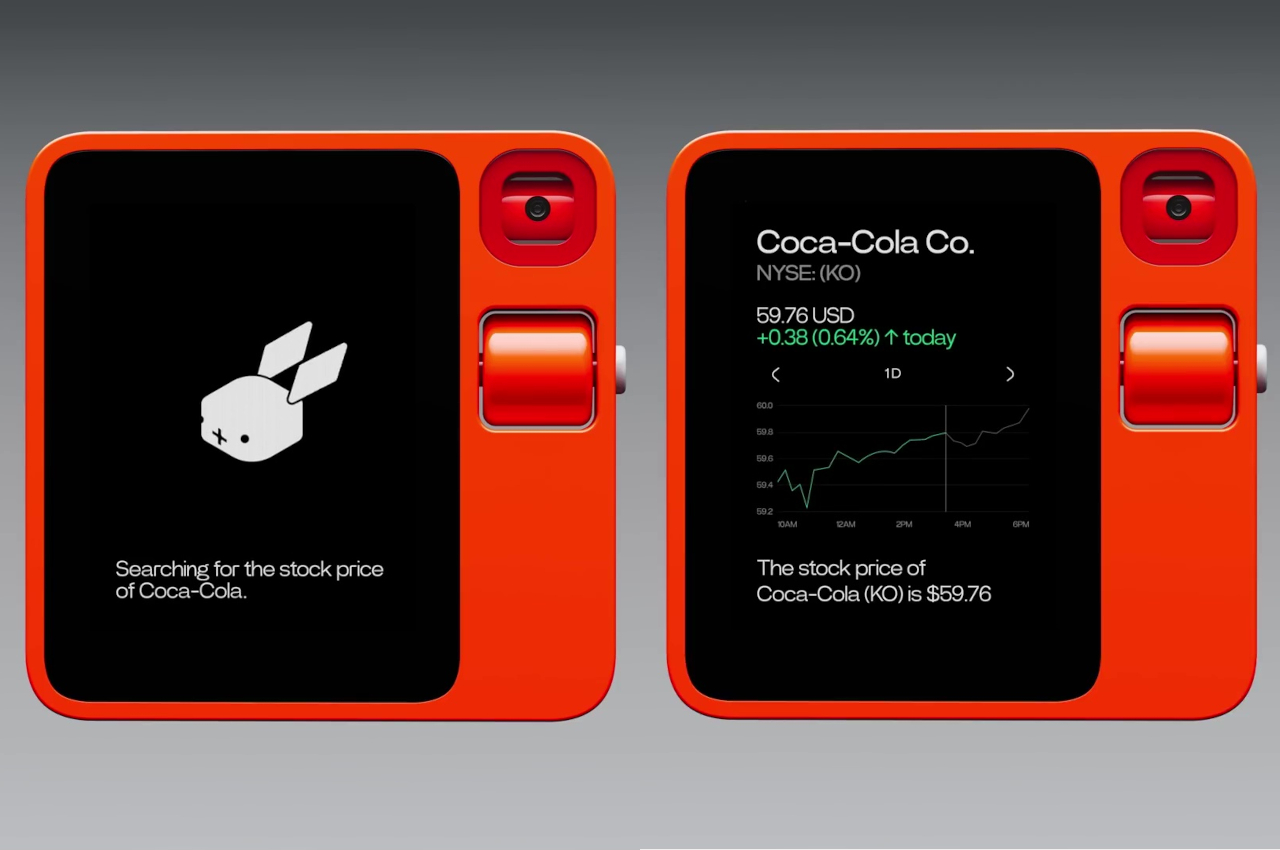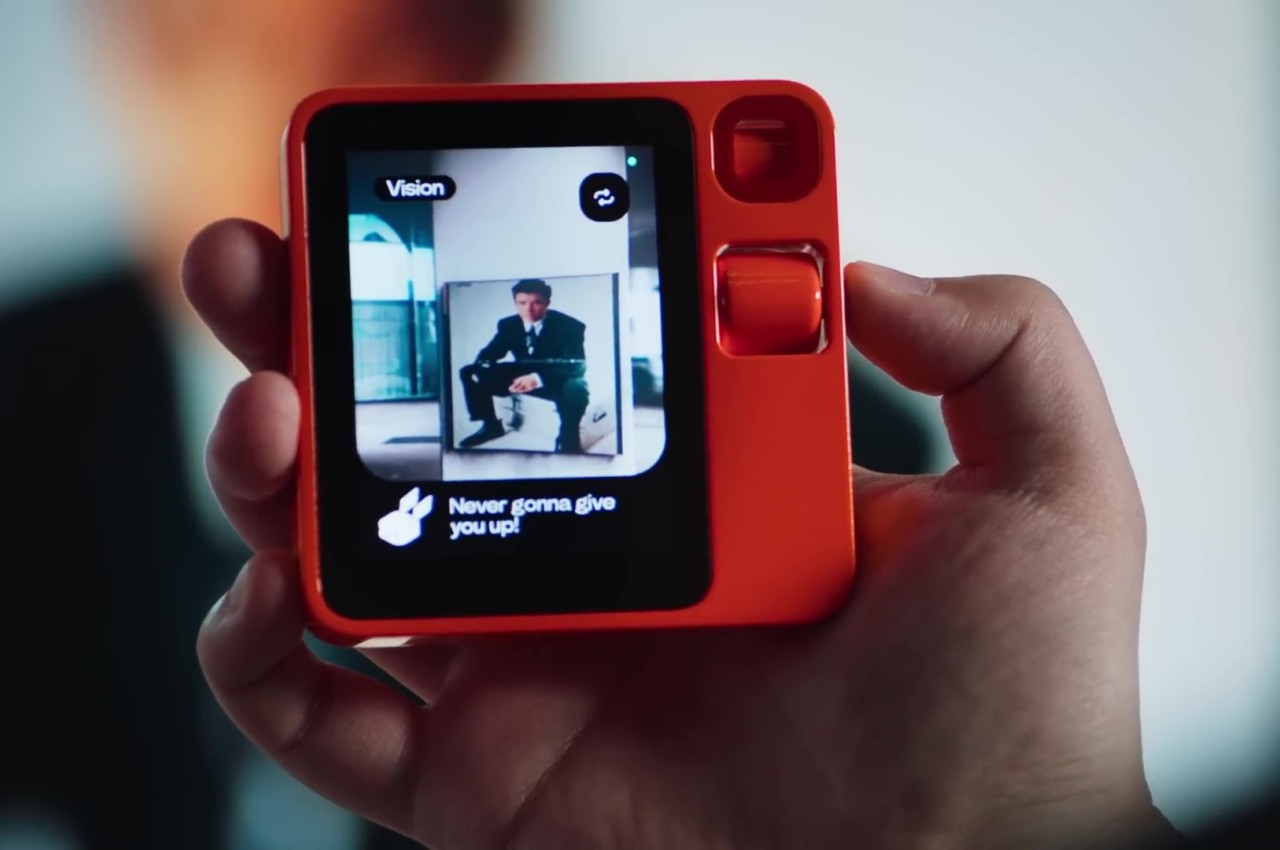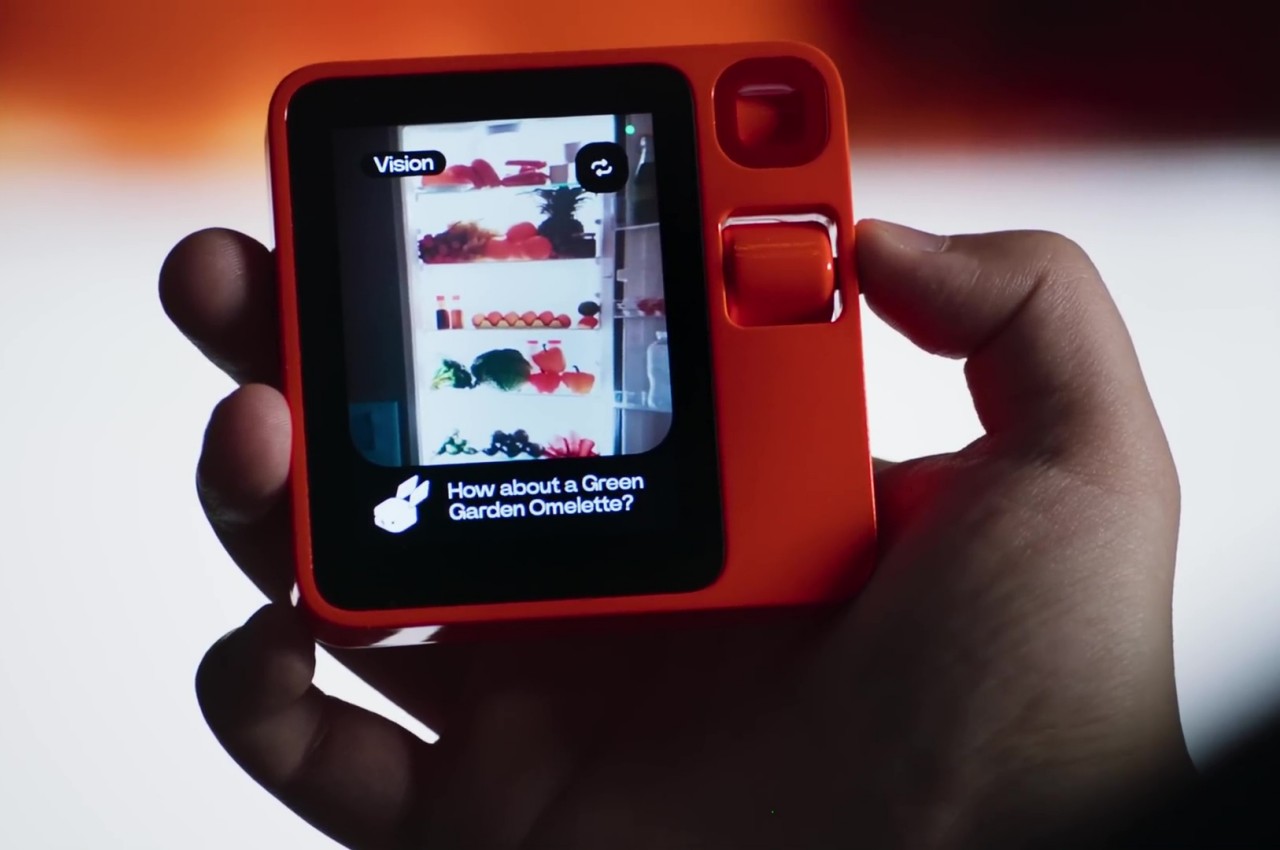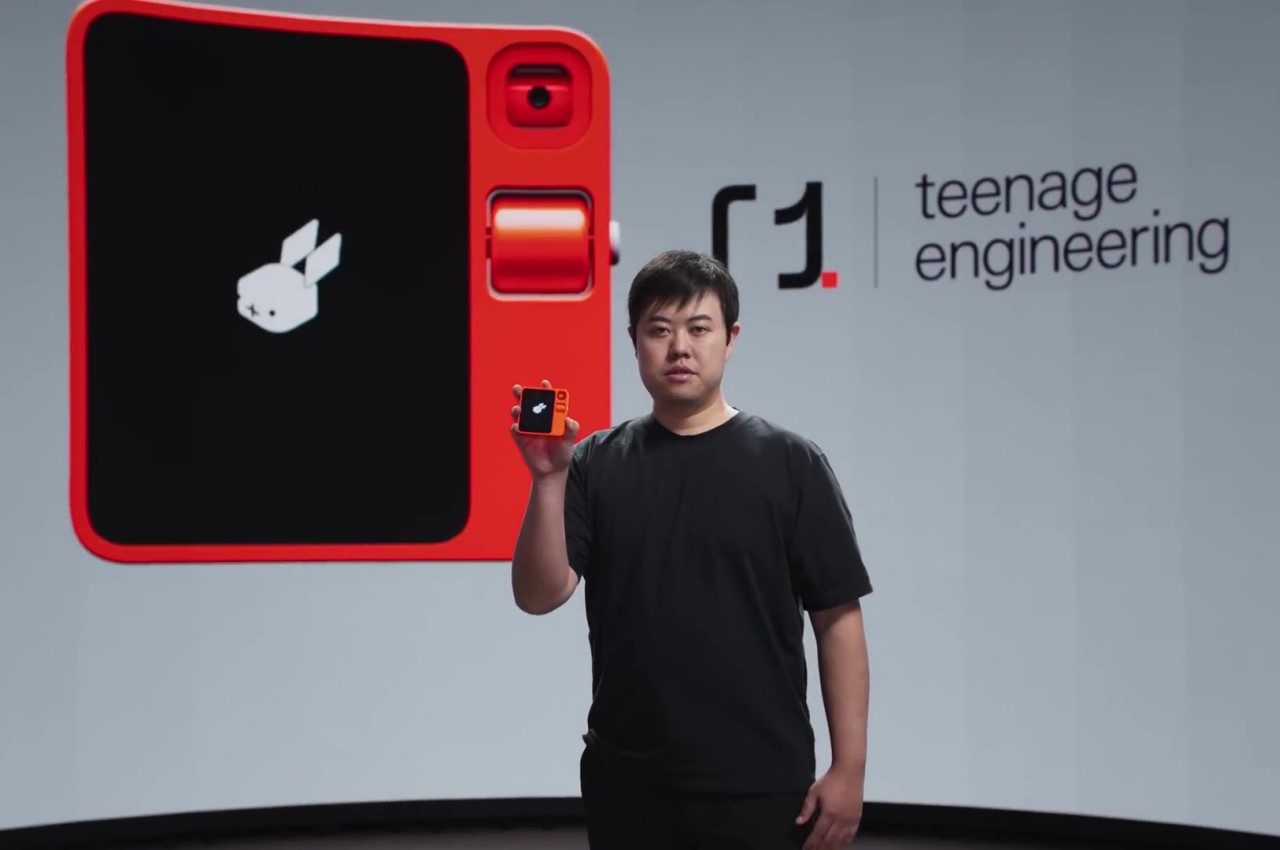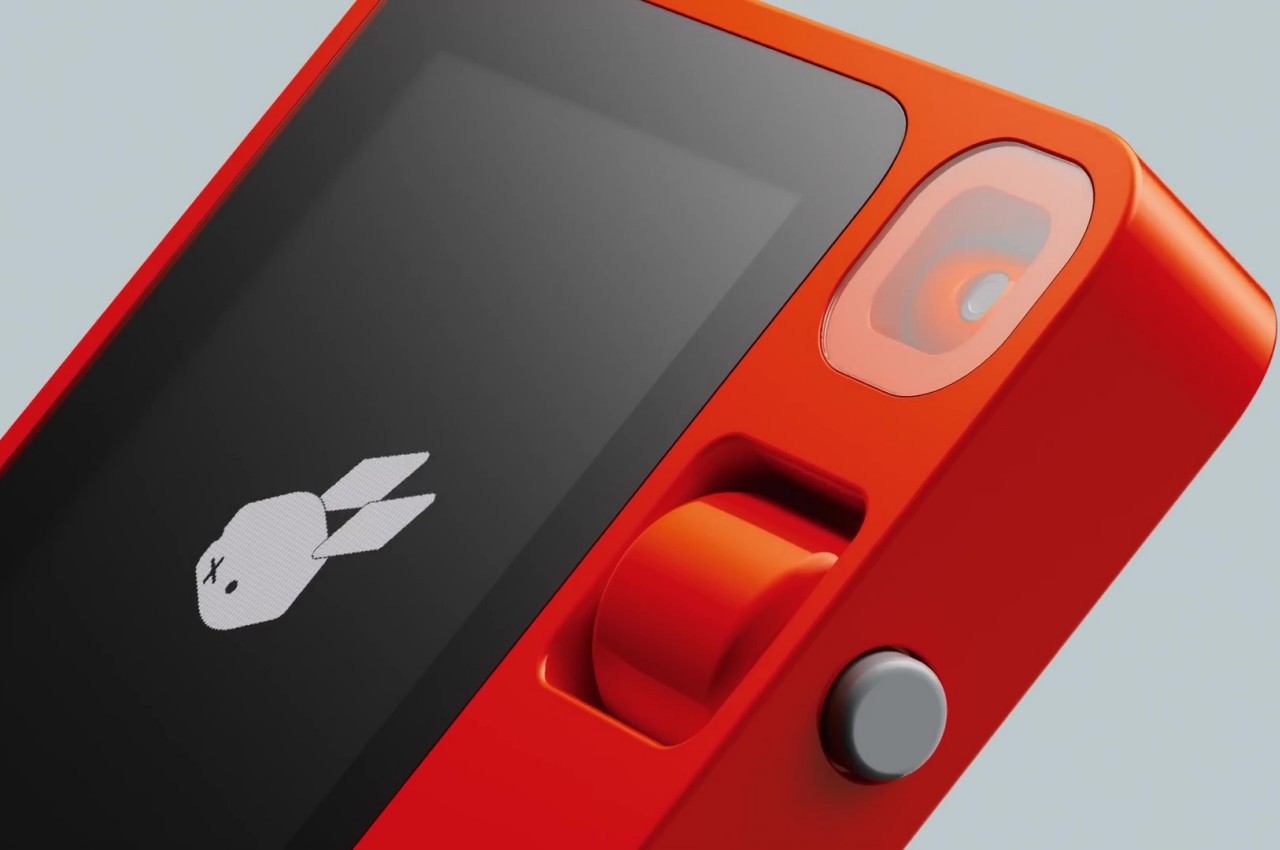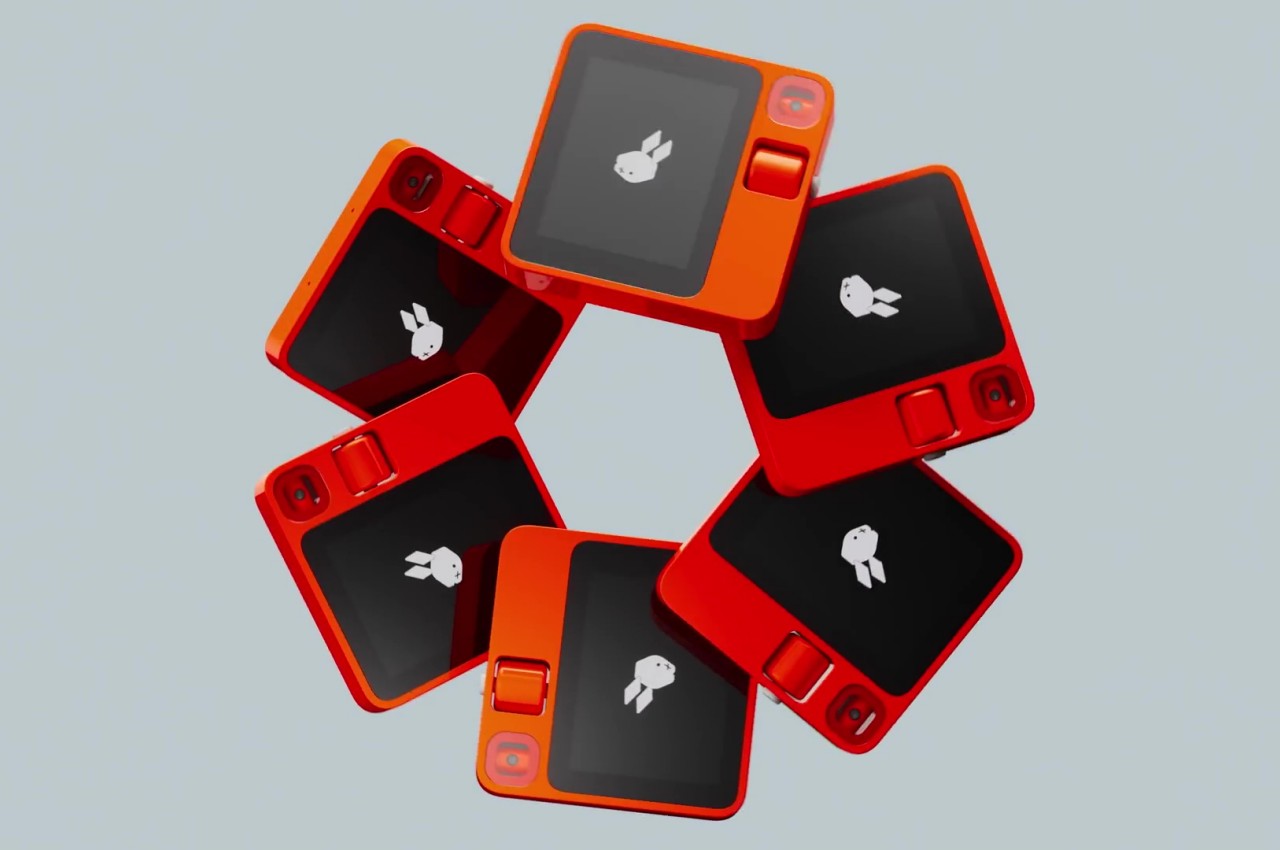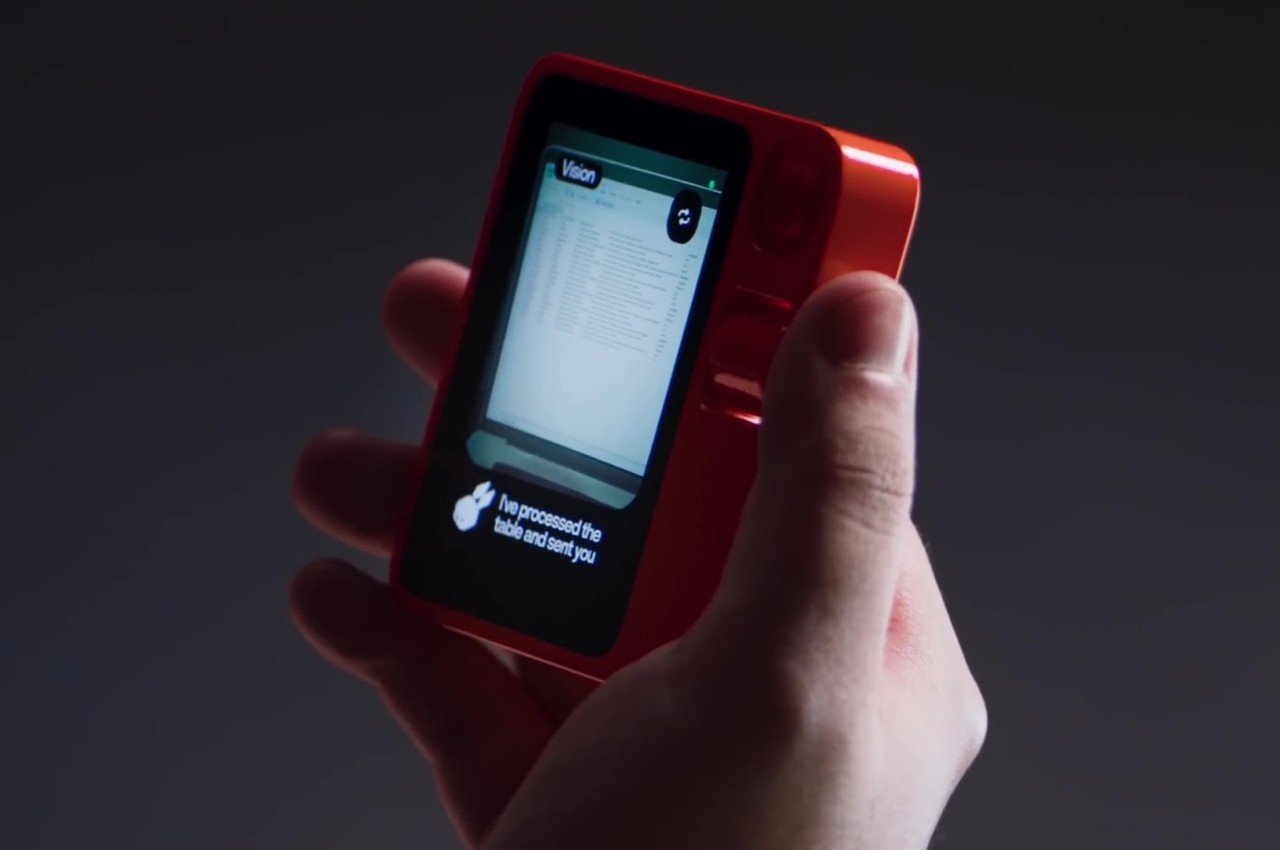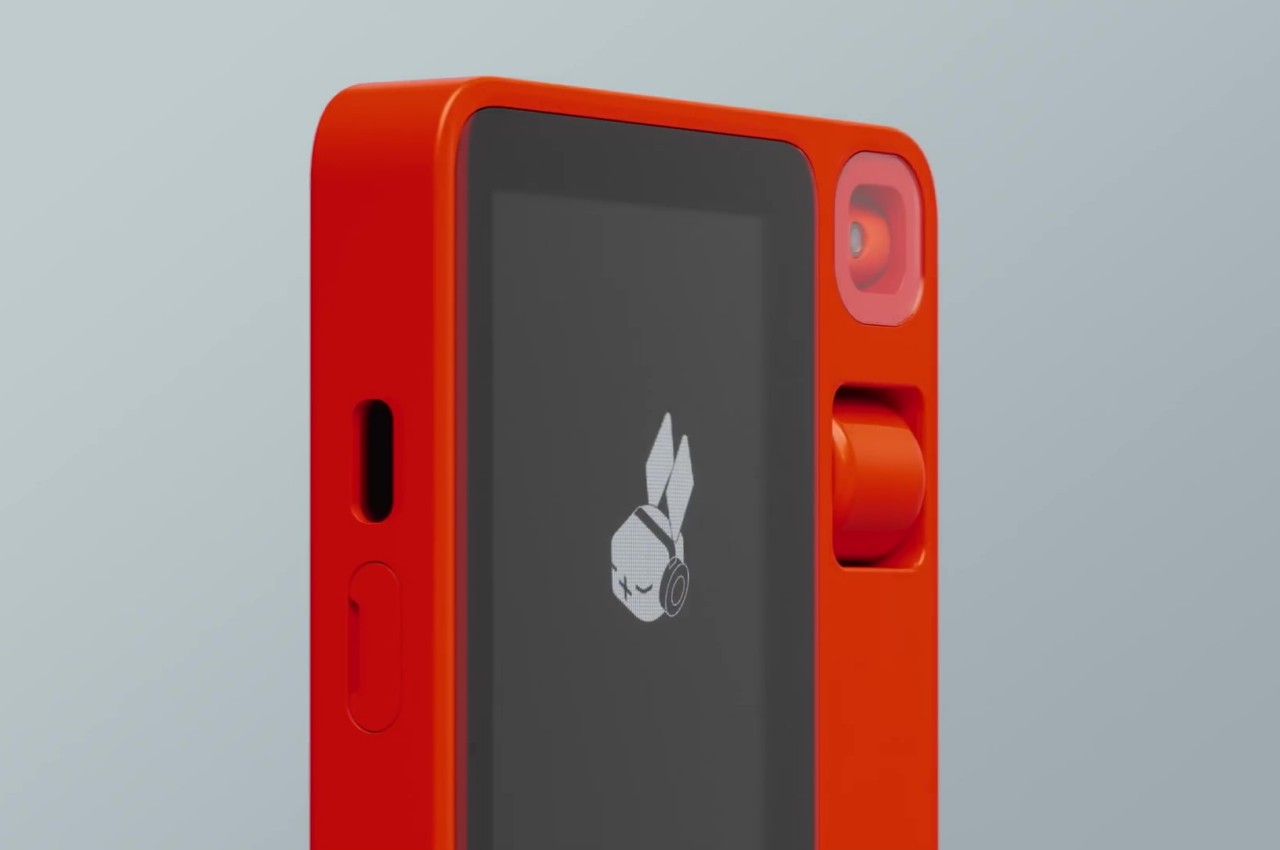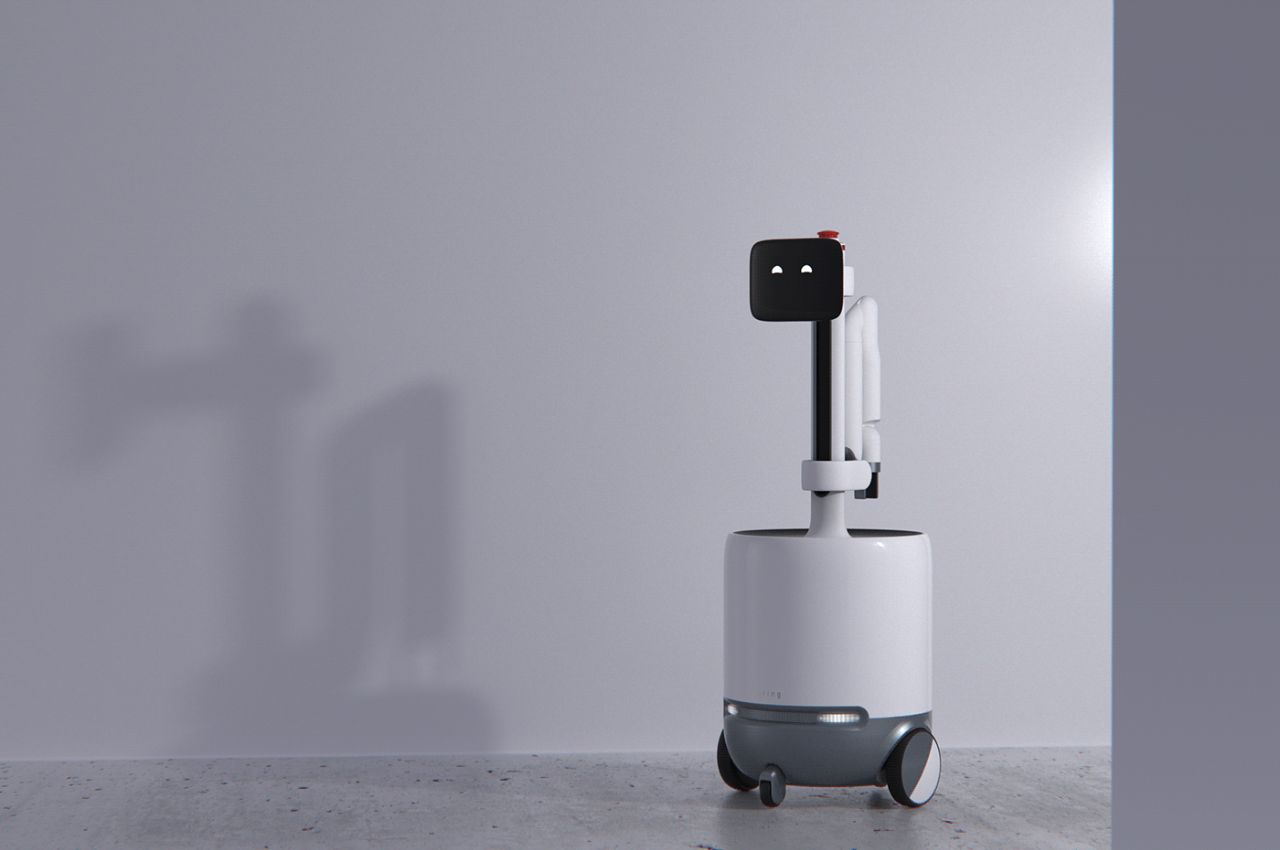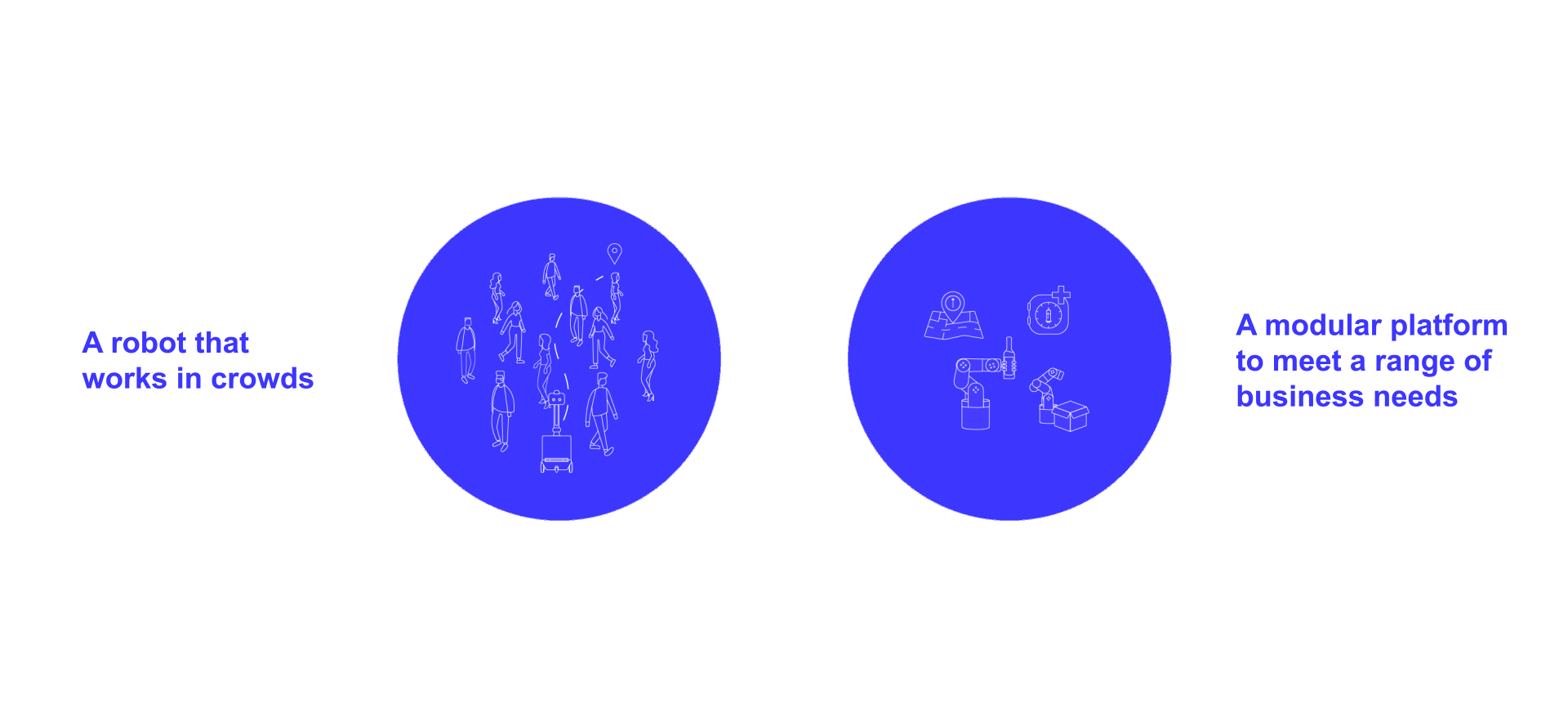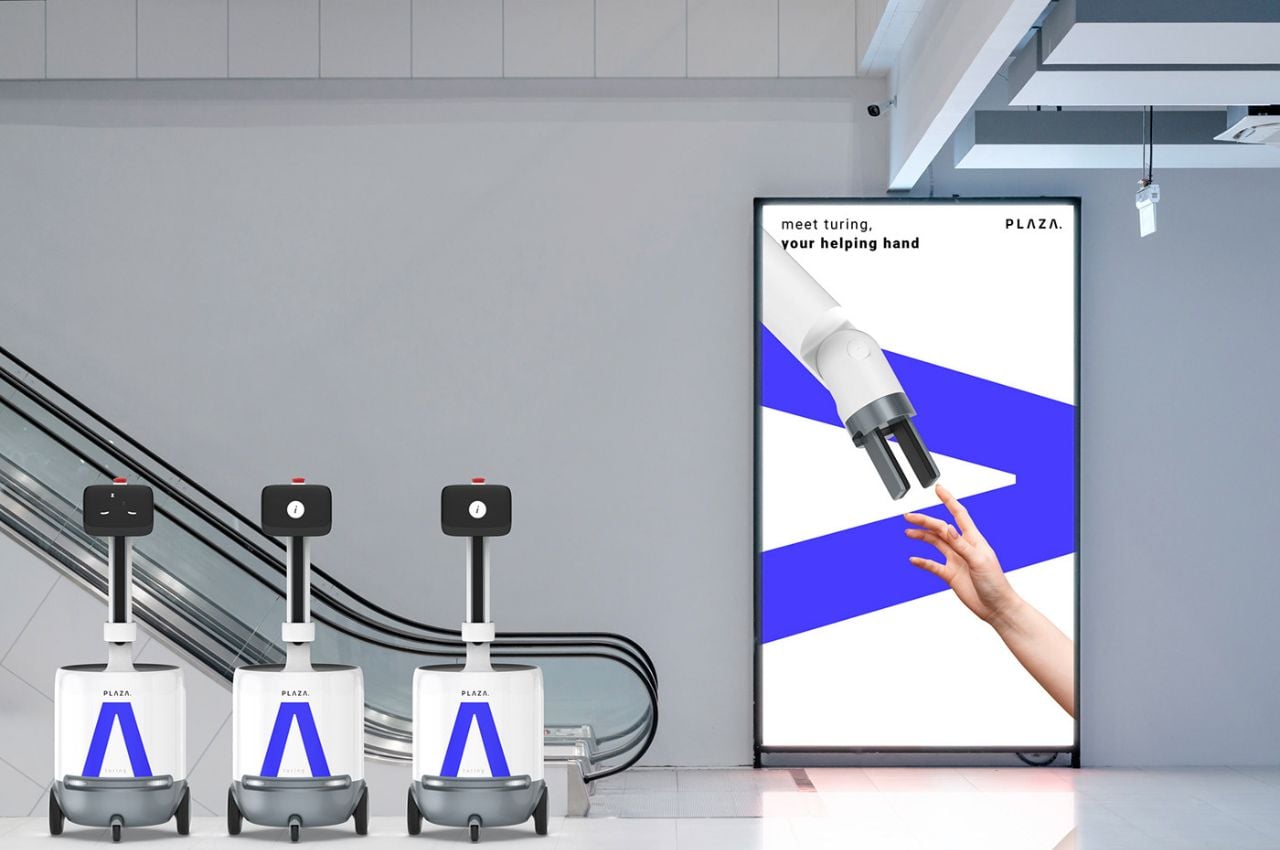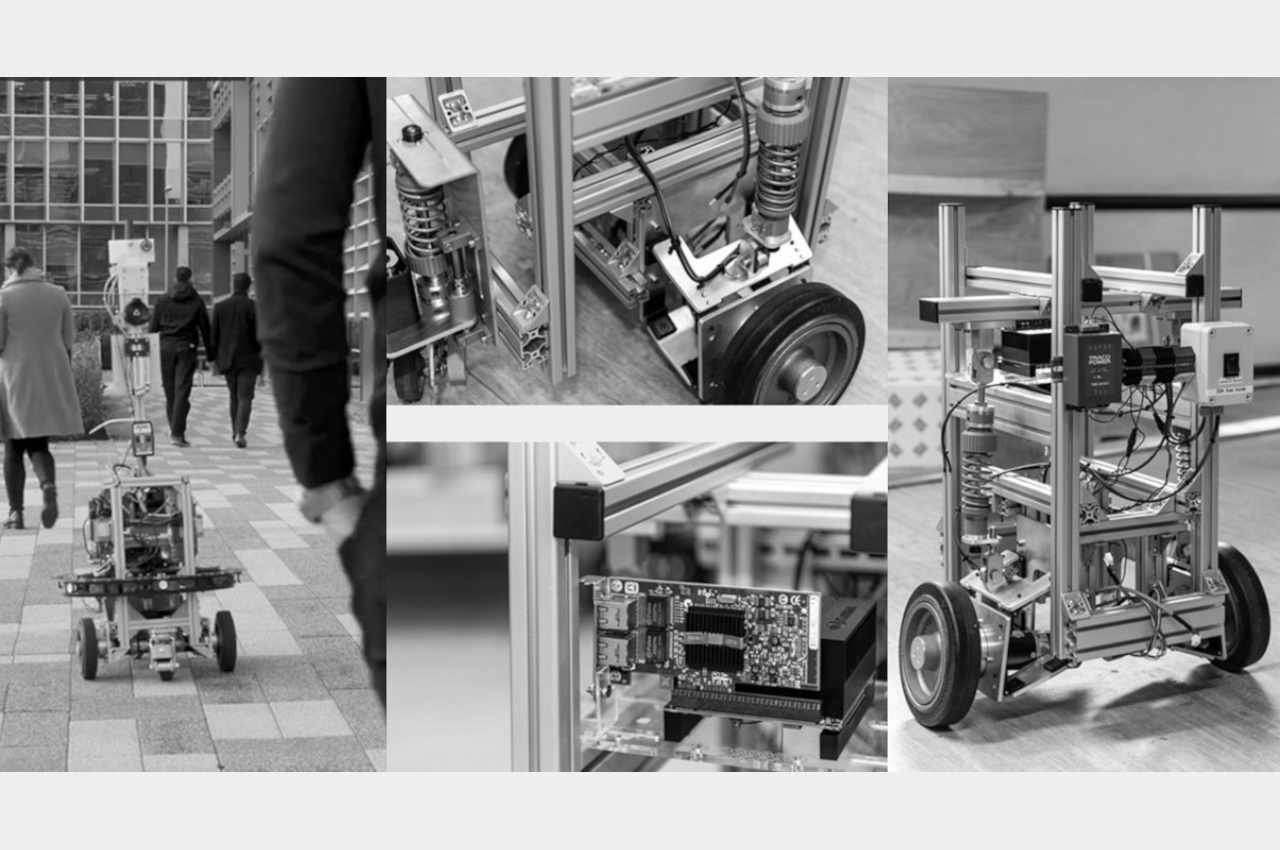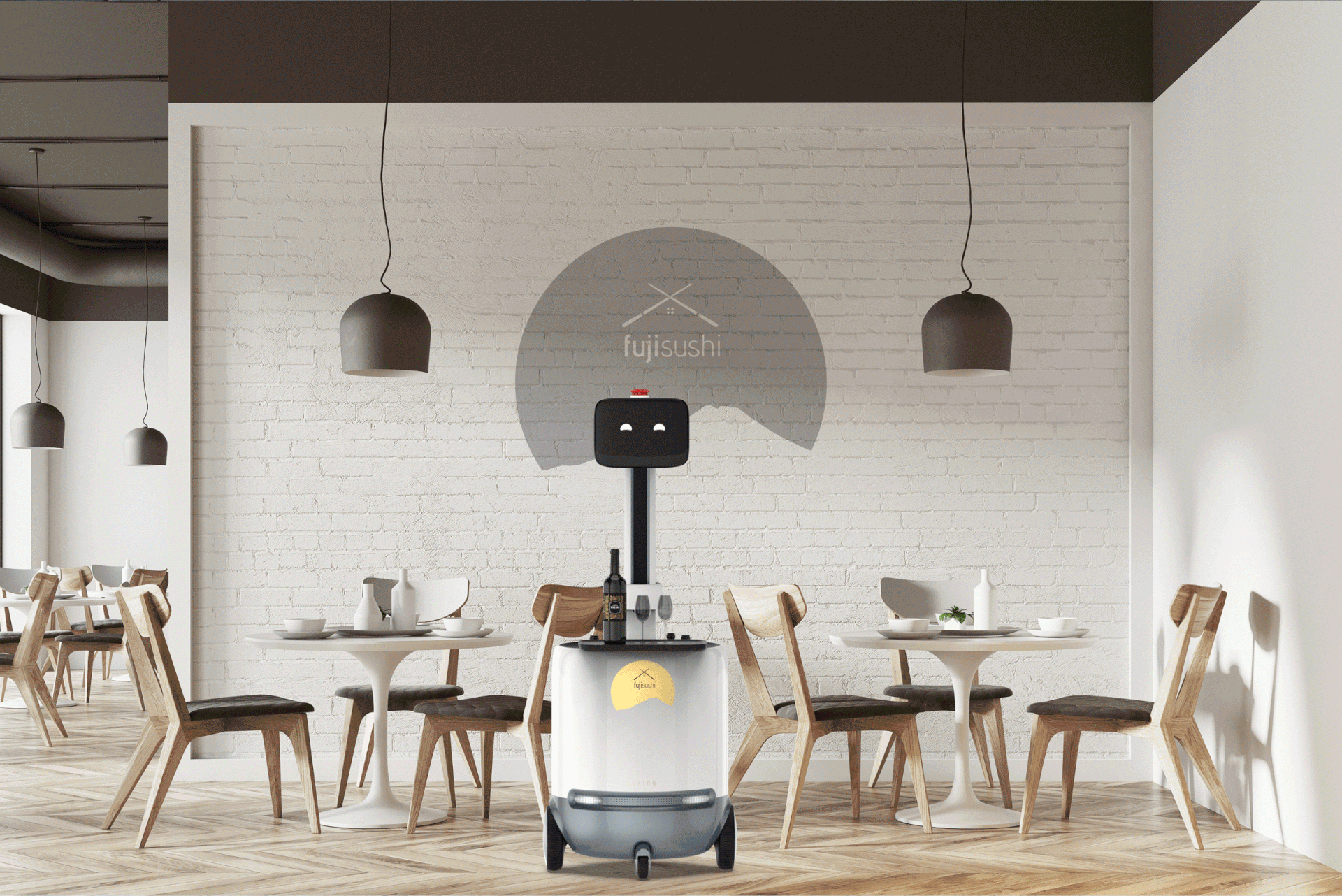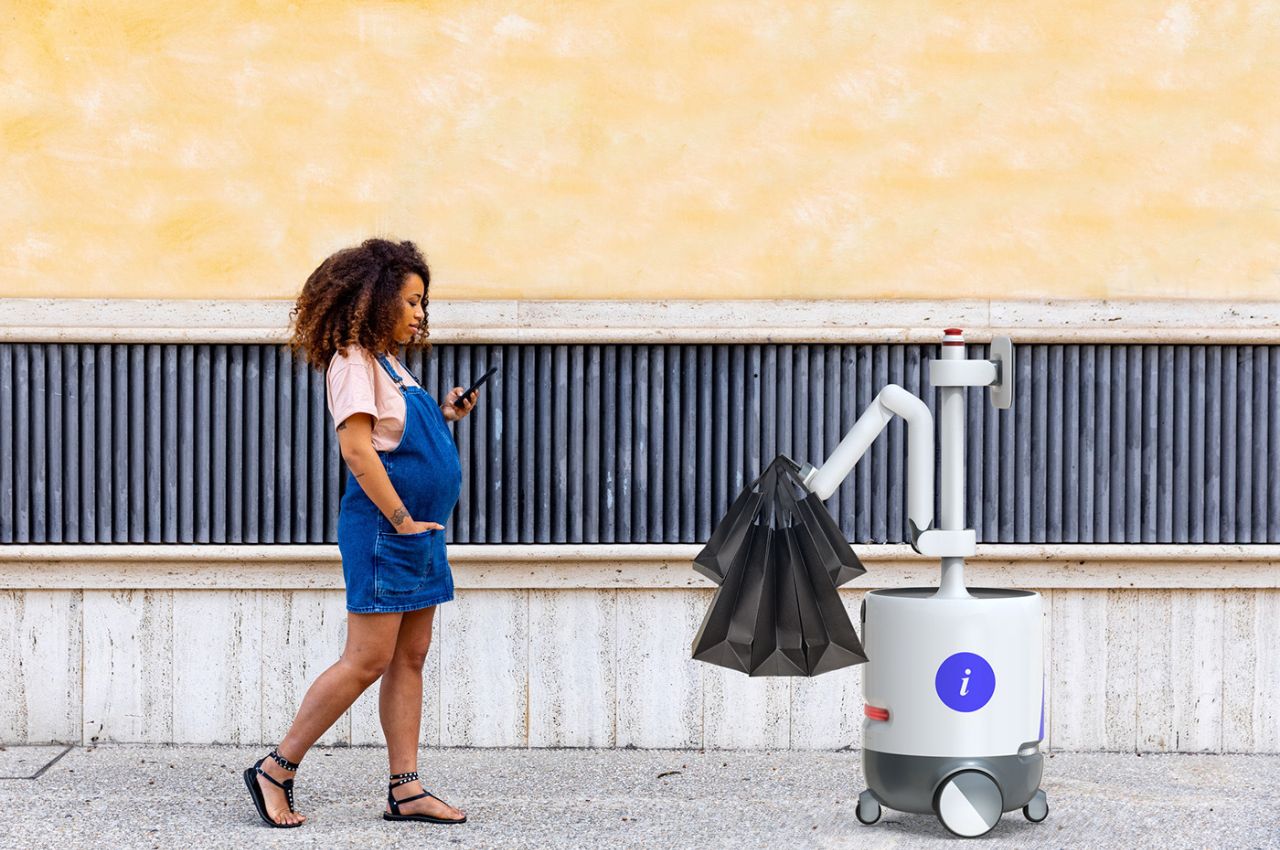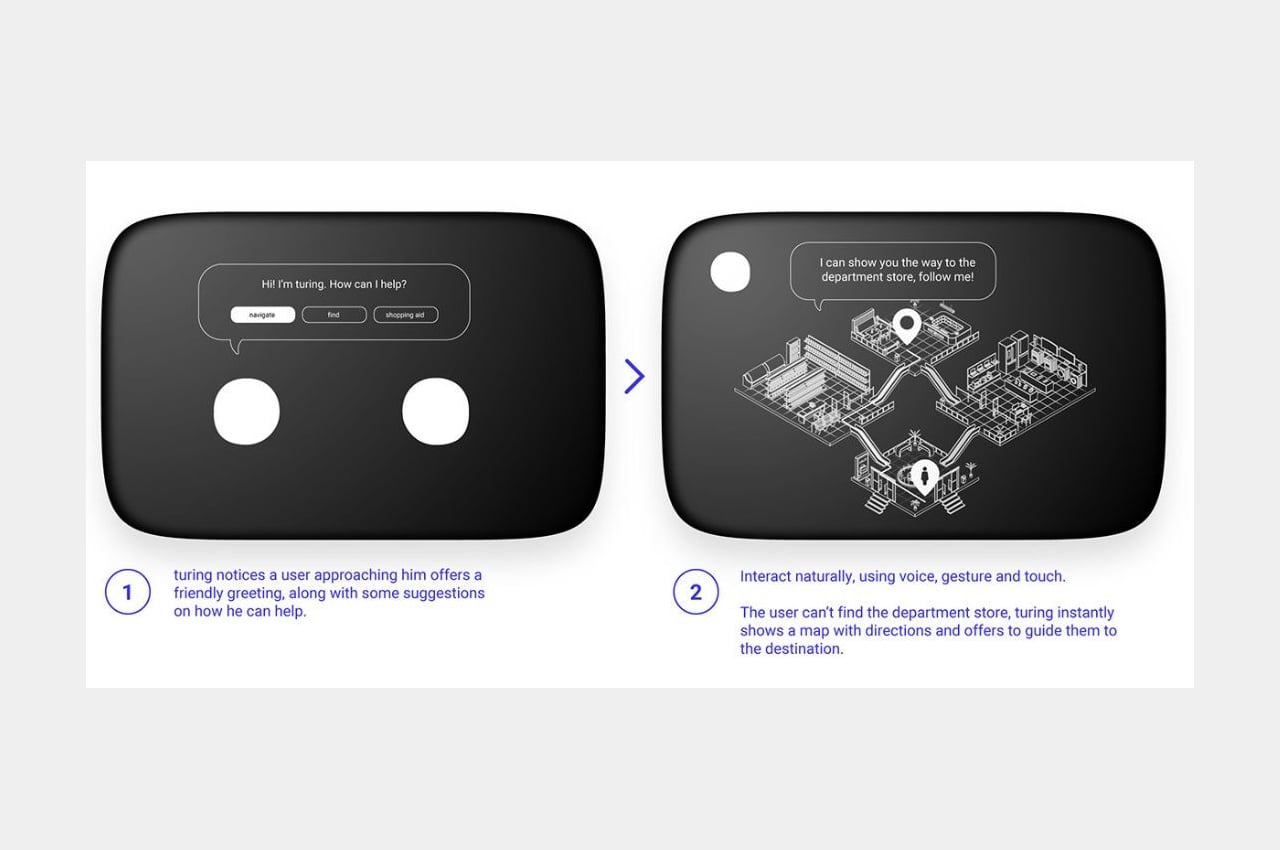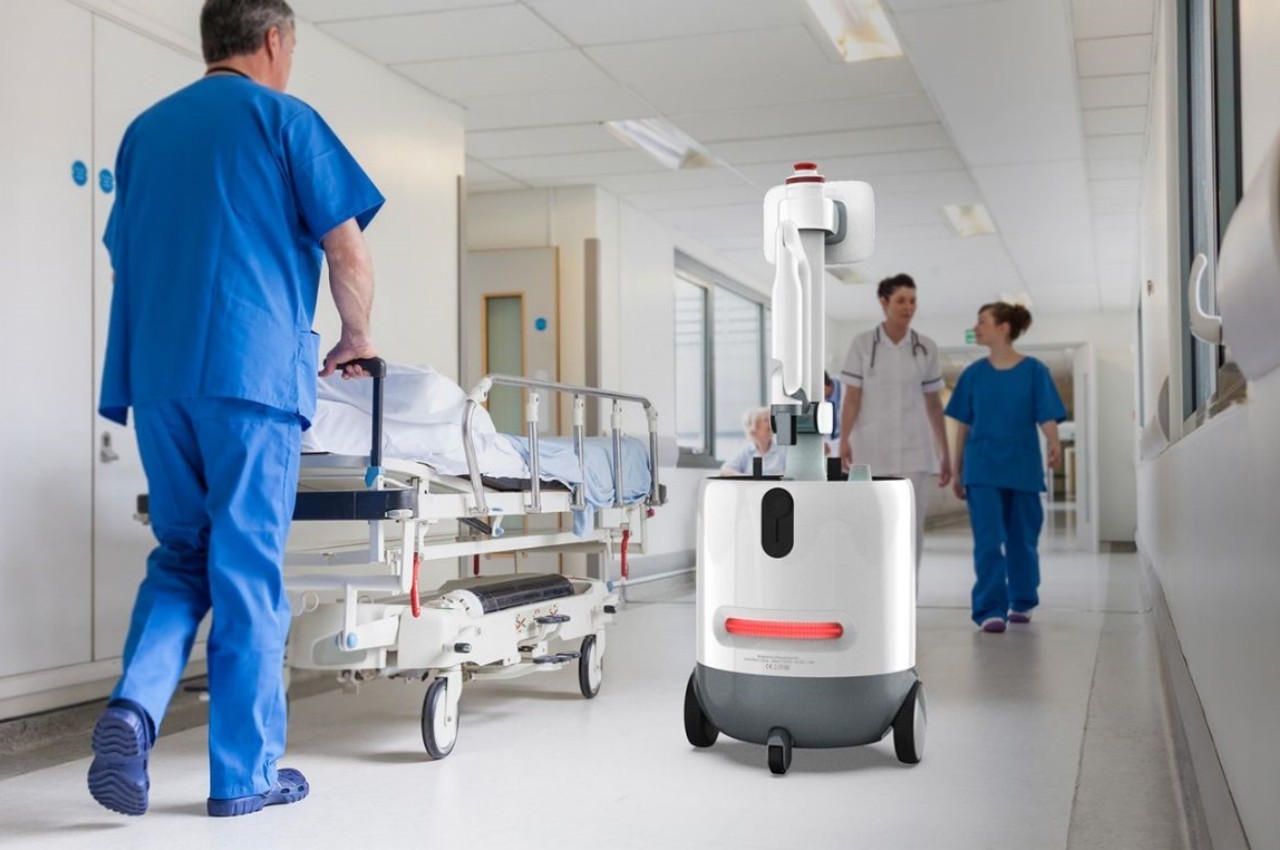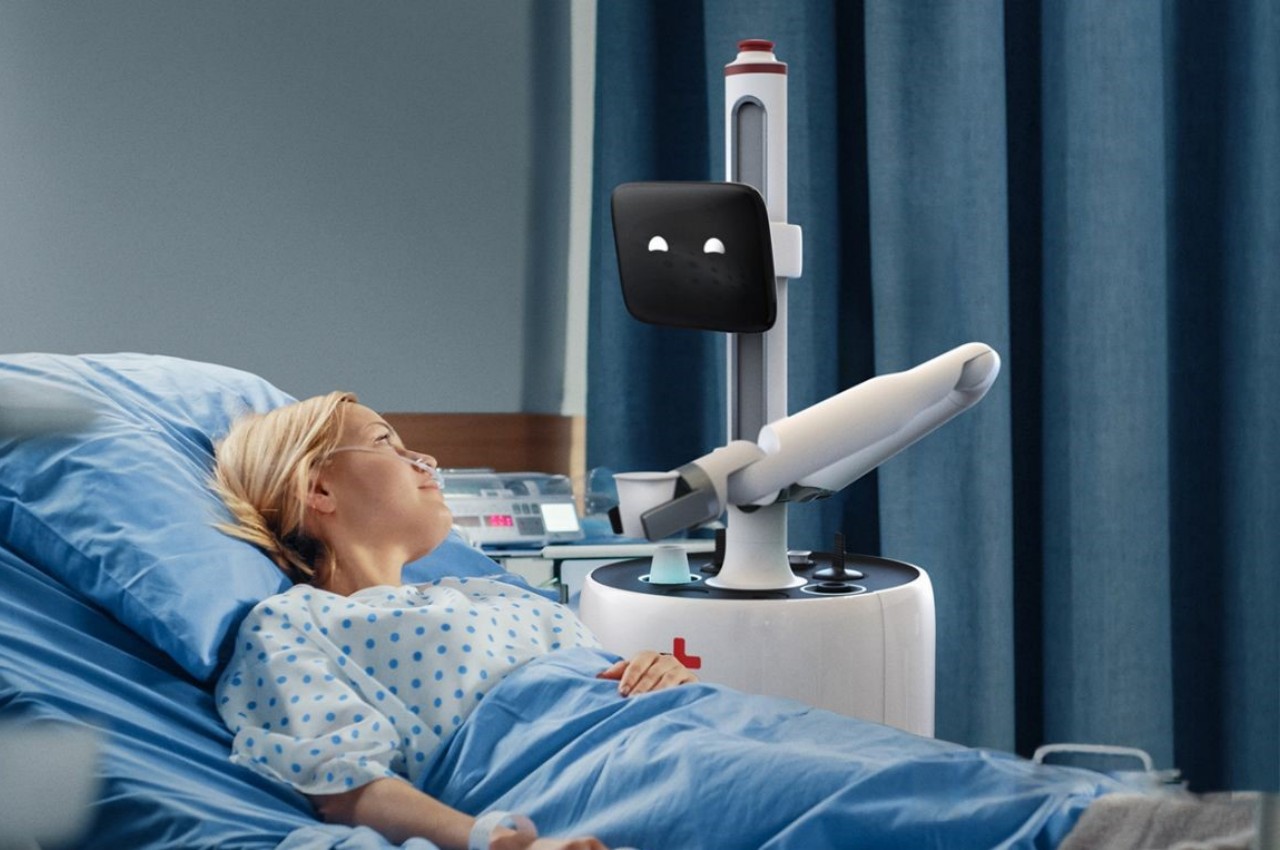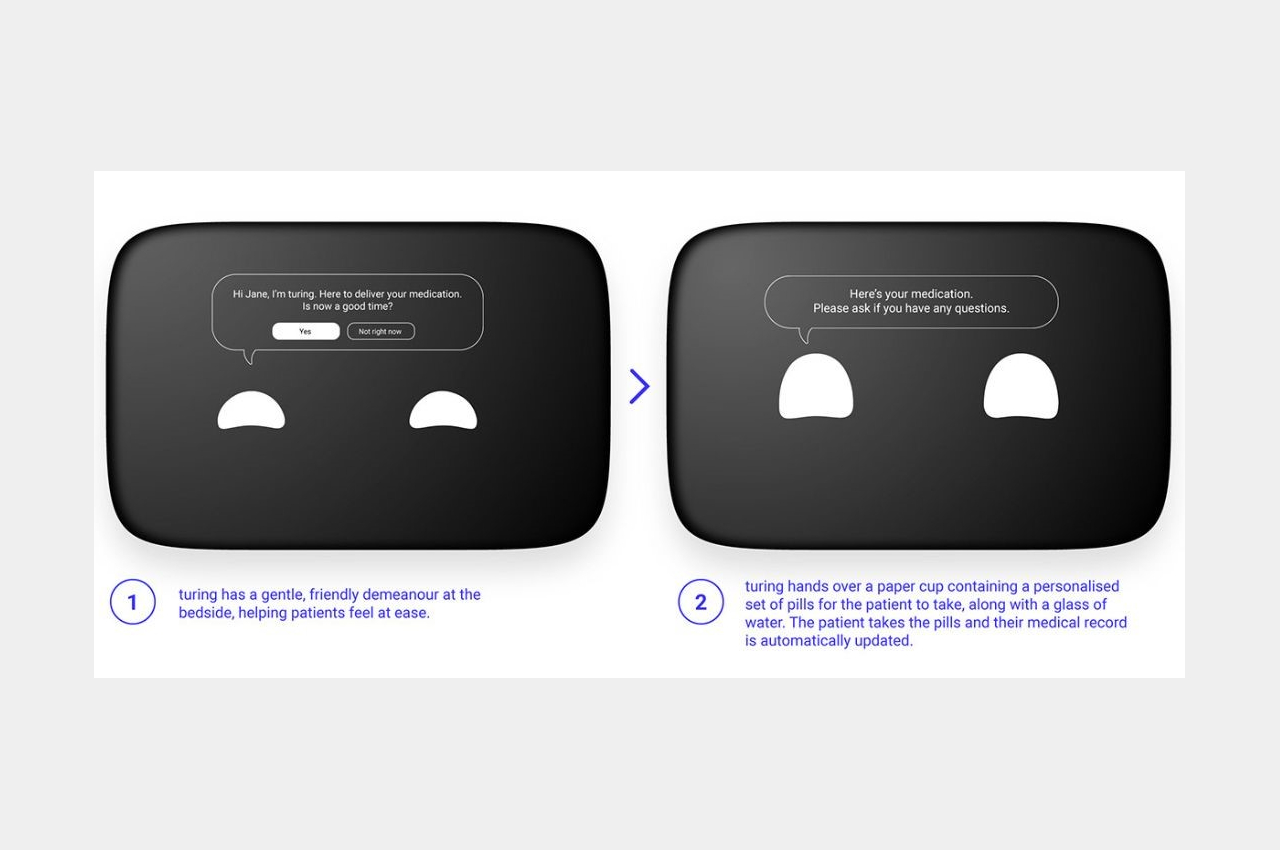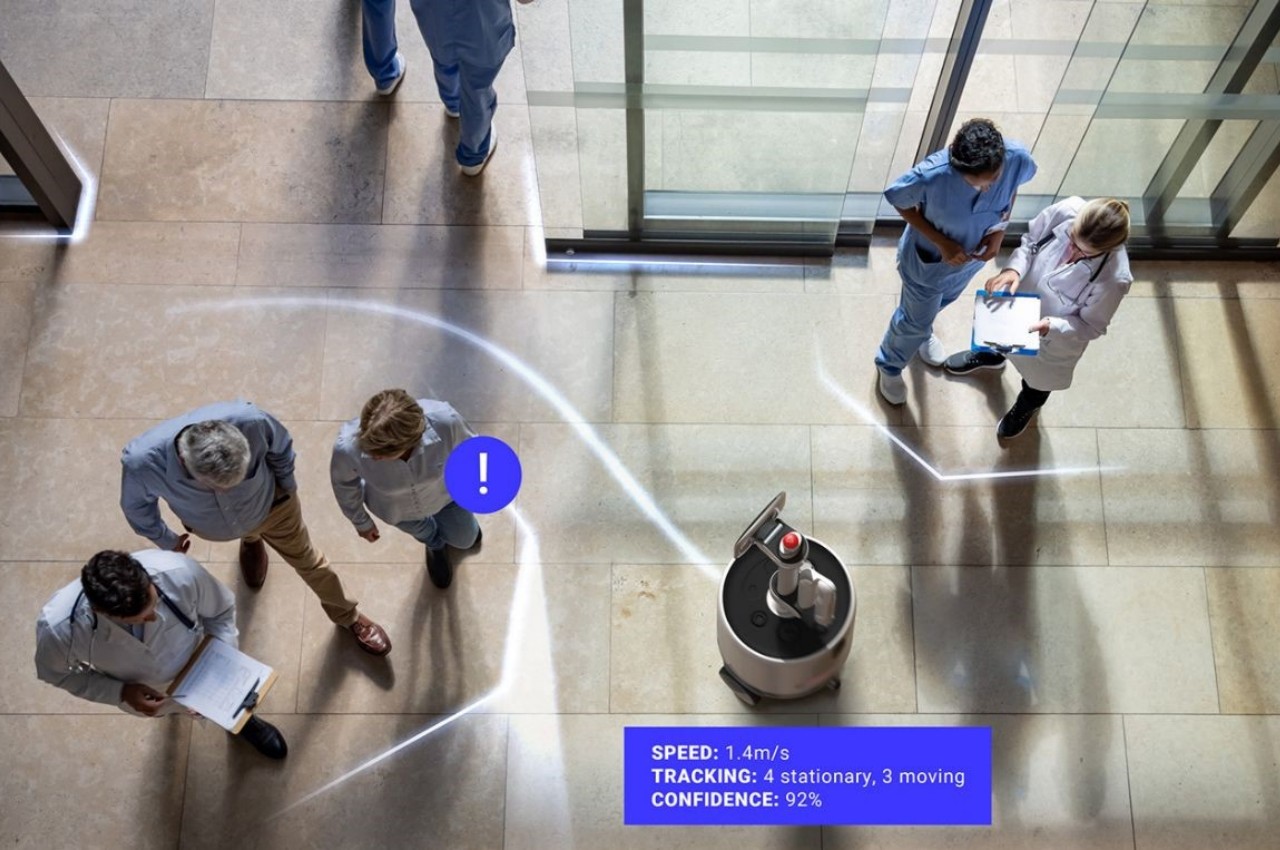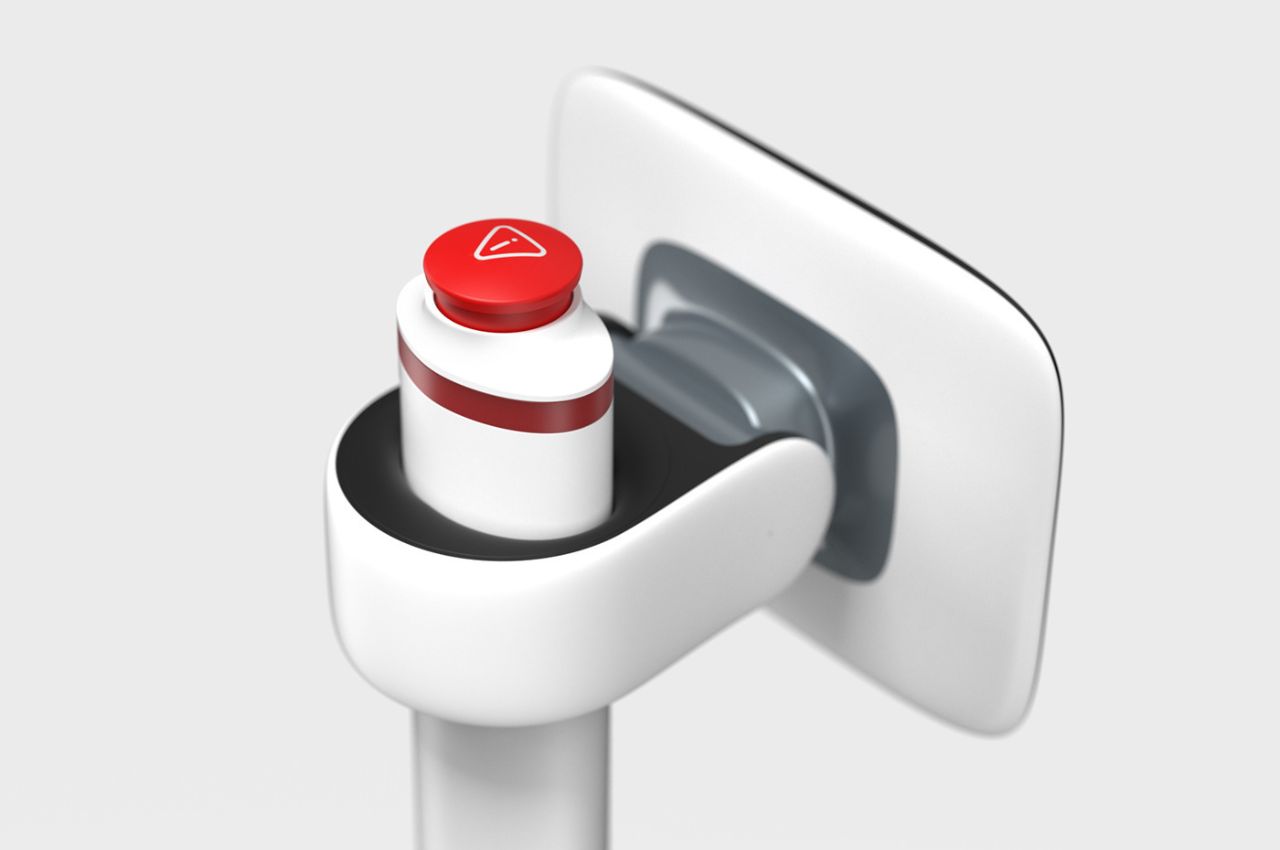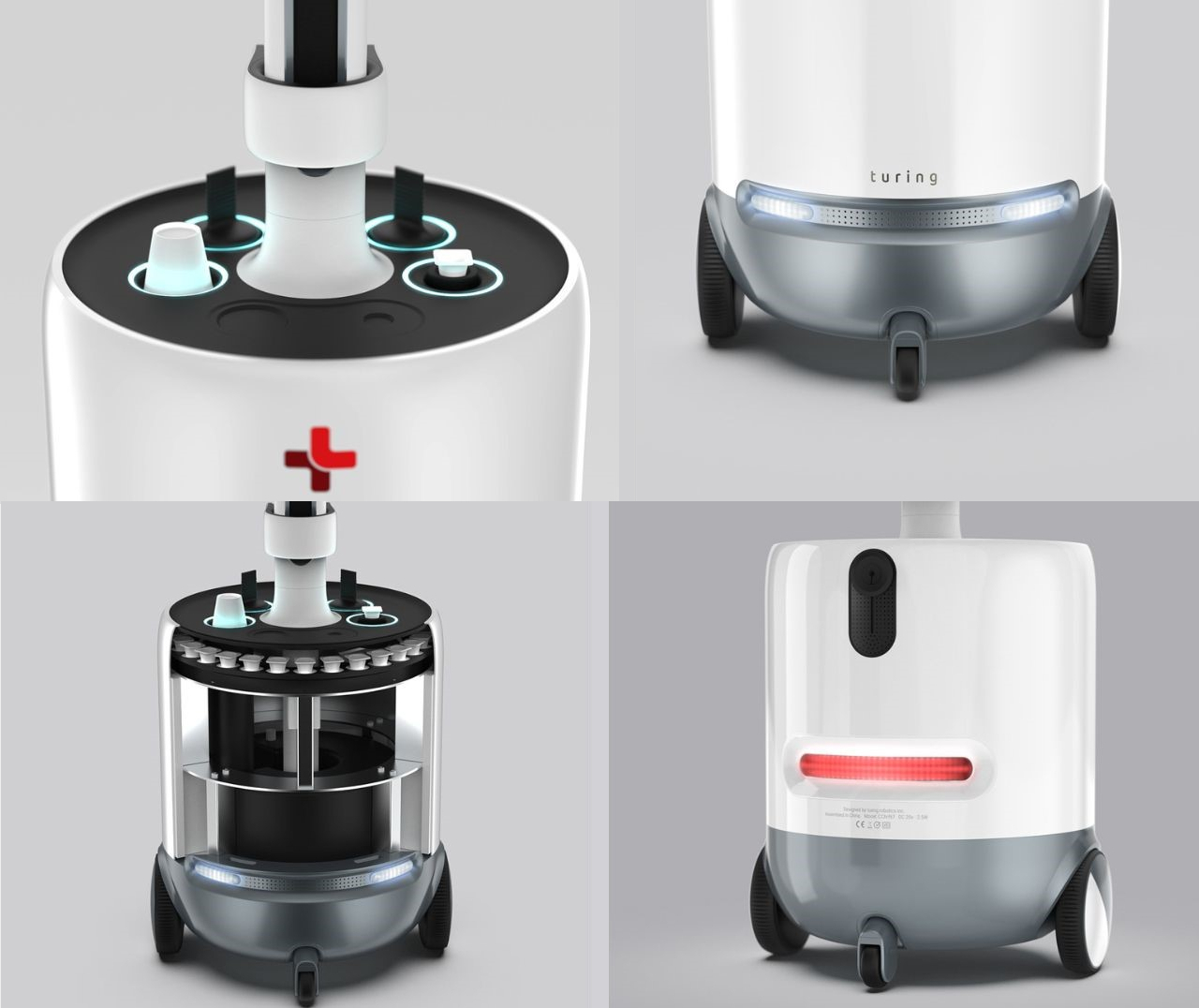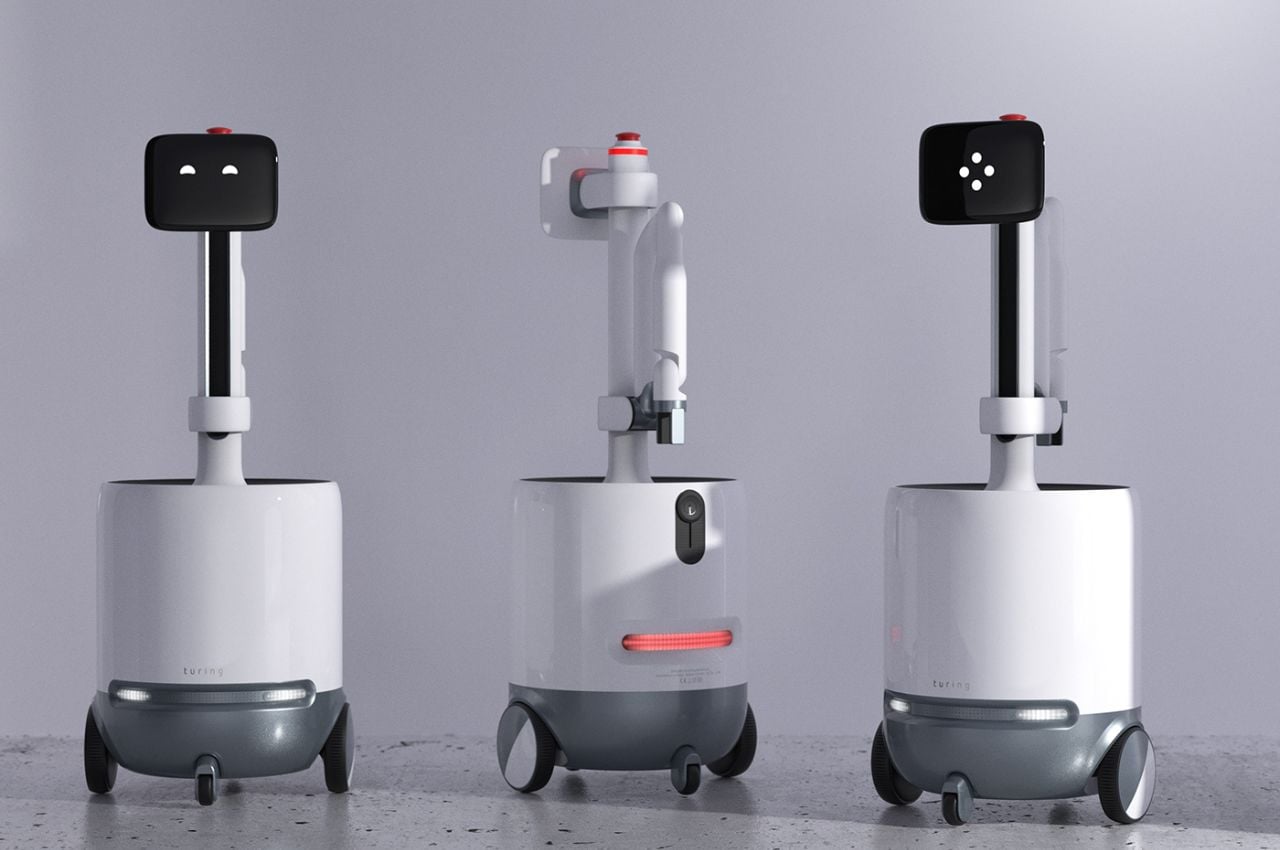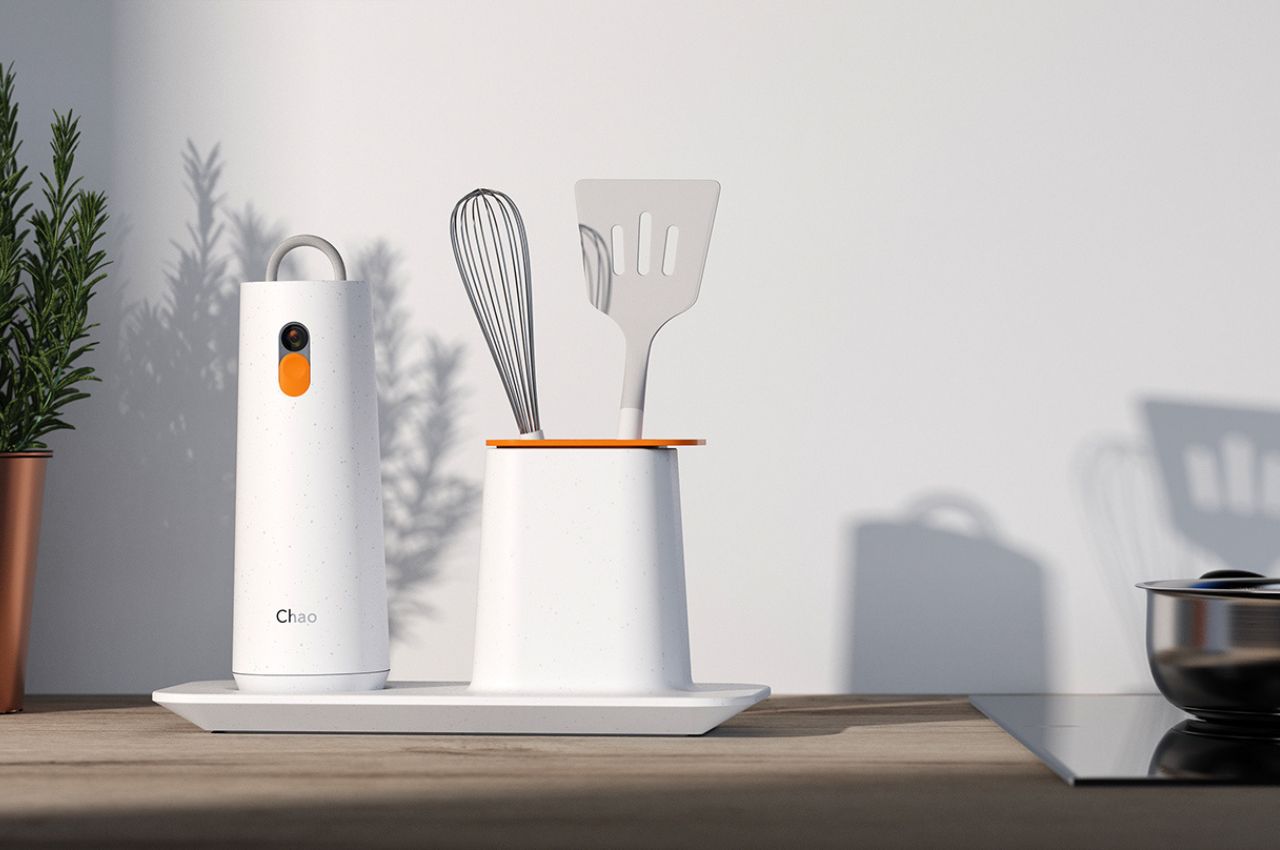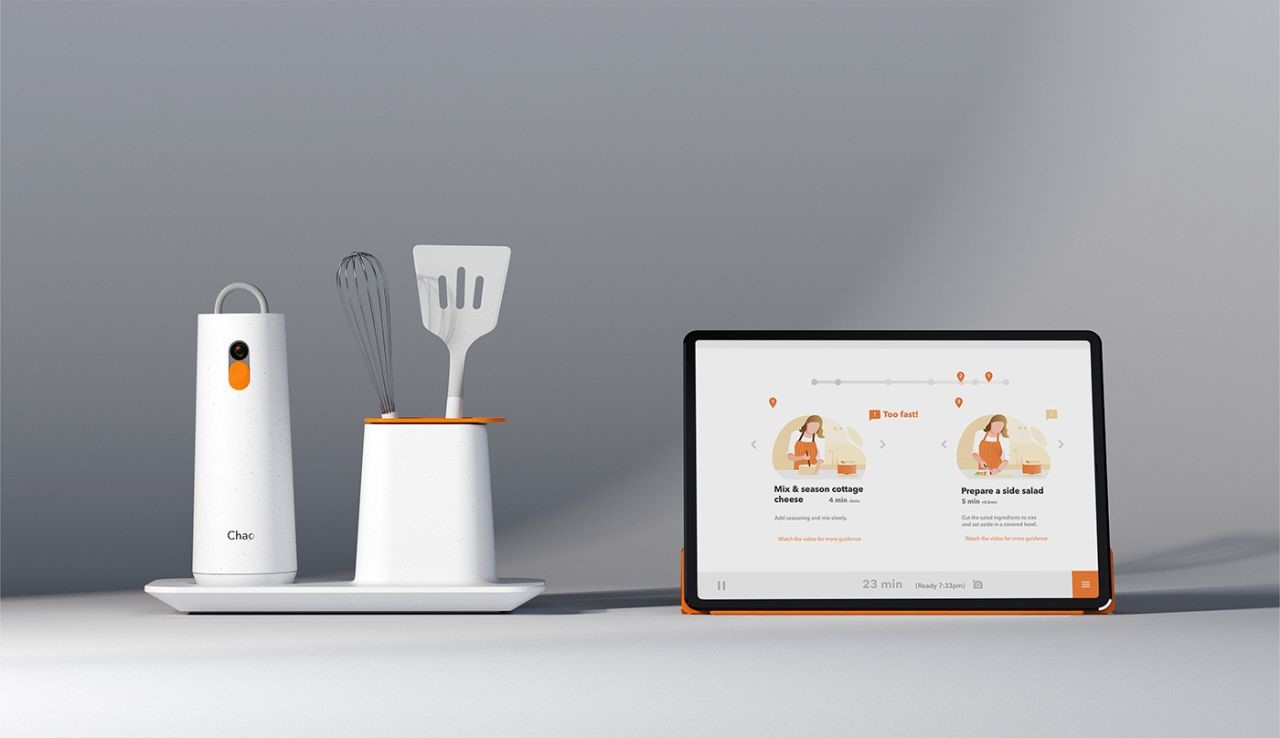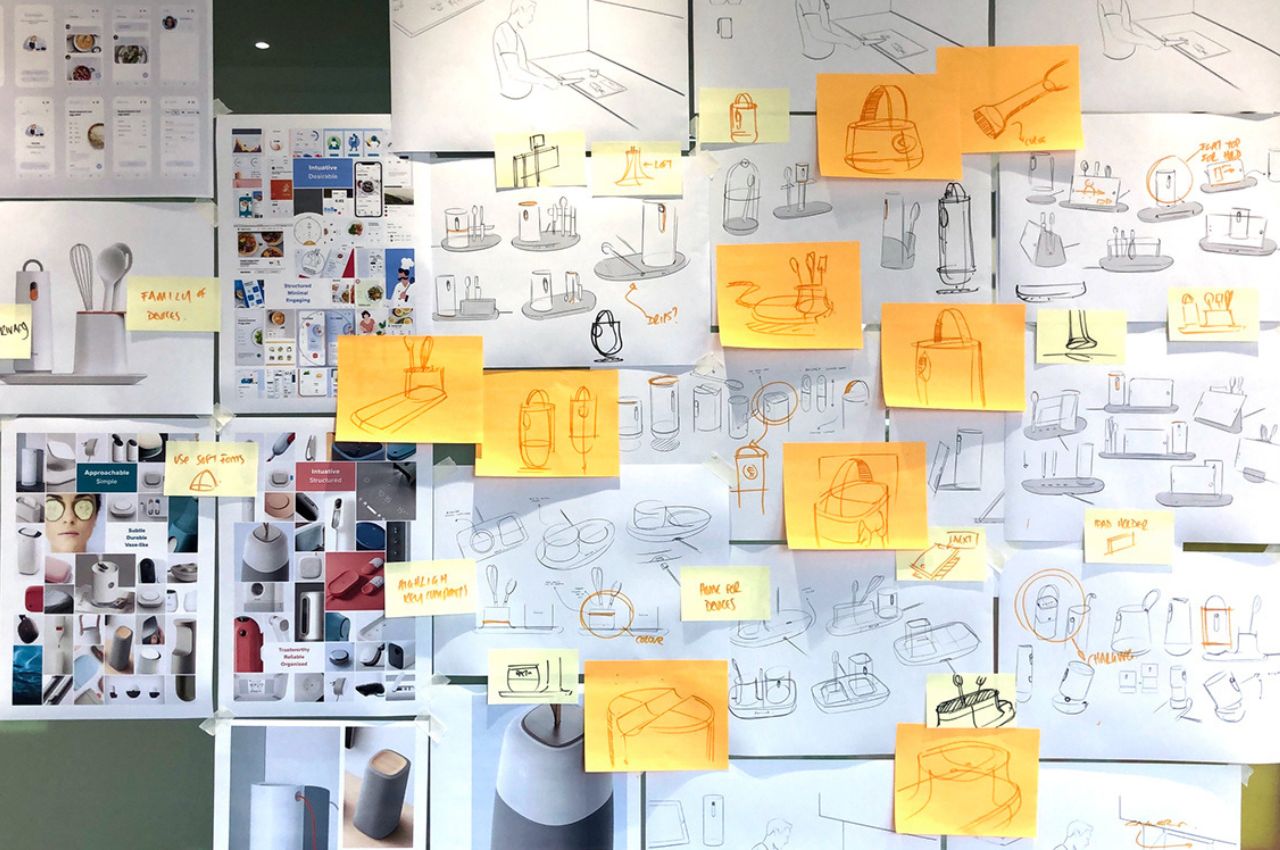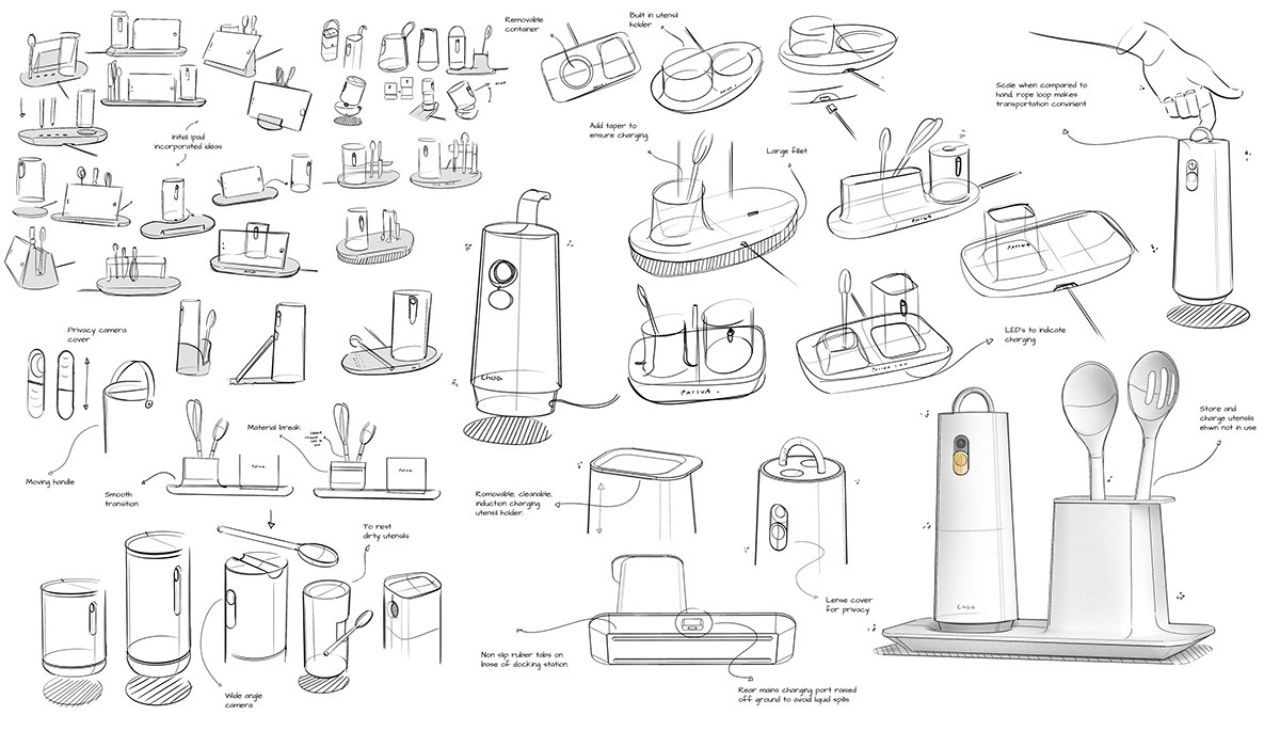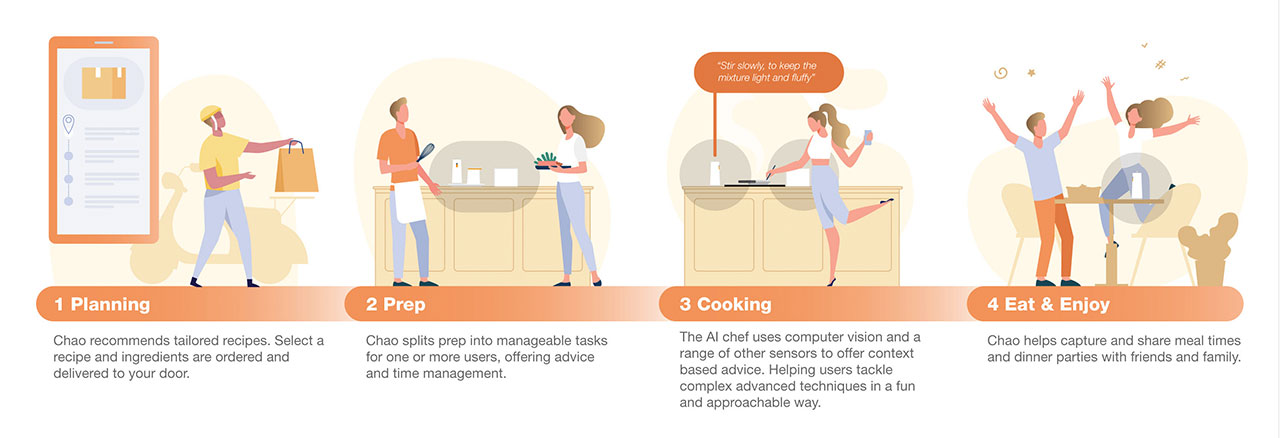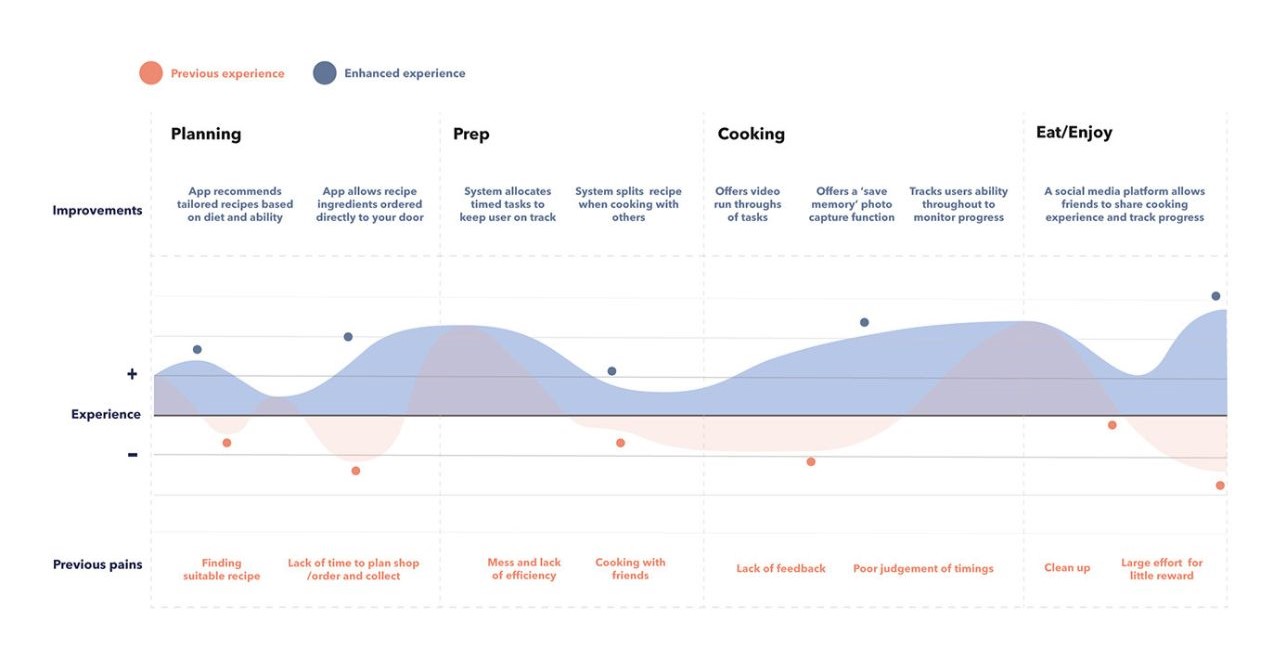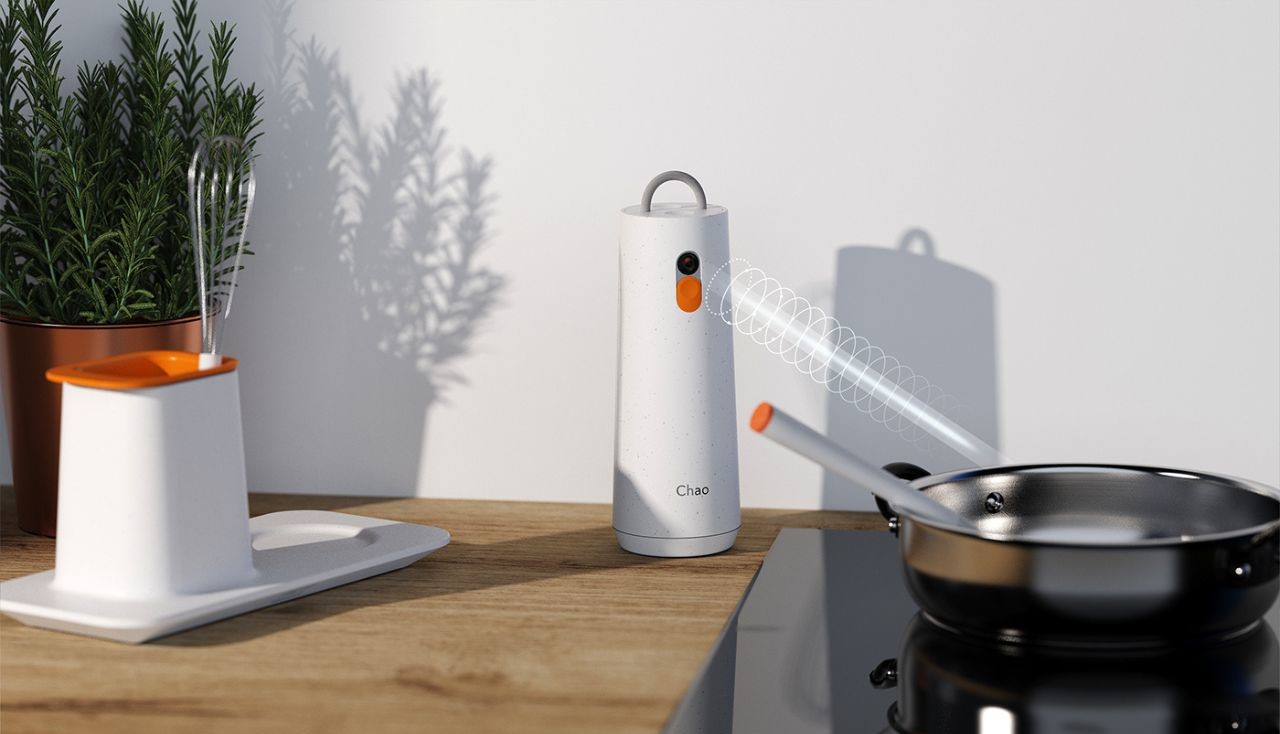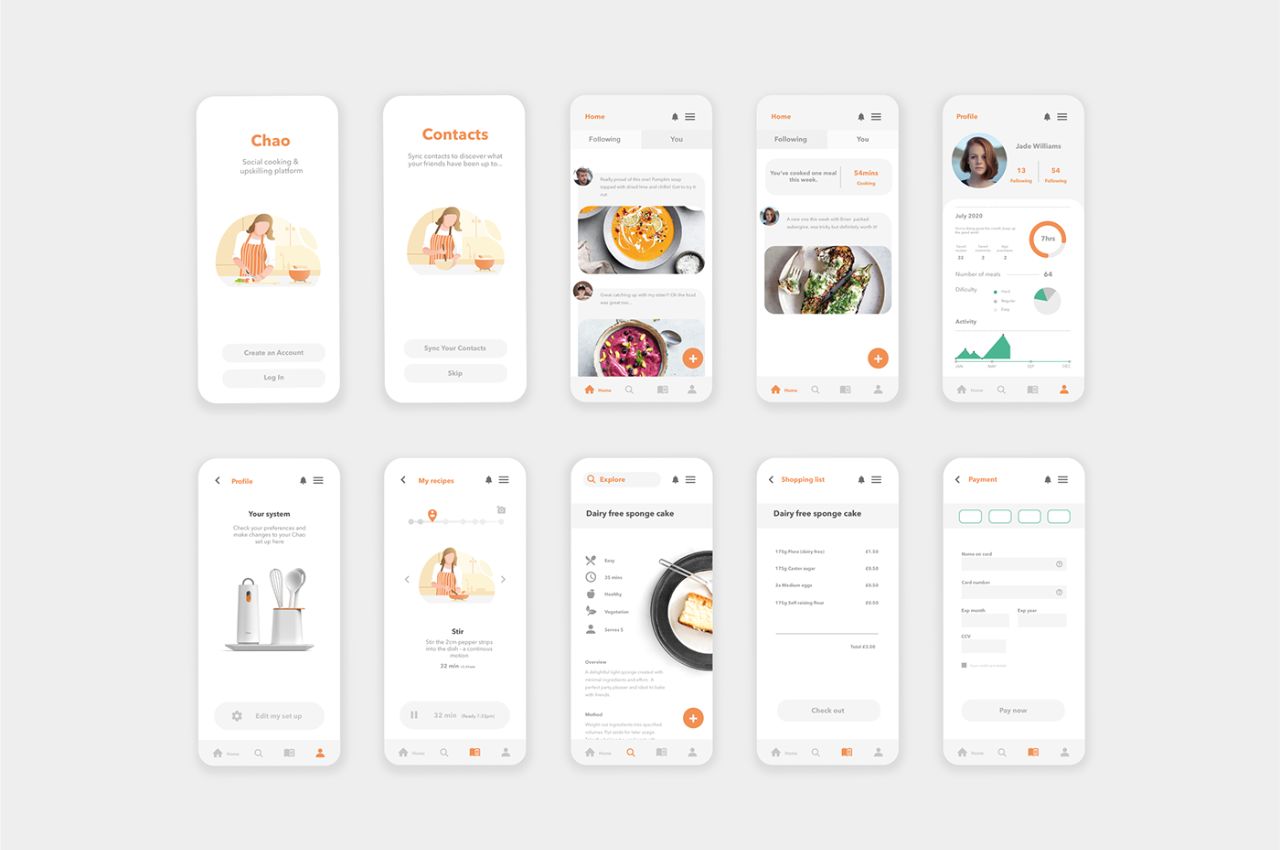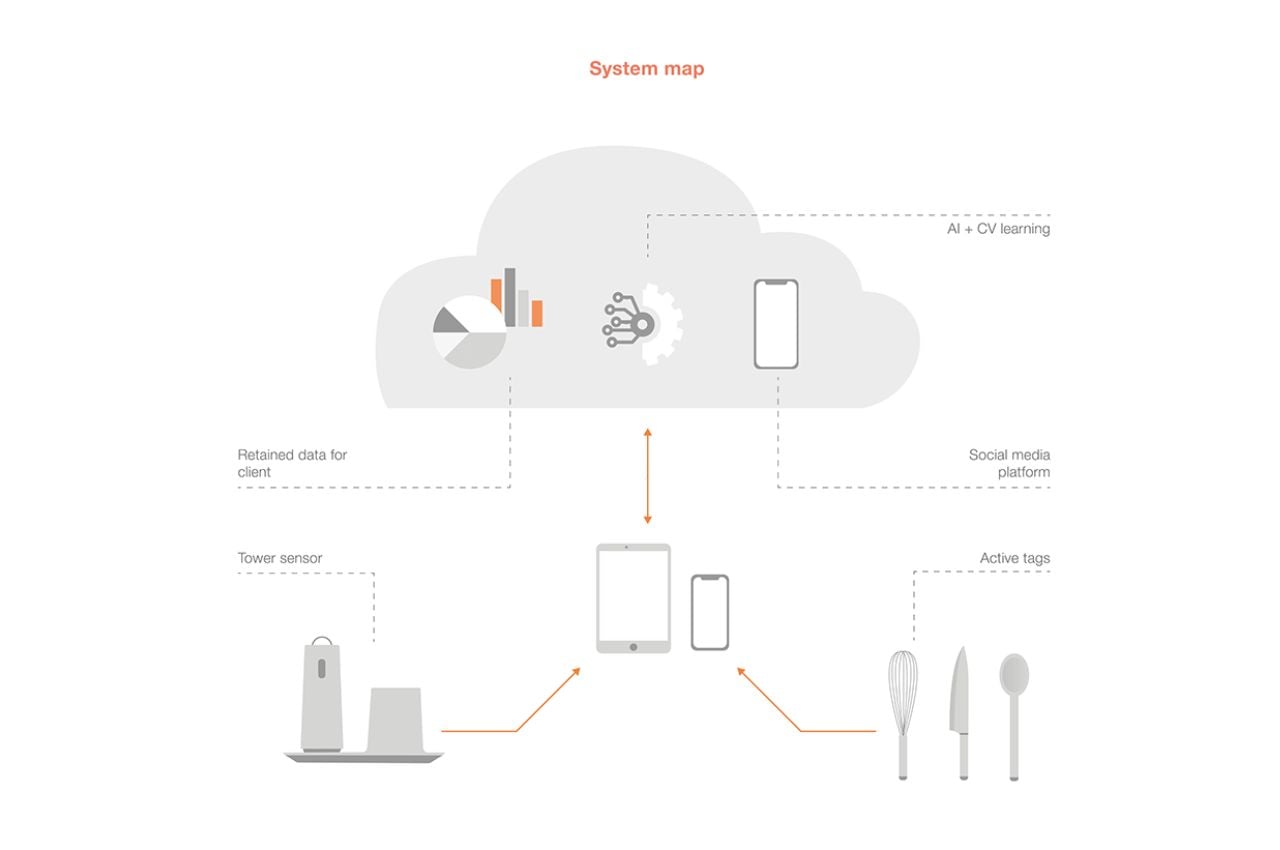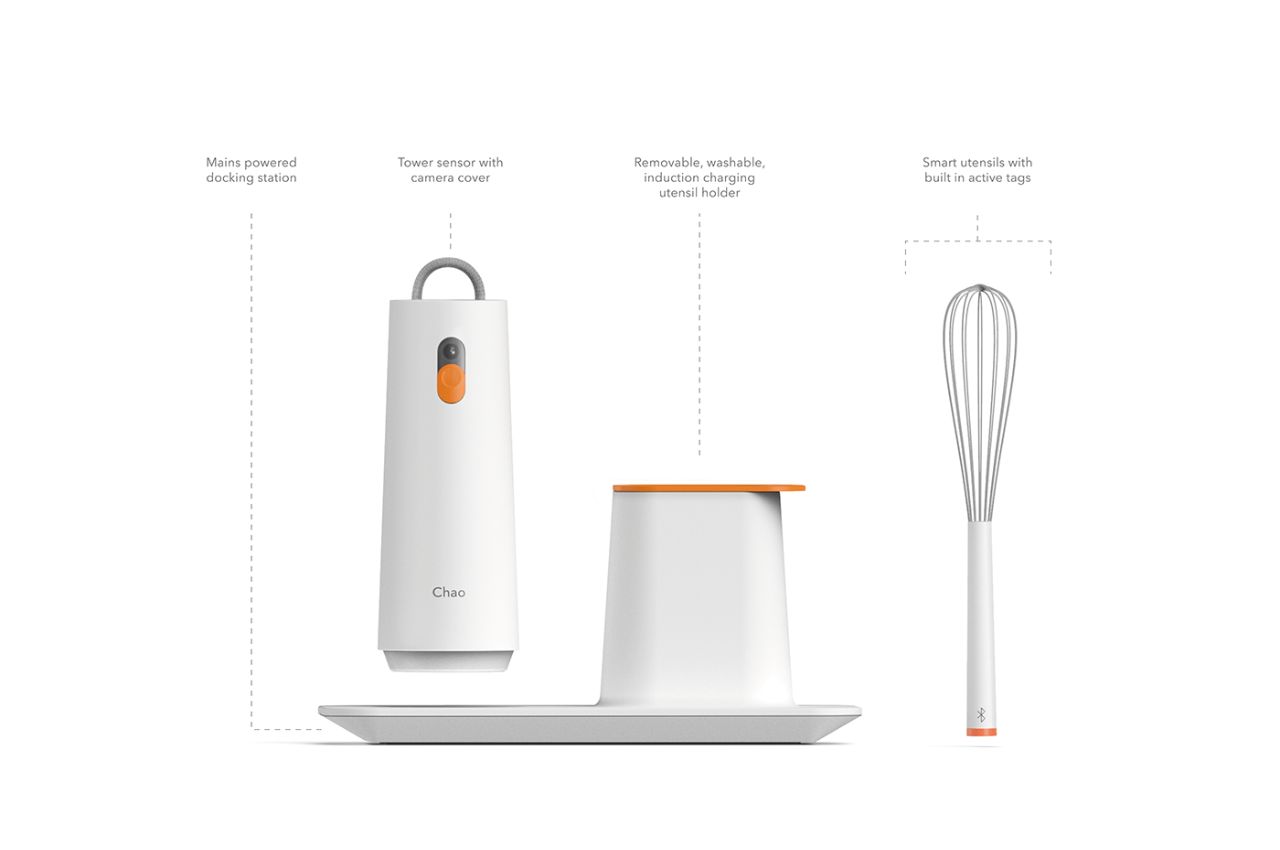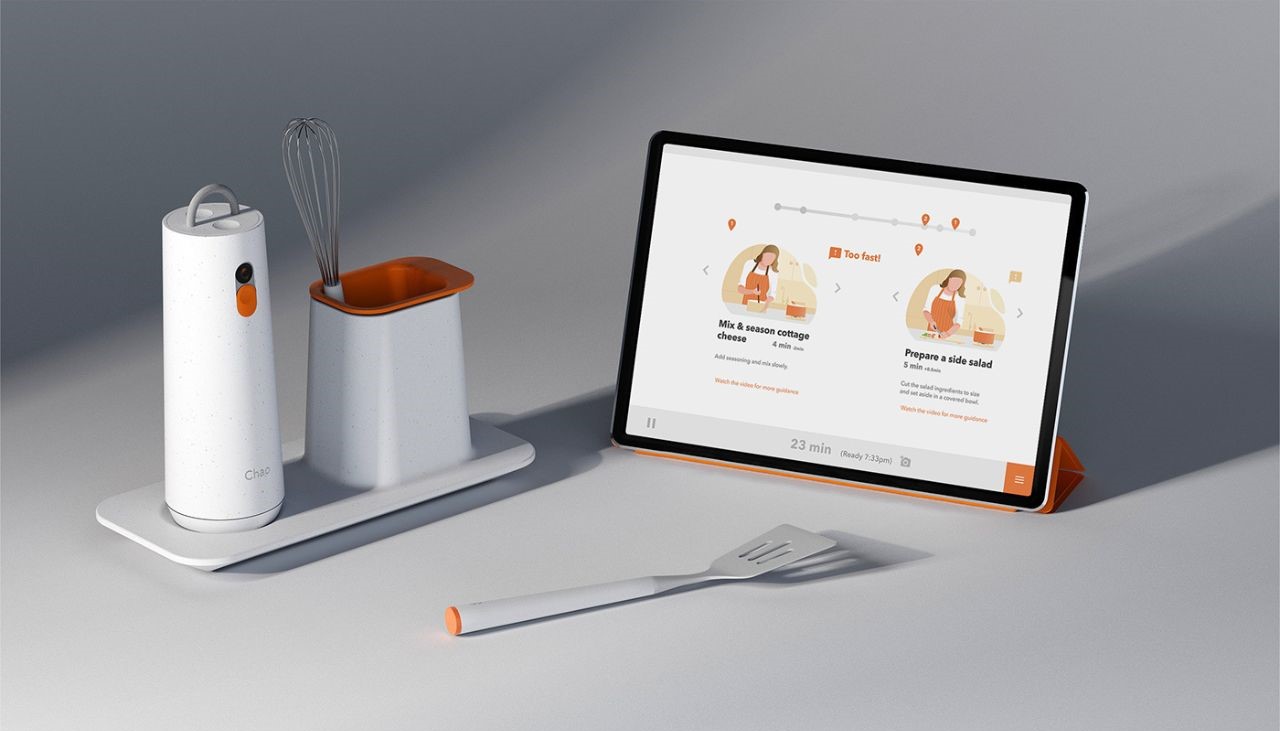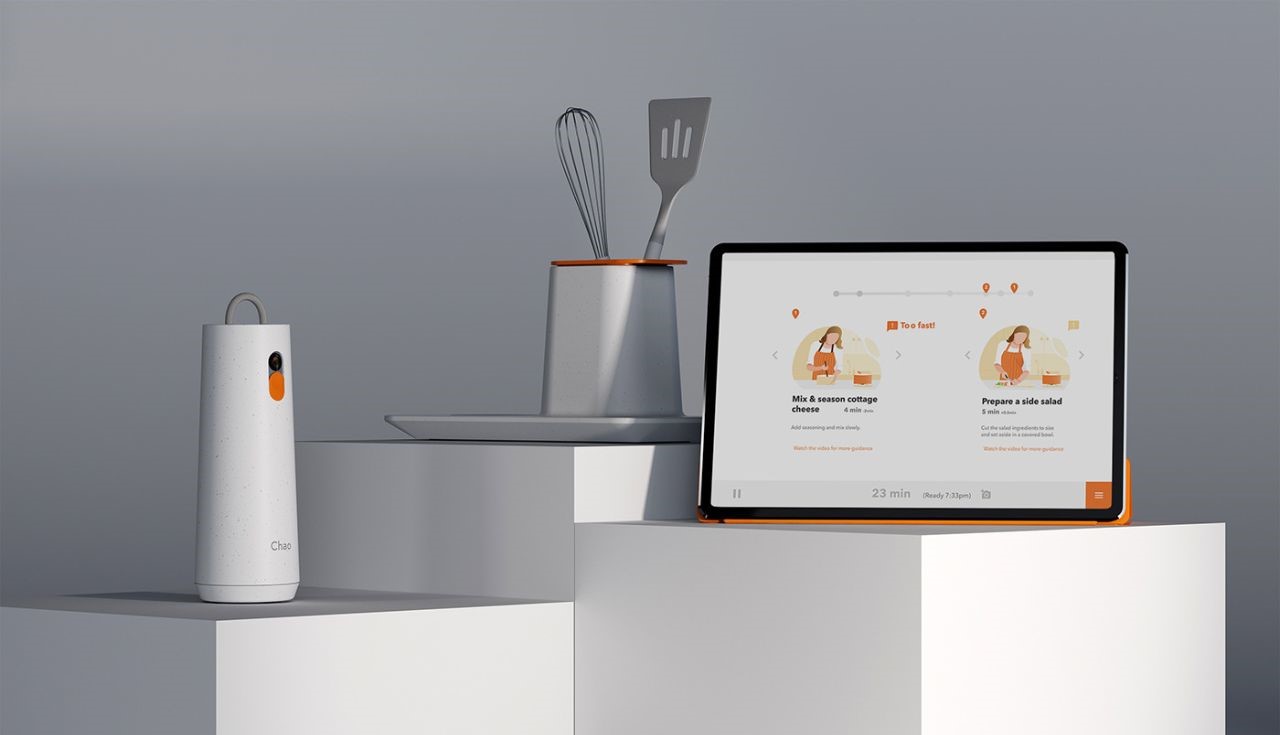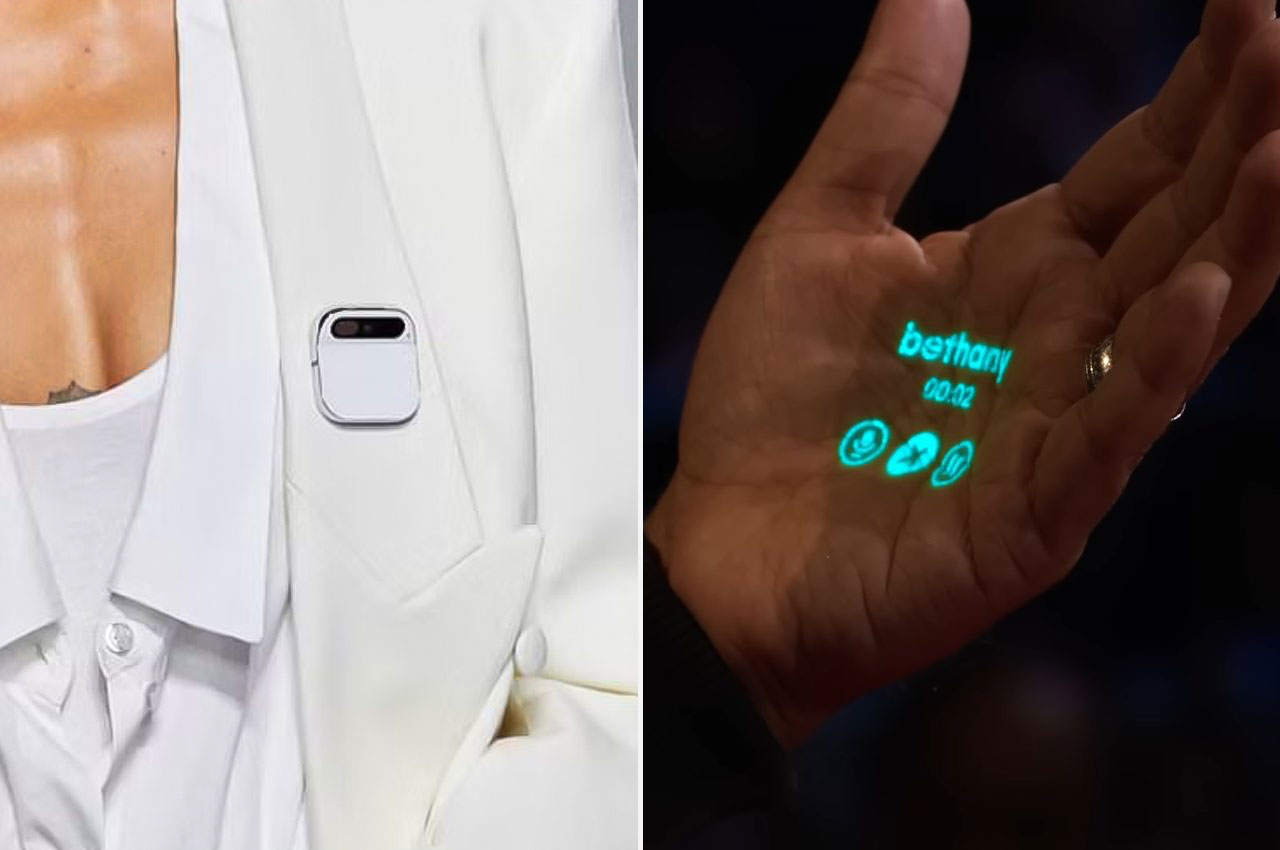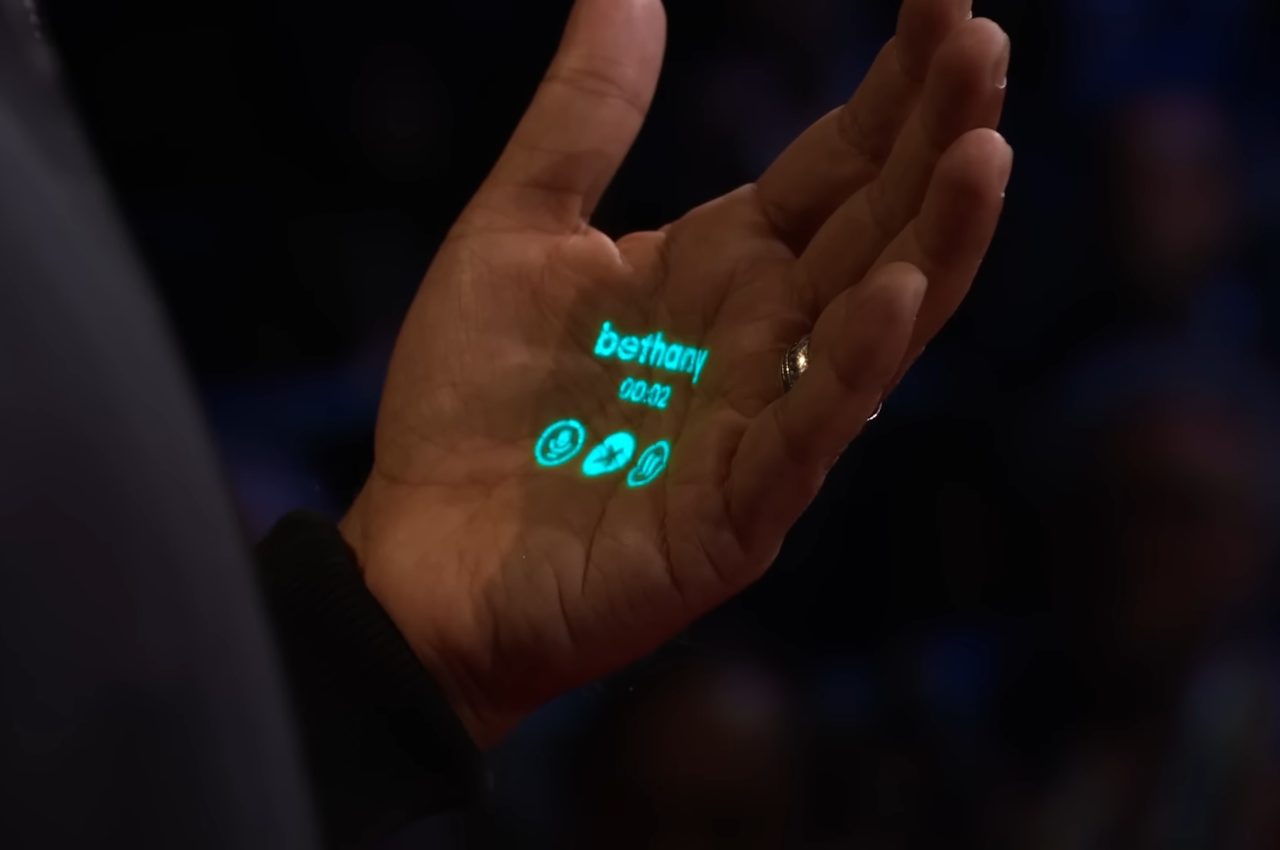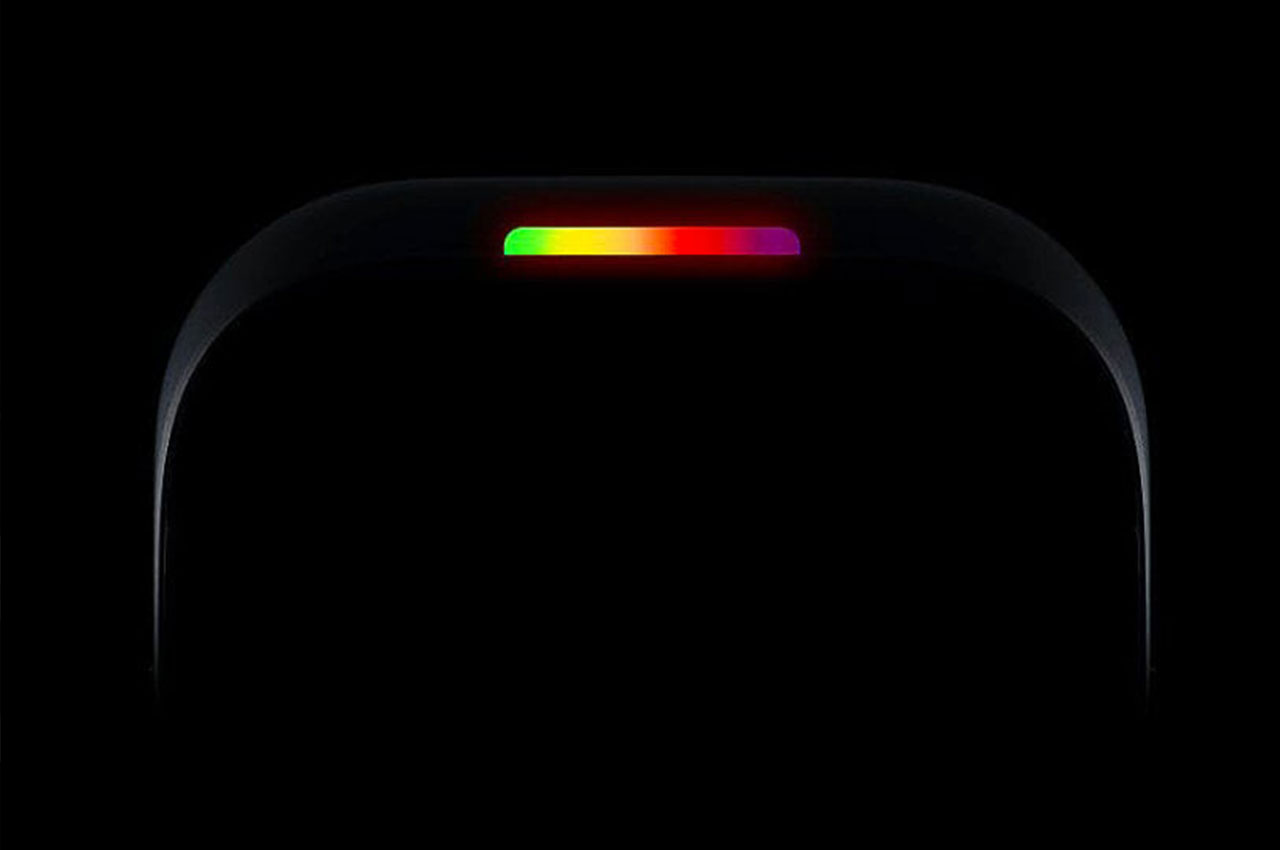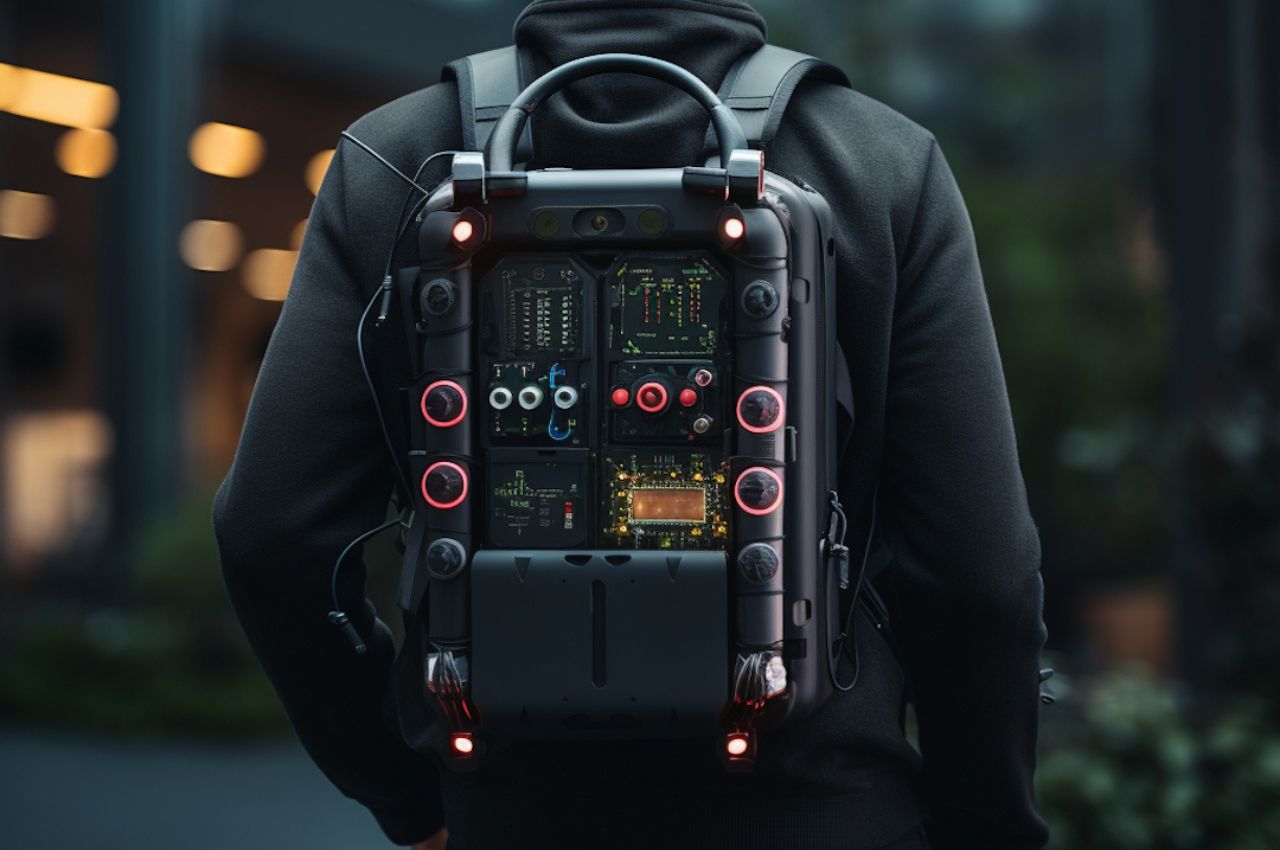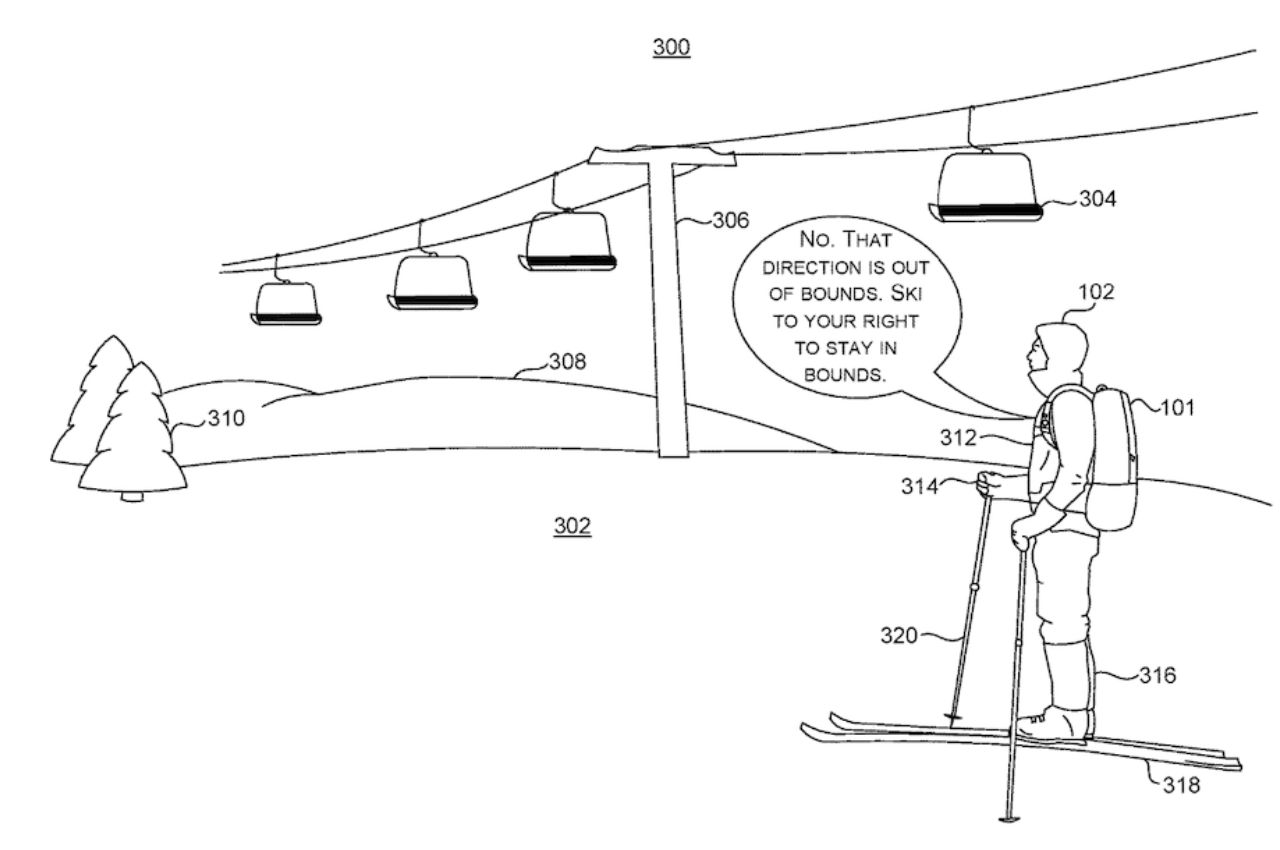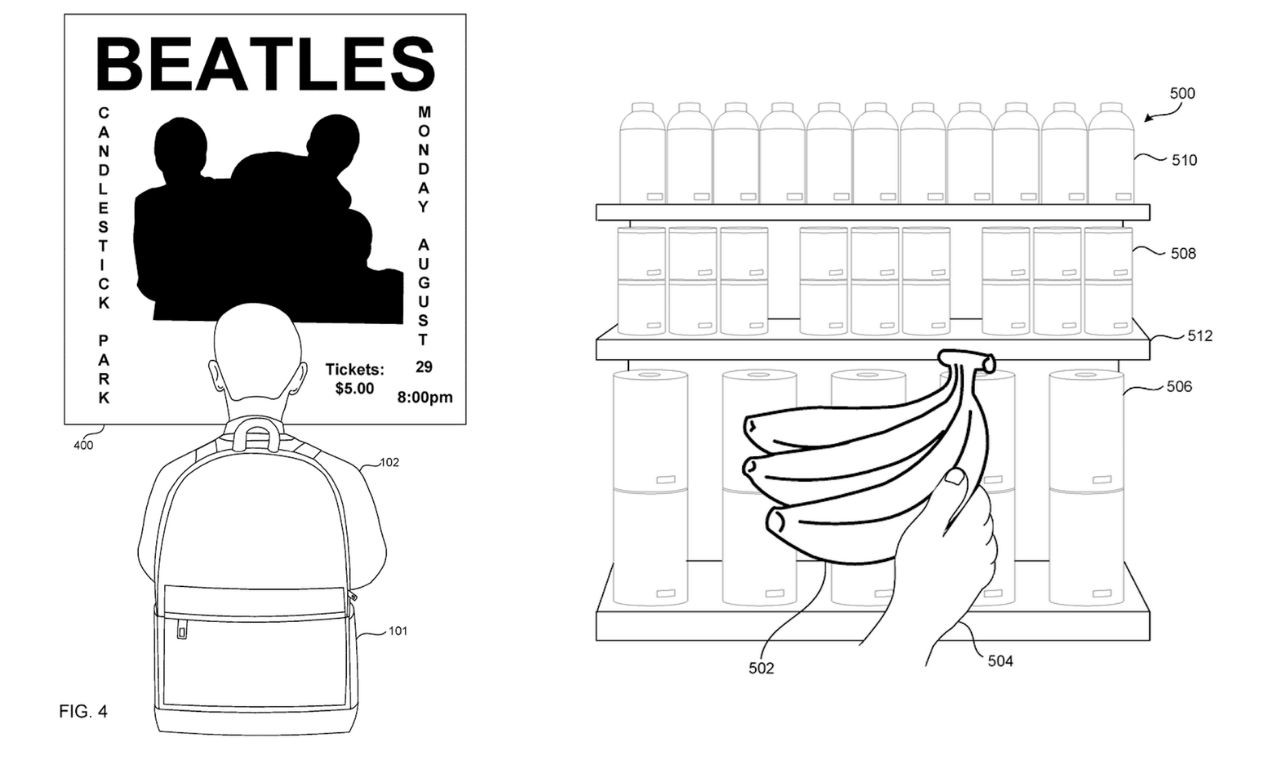![]()
Google has unveiled the Pixel 9 Pro Fold, a device that combines the functionality of a high-performance smartphone with the expansive capabilities of a tablet. This new addition to the Pixel family sets a new standard for versatility in mobile devices.
Designer: Google
Pixel 9 Pro Fold: 8-inch (204 mm) Super Actua Flex display (LTPO) and 2076 x 2152 OLED at 373 PPI
The Pixel 9 Pro Fold features a sleek design and innovative technology. When folded, it mirrors the size and thickness of the Pixel 9 Pro, making it both compact and portable. Its dimensions are impressive: when folded, it measures 6.1 inches in height, 3 inches in width, and 0.4 inches (10.16 mm) in thickness. Unfolding the device reveals an 8-inch Super Actua Flex display, the largest on any foldable phone, with a resolution of 2076 x 2152 pixels at 373 PPI. This stunning display is 80% brighter than the previous generation, reaching up to 1,600 nits in HDR mode and up to 2,700 nits in peak brightness, making it ideal for everything from entertainment to productivity.
![]()
The Pixel 9 Pro Fold’s design is built for durability and elegance. It features a luxurious metal frame with seamless rounded corners and is protected by scratch-resistant Gorilla Glass Victus 2. This construction ensures the device can withstand everyday wear and tear while maintaining a sophisticated appearance. The hinge is crafted from multi-alloy steel with an aerospace-grade high-strength aluminum alloy cover, providing structural integrity and a smooth folding experience.
![]()
Underneath its polished exterior, the Pixel 9 Pro Fold is powered by Google’s Tensor G4 chip, a fourth-generation processor designed in collaboration with Google DeepMind. This chip optimizes the device for AI-driven tasks, enhancing everyday activities such as web browsing, streaming, photography, and videography with minimal battery impact. The device is equipped with 16 GB of RAM, providing ample memory for smooth multitasking and seamless performance, especially when handling the complex demands of foldable technology.
![]()
The Pixel 9 Pro Fold’s camera system is equally impressive. It features a triple rear camera setup with a 48 MP wide lens, a 10.5 MP ultrawide lens with Macro Focus, and a 10.8 MP telephoto lens with 5x optical zoom and up to 20x Super Res Zoom. This setup allows users to capture stunning images and videos with incredible detail and clarity, regardless of the setting.
Triple rear camera with a 48 MP wide lens, 10.5 MP ultrawide lens with Macro Focus, and a 10.8 MP telephoto lens with 5x optical zoom and up to 20x Super Res Zoom
Battery performance is robust. With a typical capacity of 4,650 mAh, the device offers more than 24 hours of usage and up to 72 hours with Extreme Battery Saver mode. The device supports fast charging via a 45W USB-C charger and wireless charging. To ensure optimal performance, Google has introduced a new vapor chamber cooling system in the Pixel 9 Pro Fold, maintaining peak performance even during intensive use.
Moreover, the Pixel 9 Pro Fold is the first in the Android lineup to feature Satellite SOS, enabling users to contact emergency services and share their location even when cellular service is unavailable. Initially available in the U.S., this feature provides peace of mind for those venturing into remote areas.
Pre-orders for the Pixel 9 Pro Fold are now open. Prices start at $1,799 or $49.97 per month, with 36-month financing before trade-in. Customers can choose from Porcelain and Obsidian colors and choose between 256 GB and 512 GB storage options. The unlocked version works with any major carrier, providing flexibility for users who want to switch networks. As a special offer, Google is providing $500 back on the device and $350 in Google Store credit for purchases made by Sept. 7.
Comparing the Pixel 9 Pro Fold to its predecessor reveals several enhancements that make it a worthy upgrade. In terms of design and build, the Pixel 9 Pro Fold is more compact and portable, with a weight of 9.1 ounces (approximately 258 grams), making it lighter than the previous model. Its luxurious metal frame, seamless rounded corners, and scratch-resistant Gorilla Glass Victus 2 provide enhanced durability. The hinge is crafted from multi-alloy steel with an aerospace-grade aluminum cover, offering better structural integrity and smoother folding mechanics than the previous Pixel Fold.
The display of the Pixel 9 Pro Fold is a significant improvement over its predecessor. The Pixel 9 Pro Fold features an 8-inch Super Actua Flex display with a resolution of 2076 x 2152 pixels at 373 PPI, which is 80% brighter than the previous generation, reaching up to 1,600 nits in HDR mode and 2,700 nits peak brightness. The external cover display is a 6.3-inch Actua display with a resolution of 1080 x 2424 pixels and a peak brightness of 2,700 nits. In contrast, the previous Pixel Fold had a smaller 7.6-inch main display with a resolution of 2208 x 1768 pixels at 370 PPI, reaching lower brightness levels and making it less visible in bright conditions. The cover display on the older model was also smaller, at 5.8 inches, with a resolution of 2092 x 1080 pixels.
Pixel Fold
Performance and features have also seen a boost with the Pixel 9 Pro Fold. It is powered by the Google Tensor G4 chip and equipped with 16 GB of RAM, which allows for better multitasking and overall performance. The advanced triple rear camera system has improved sensors and zoom capabilities, setting it apart from the previous Pixel Fold’s camera system, which had fewer features and lower resolution sensors.
Powered by the G4 powerful chip and 16 GB of RAM
The Pixel 9 Pro Fold offers battery and durability improvements. It offers a 4,650 mAh battery capacity with extended battery life, supporting over 24 hours of usage and up to 72 hours with Extreme Battery Saver. The device is twice as durable as its predecessor, featuring Gorilla Glass Victus 2 for better protection against damage. Additionally, the Pixel 9 Pro Fold introduces a new vapor chamber cooling system, which provides more advanced thermal management than the previous model.
When compared to the Samsung Galaxy Z Fold 6, the Pixel 9 Pro Fold holds its own with a folded thickness of 0.4 inches (10.16 mm) and an unfolded thickness of 0.2 inches (5.08 mm). This is thinner than the Samsung Galaxy Z Fold 6, which is typically about 0.51 inches (13 mm) thick when folded and 0.22 inches (5.6 mm) when unfolded. The previous generation Pixel Fold was 0.5 inches (12.7 mm) thick when folded and 0.24 inches (6.1 mm) thick when unfolded, making the Pixel 9 Pro Fold a notable advancement in slimness and portability. These refinements highlight Google’s focus on achieving a more elegant and user-friendly foldable device.
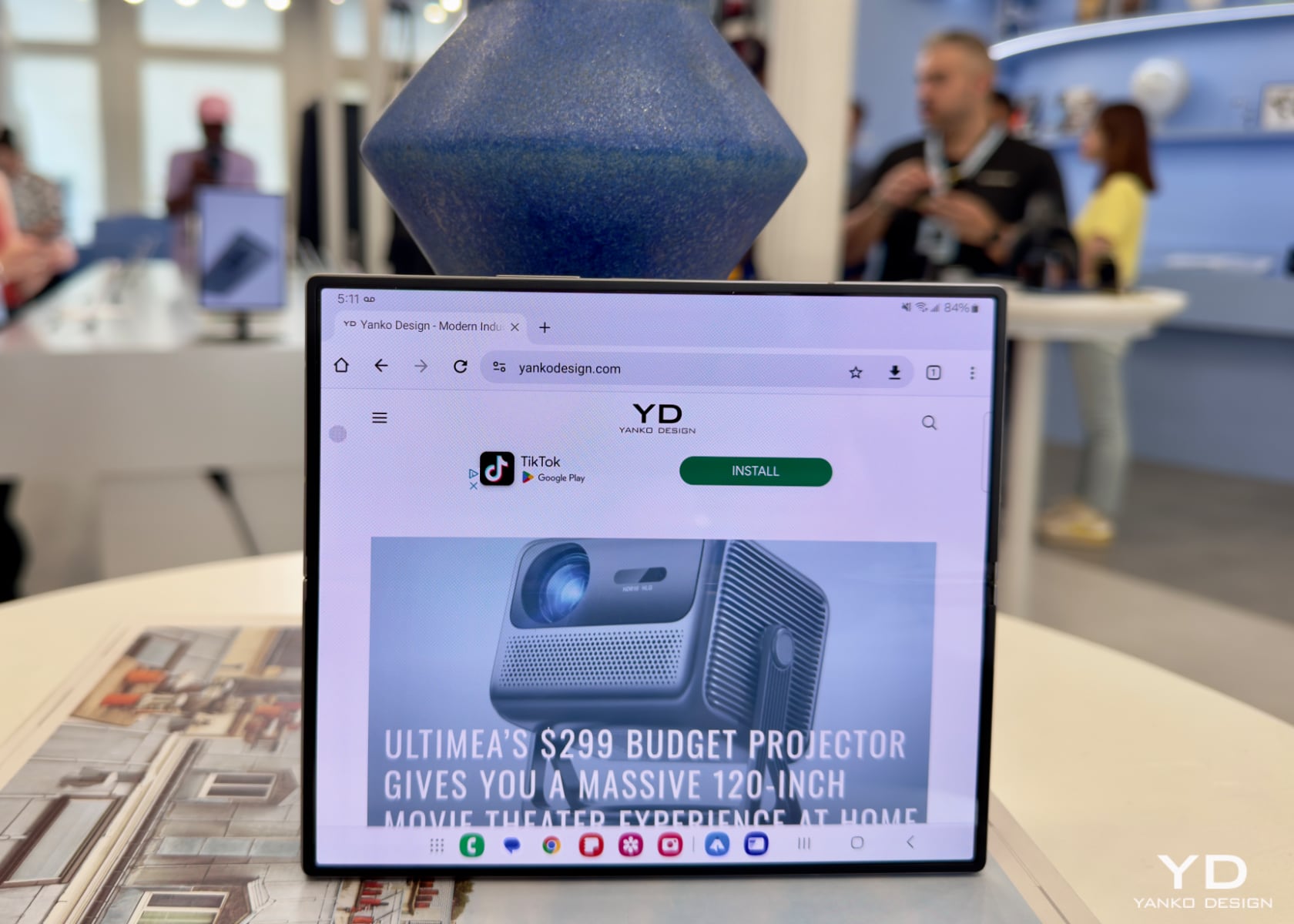
The Pixel 9 Pro Fold is a significant upgrade over the previous Pixel Fold, offering enhancements in almost every aspect of physical hardware. The improved design, brighter and larger display, enhanced performance with the Tensor G4 chip, superior camera system, and increased durability make it a compelling choice for users seeking a foldable phone that meets modern demands. With these upgrades, the Pixel 9 Pro Fold is a worthy successor, addressing many of the limitations of its predecessor while introducing new features and capabilities. For more details on availability and specifications, visit Google’s official website.
The post Google Pixel 9 Pro Fold: The Thinnest, Brighter, and More Powerful Foldable first appeared on Yanko Design.
